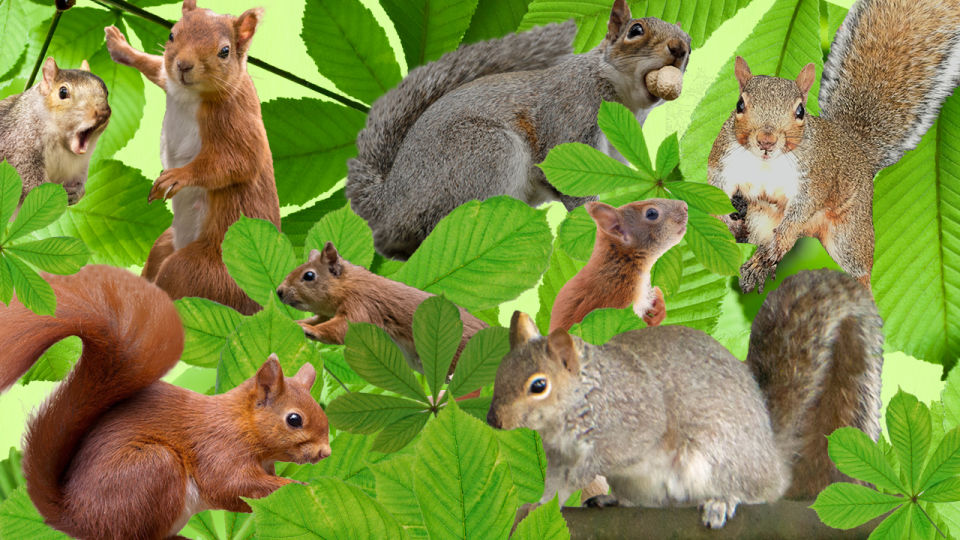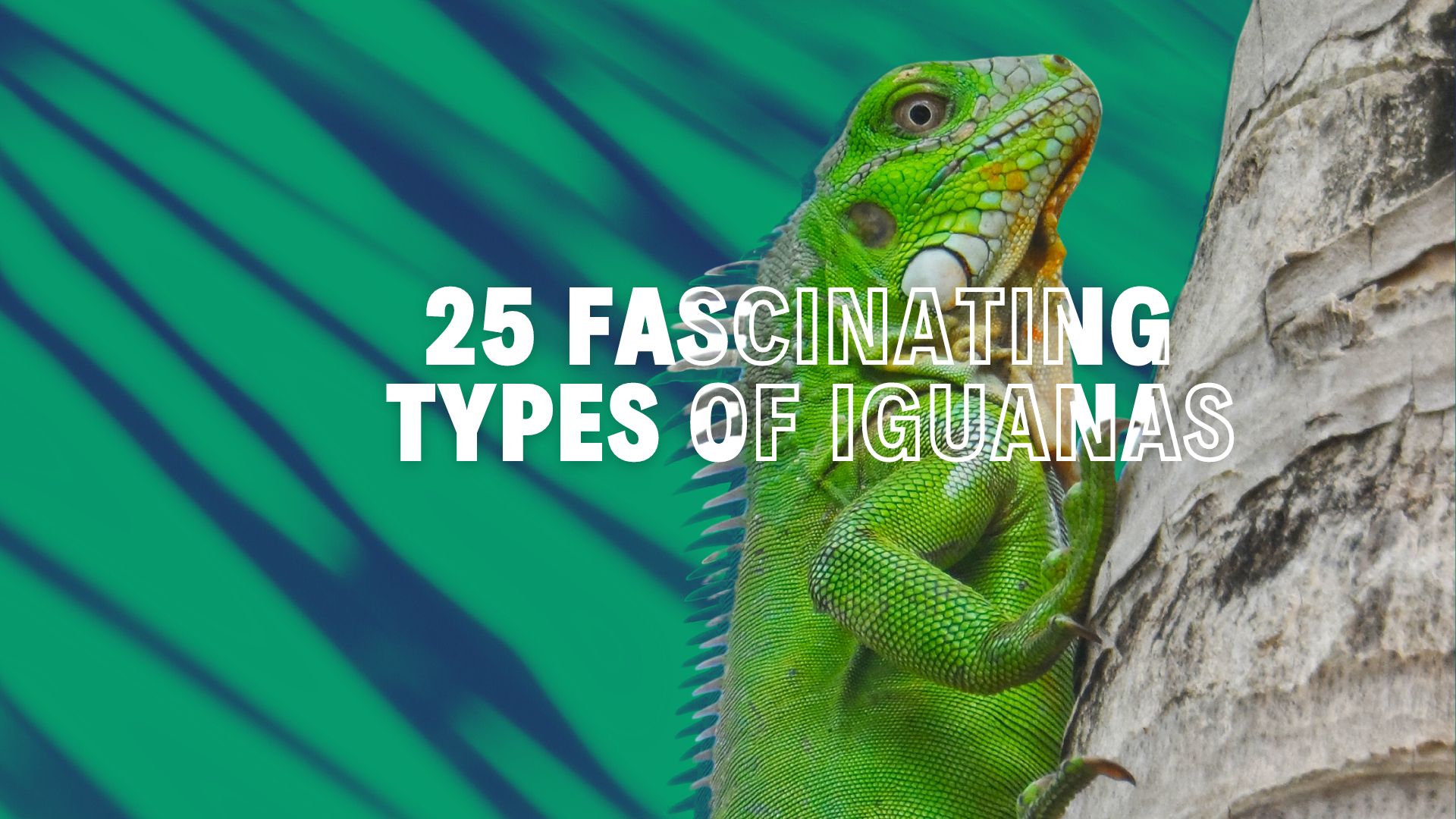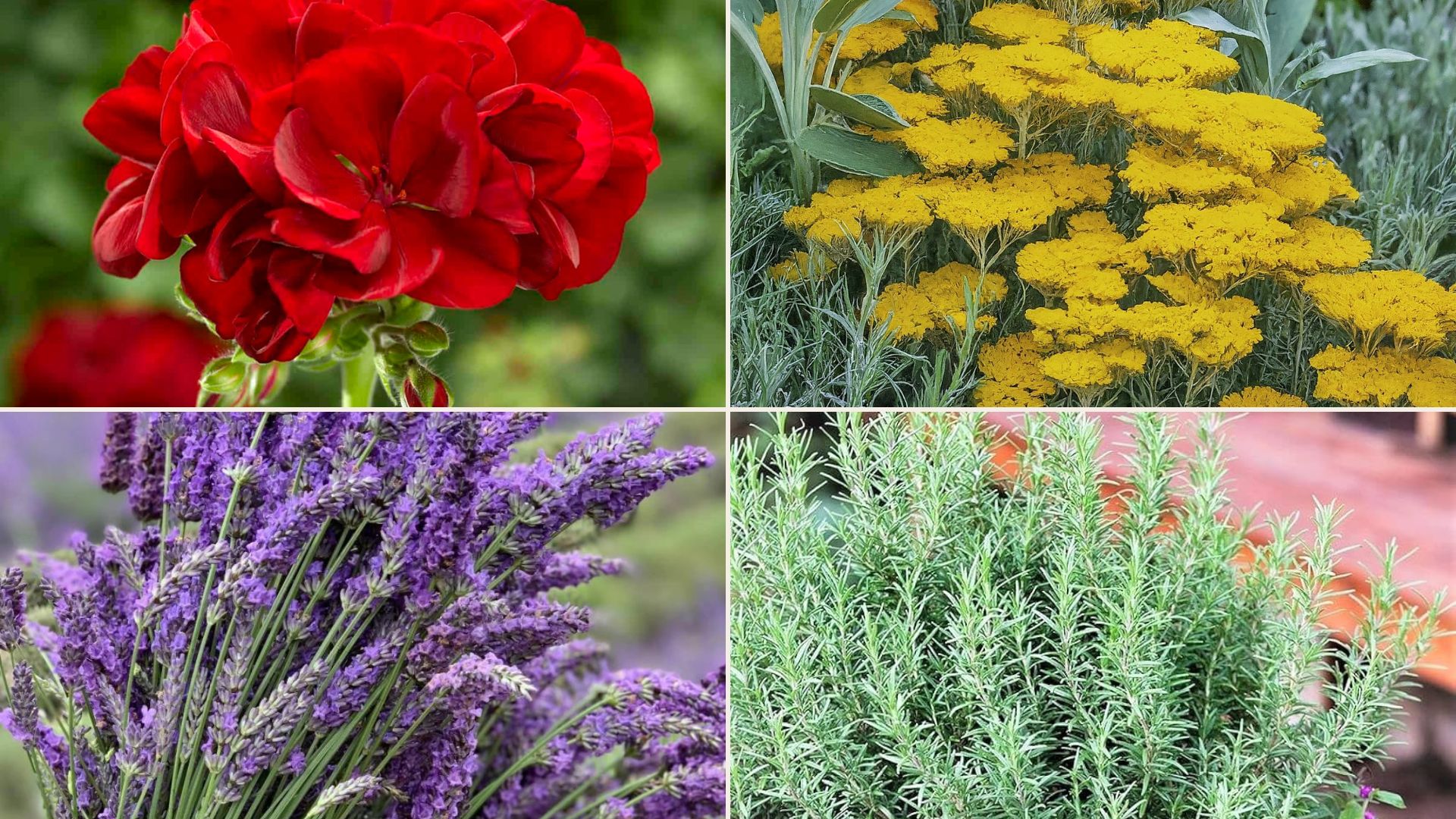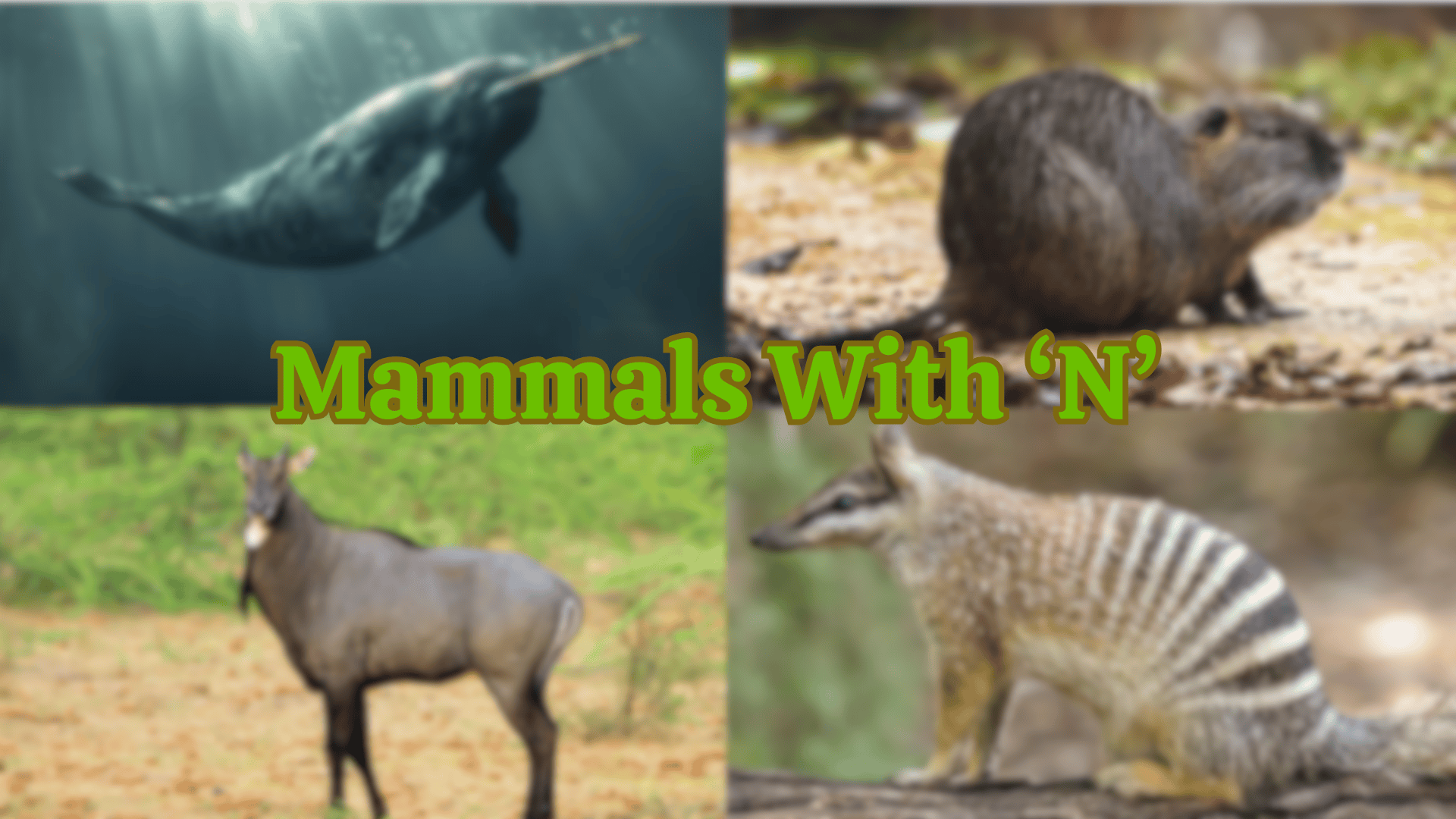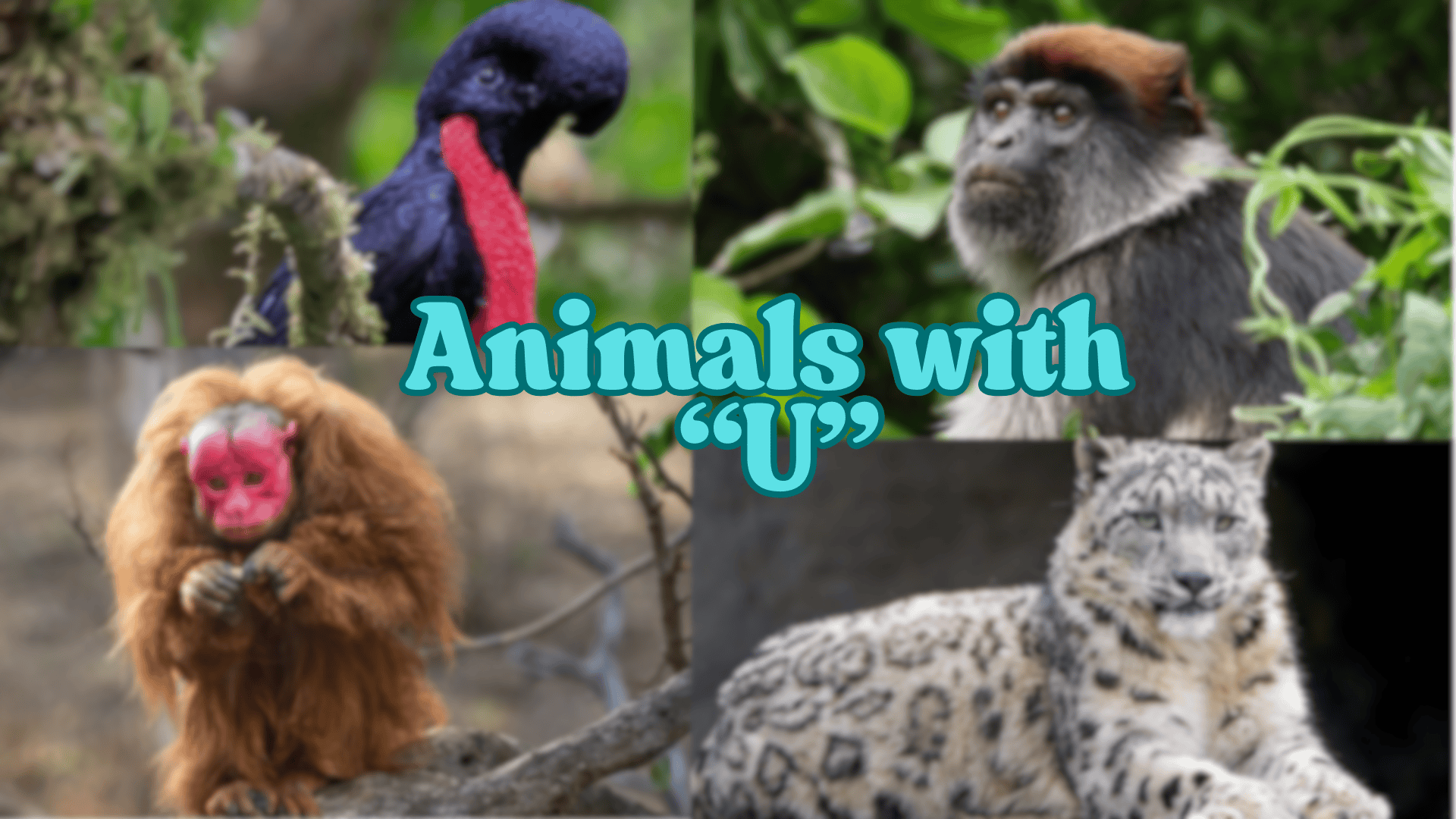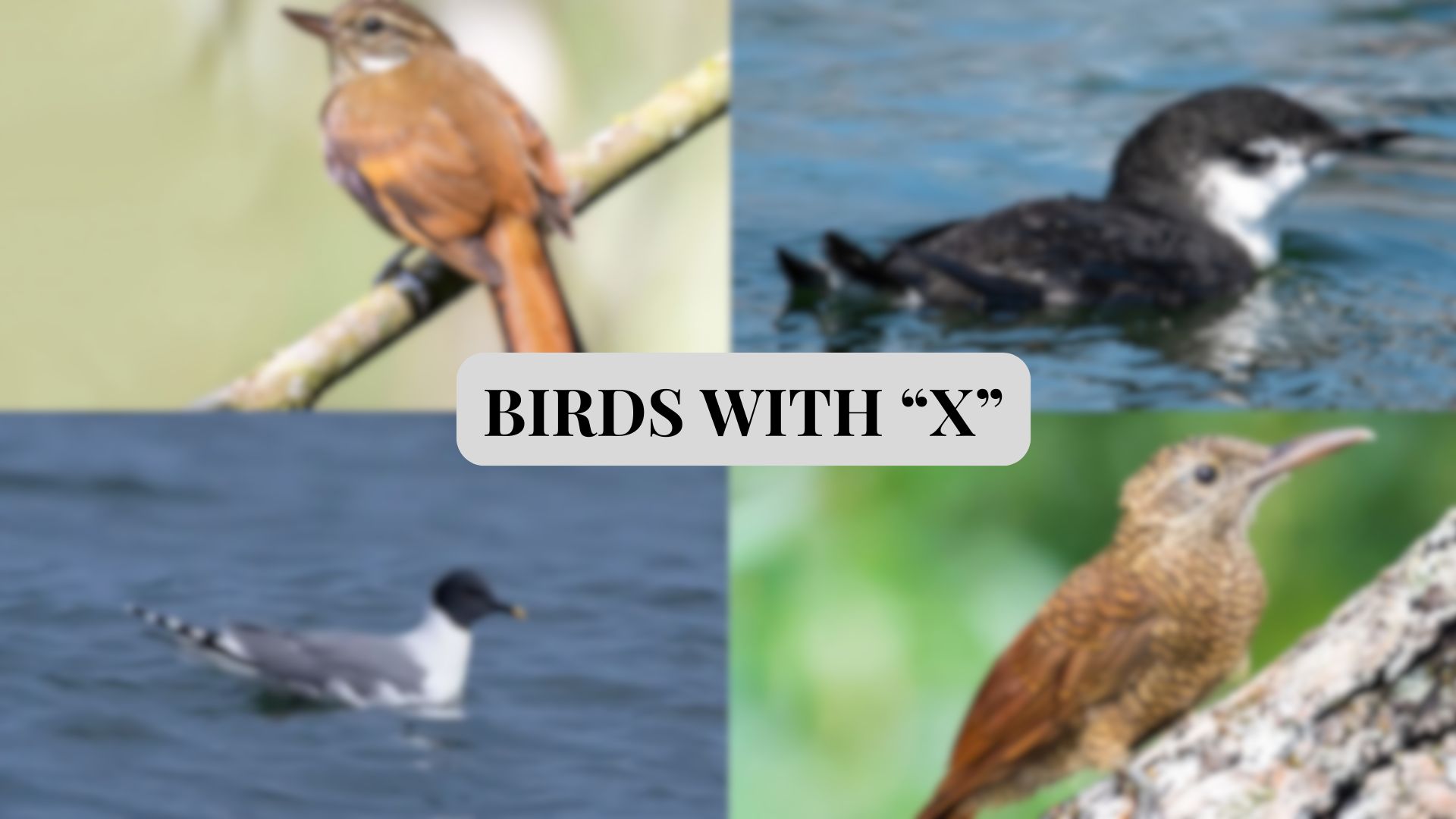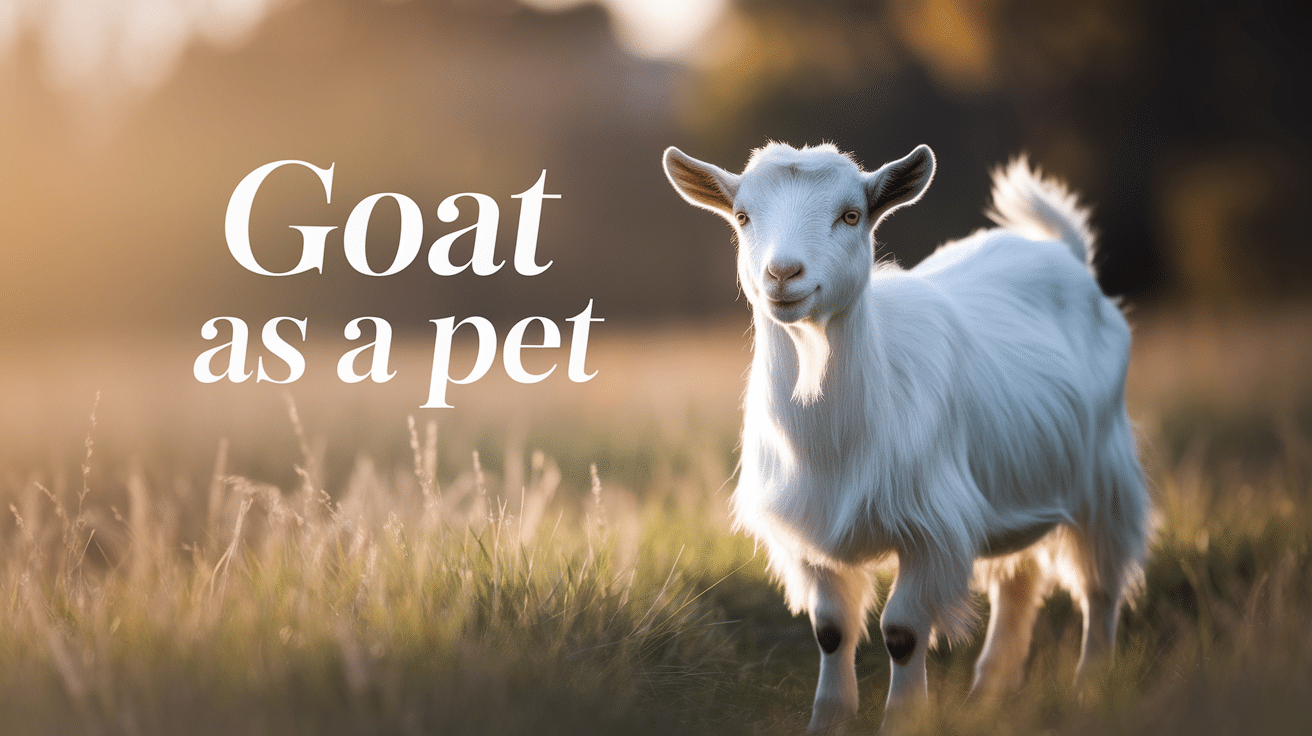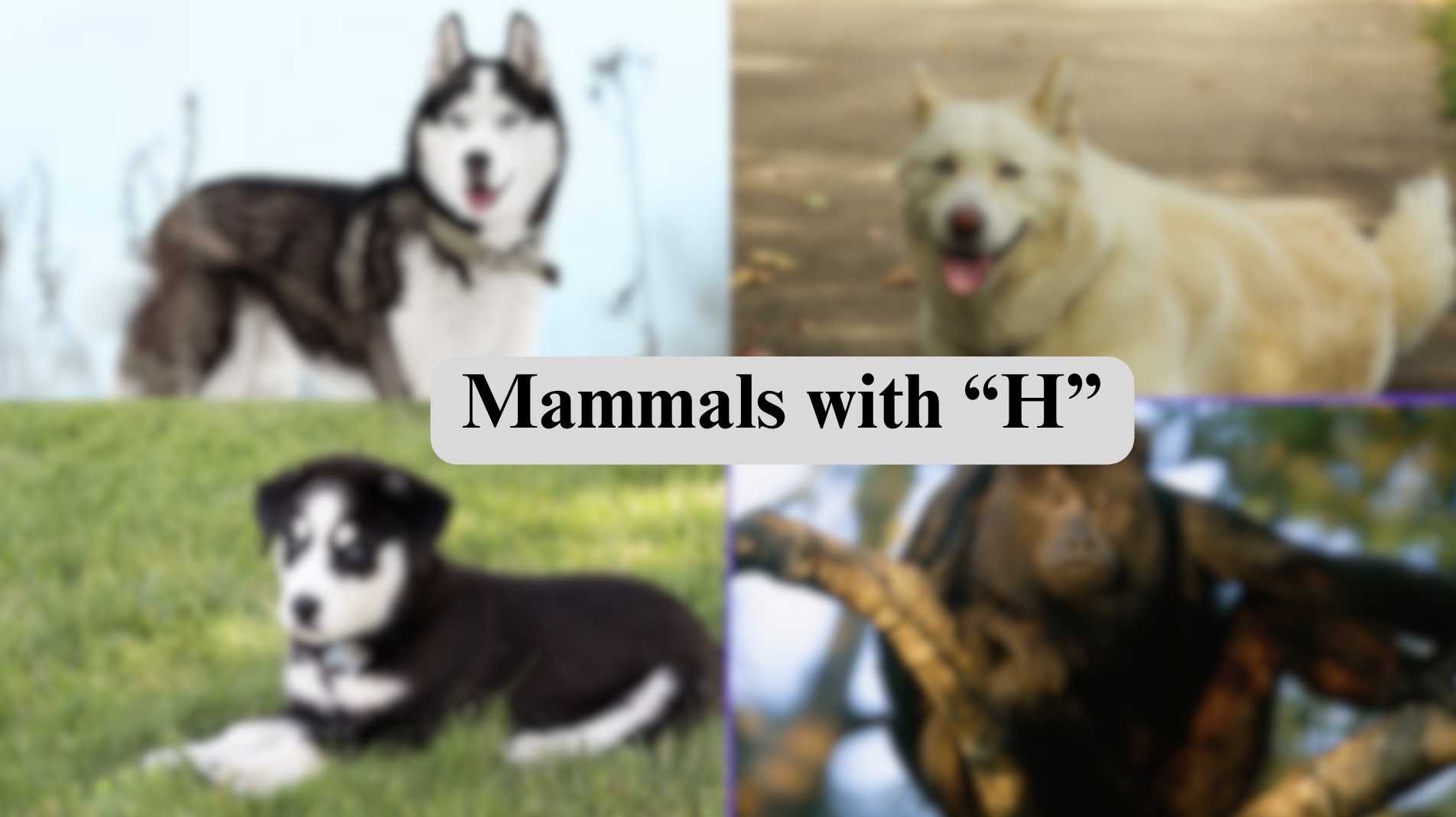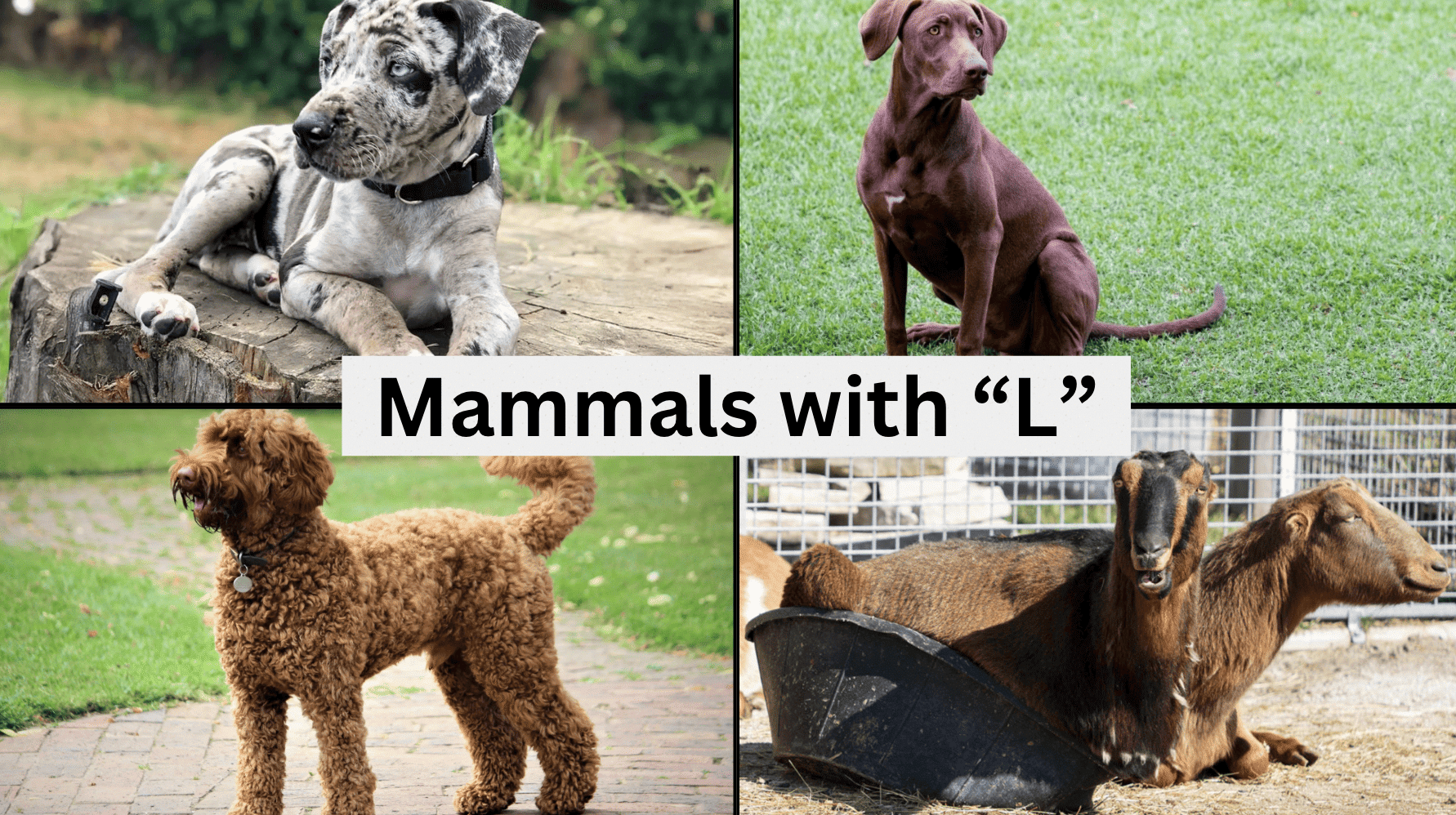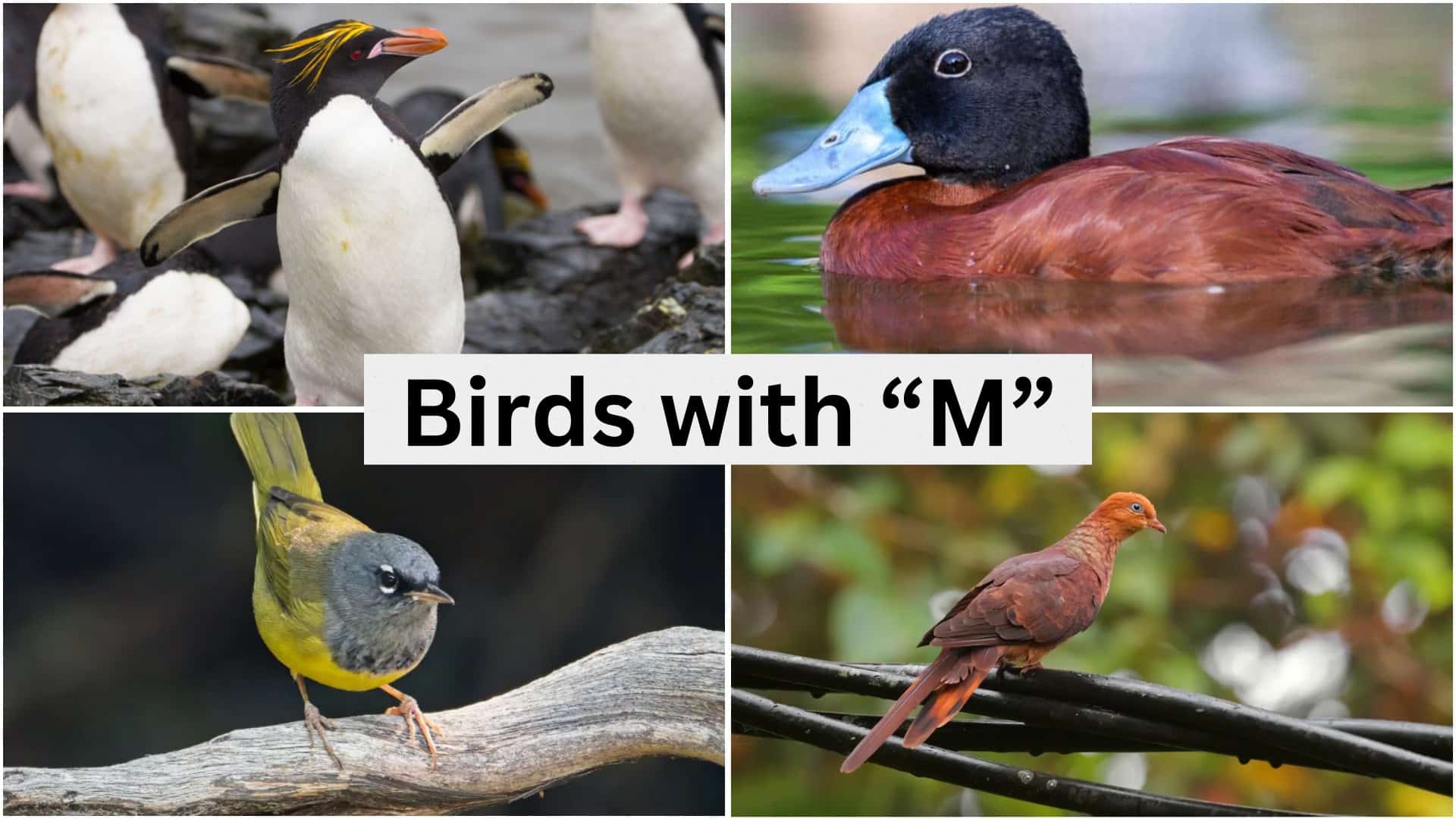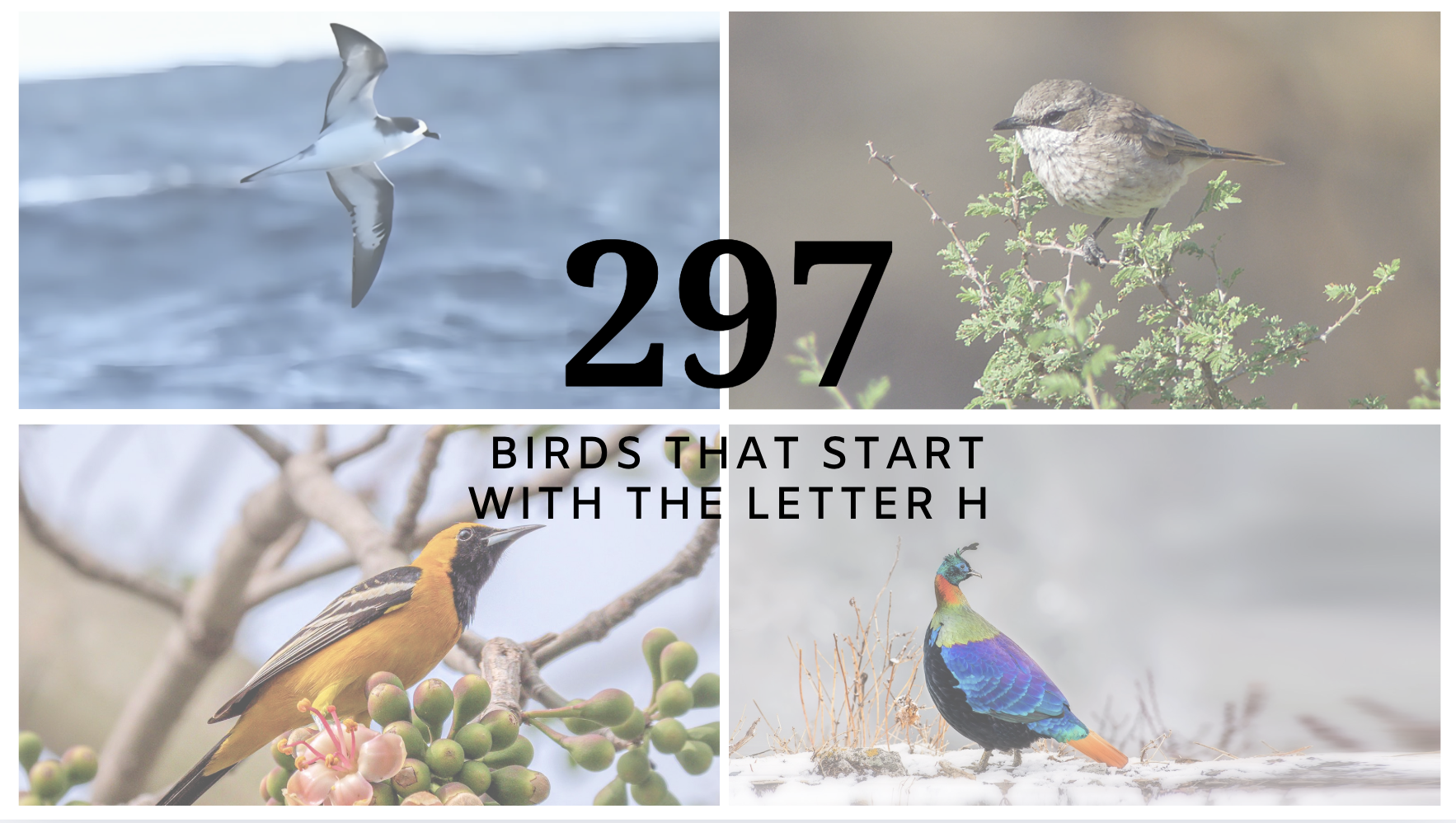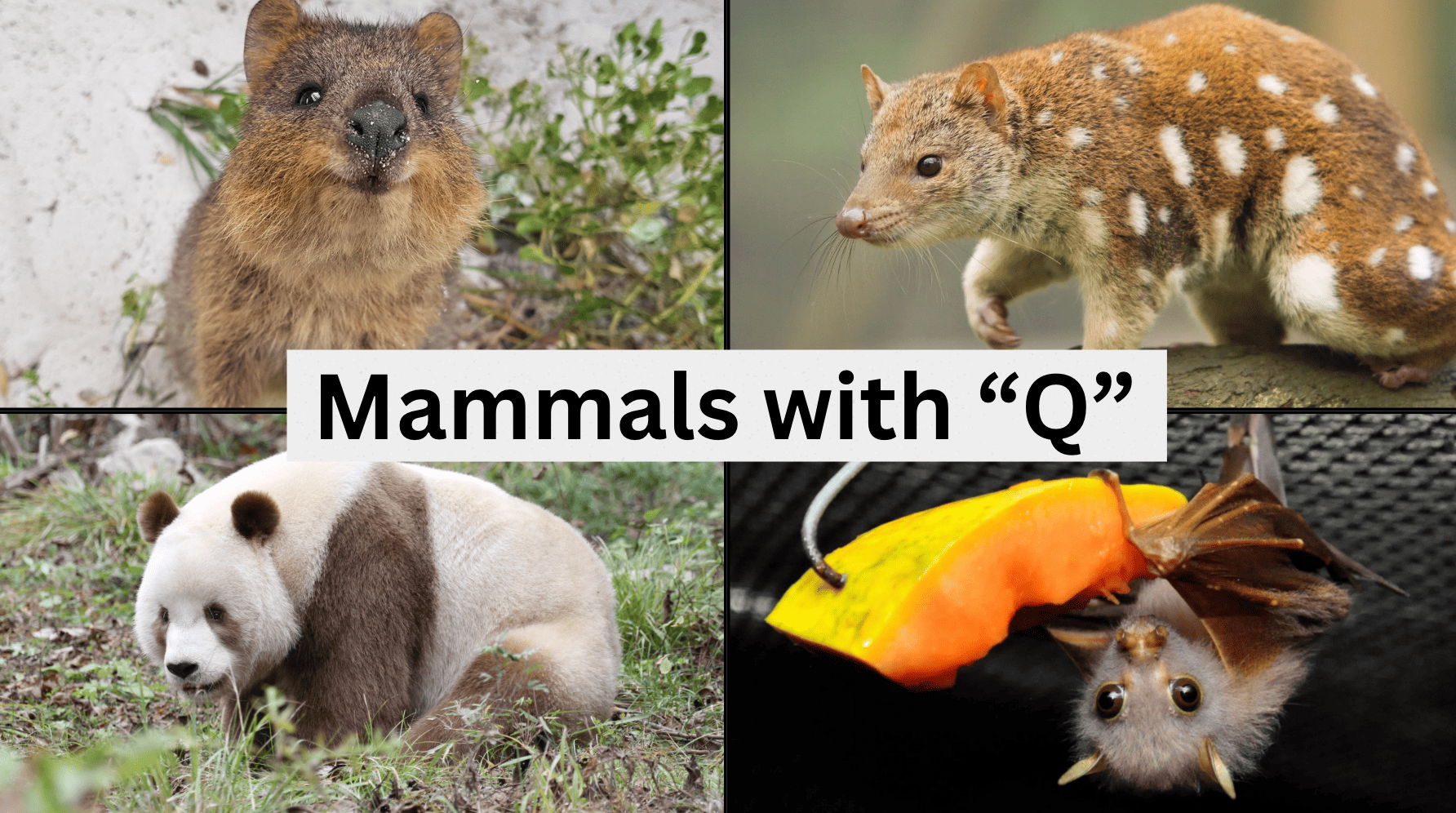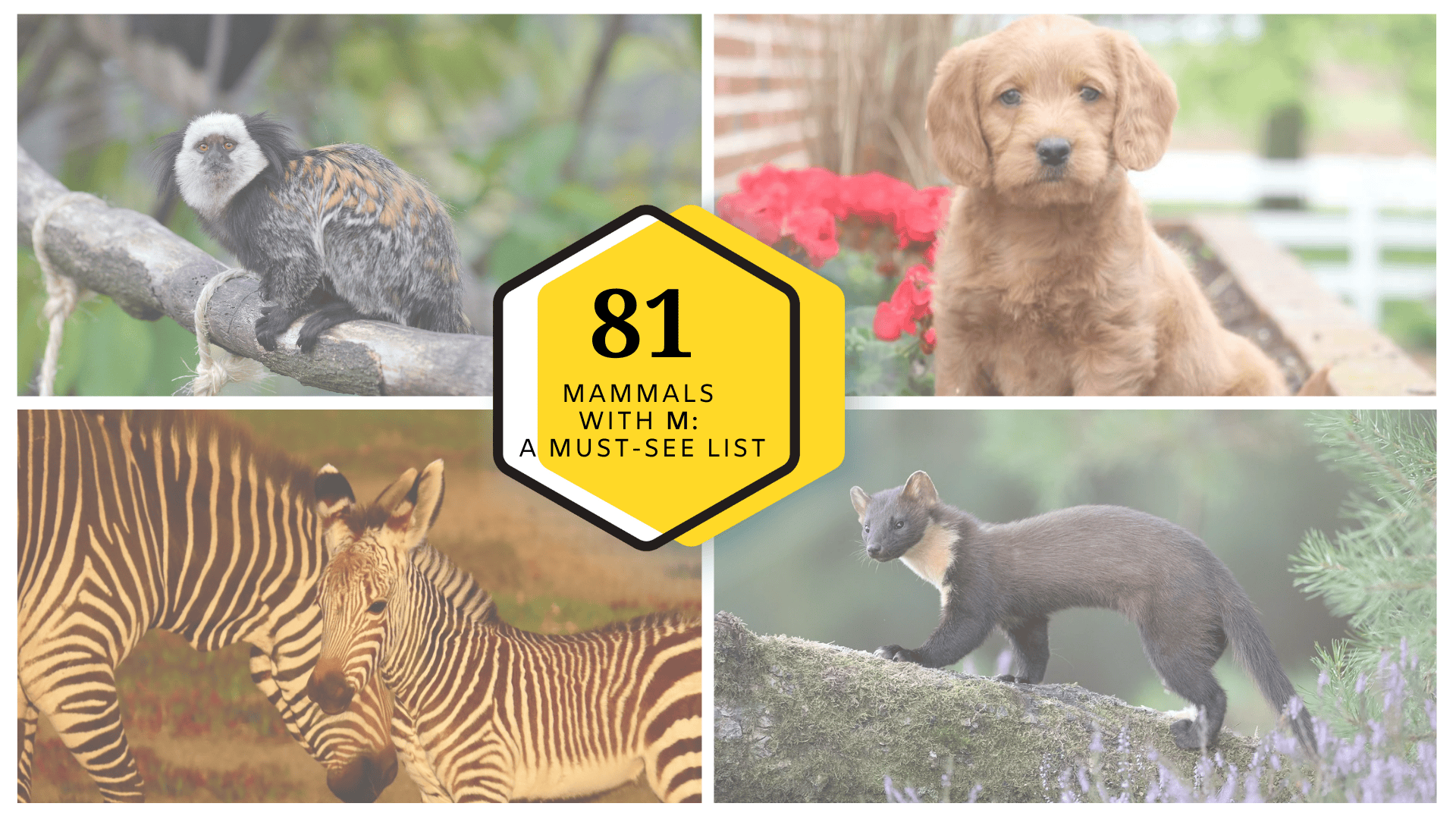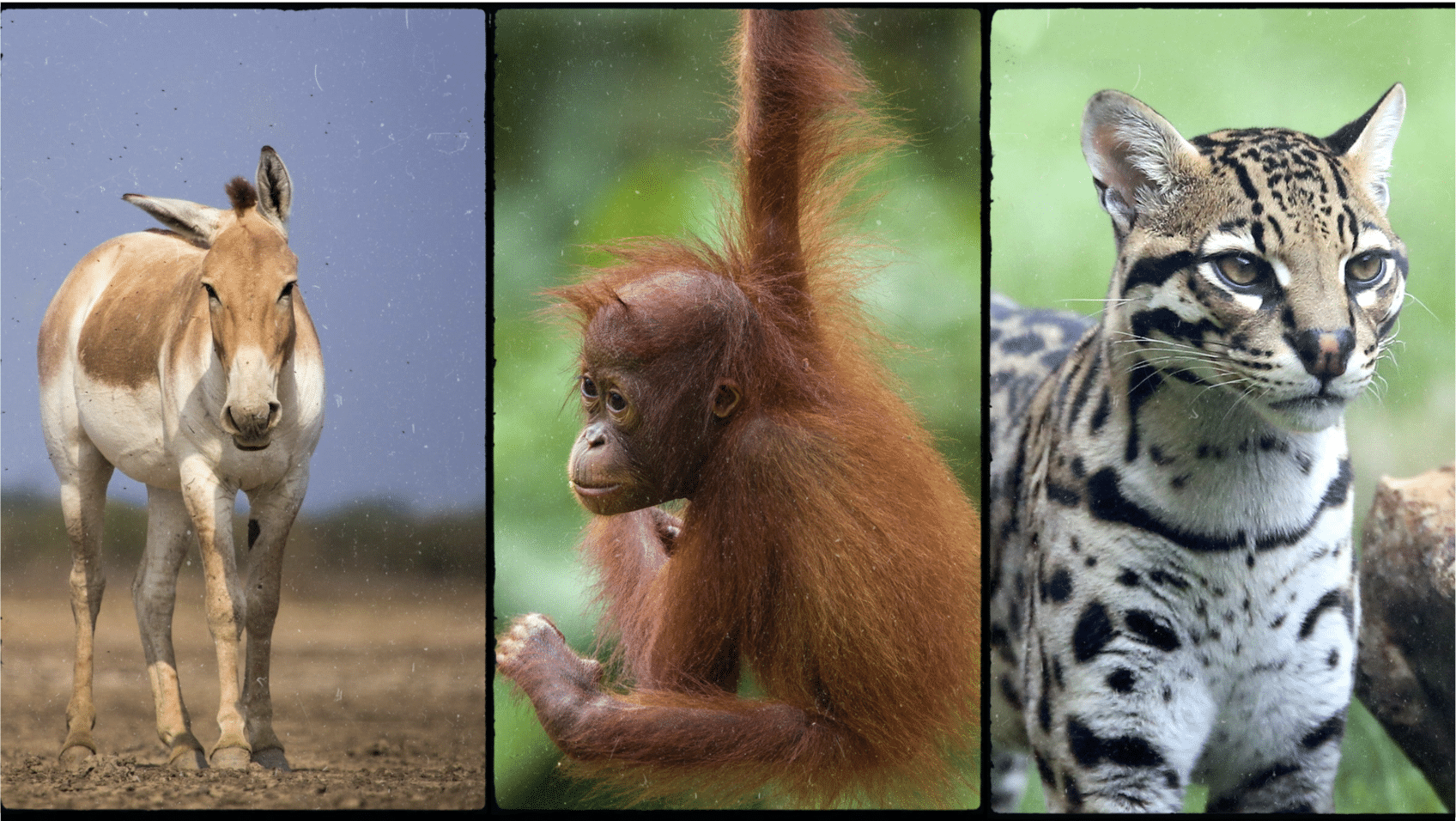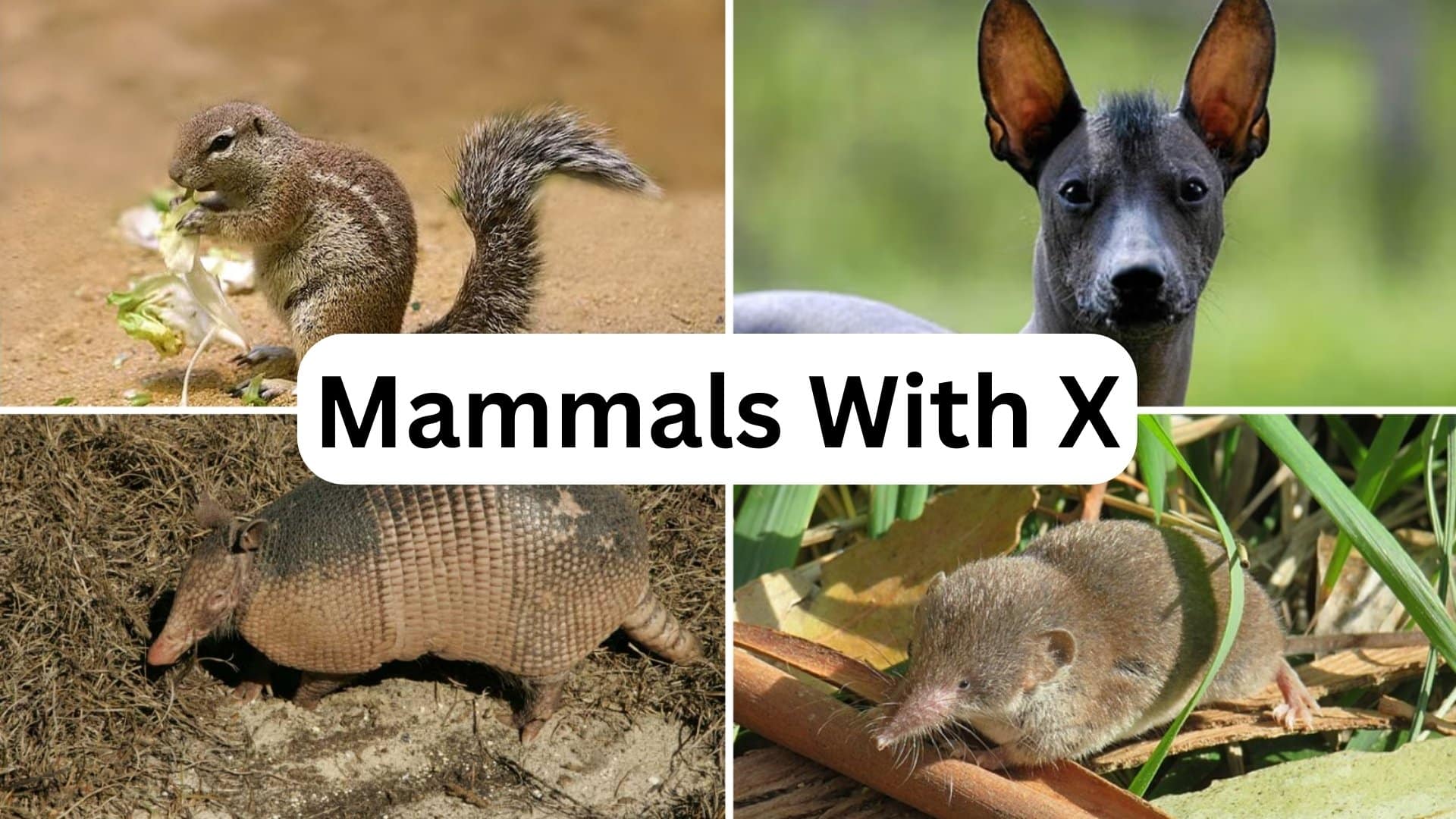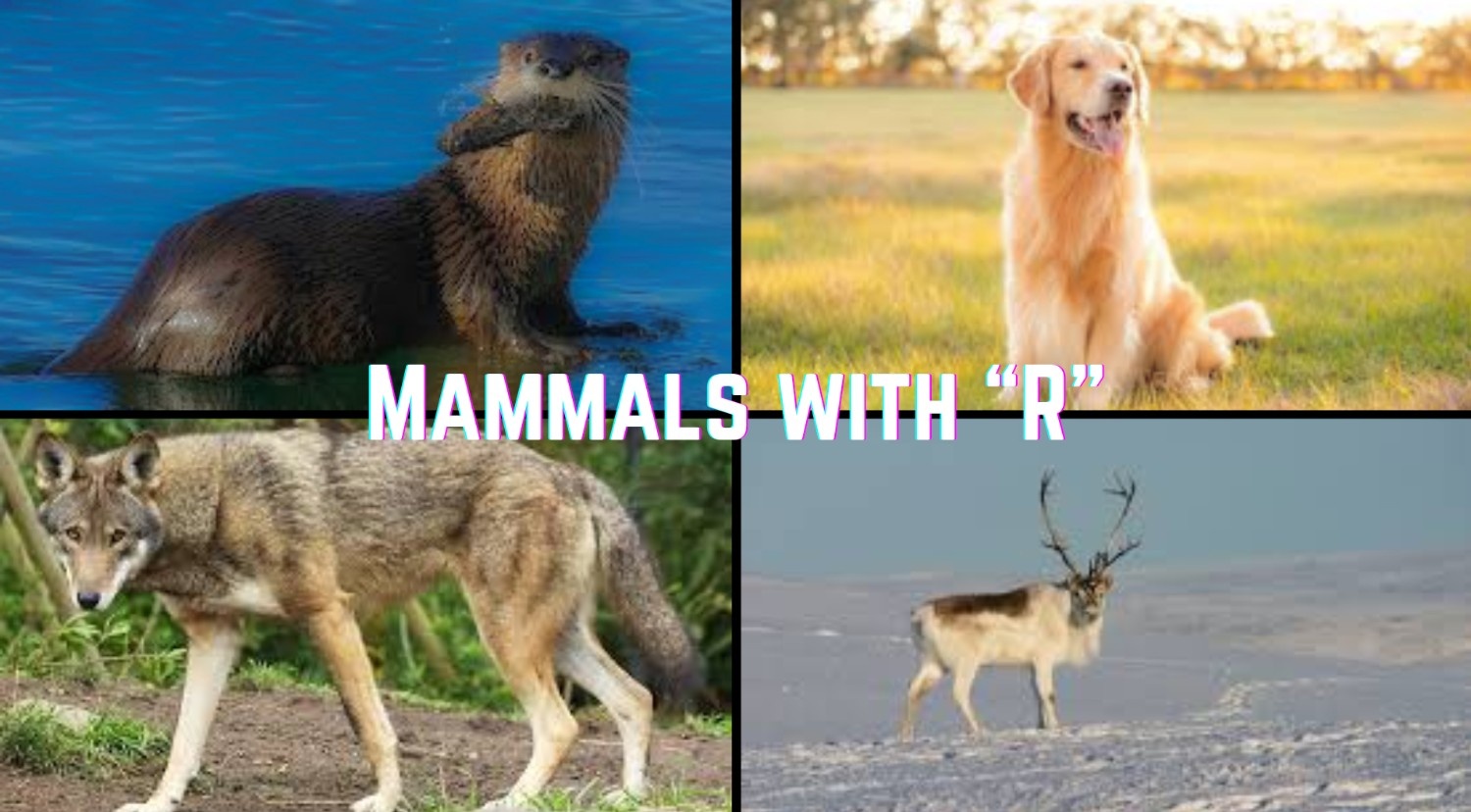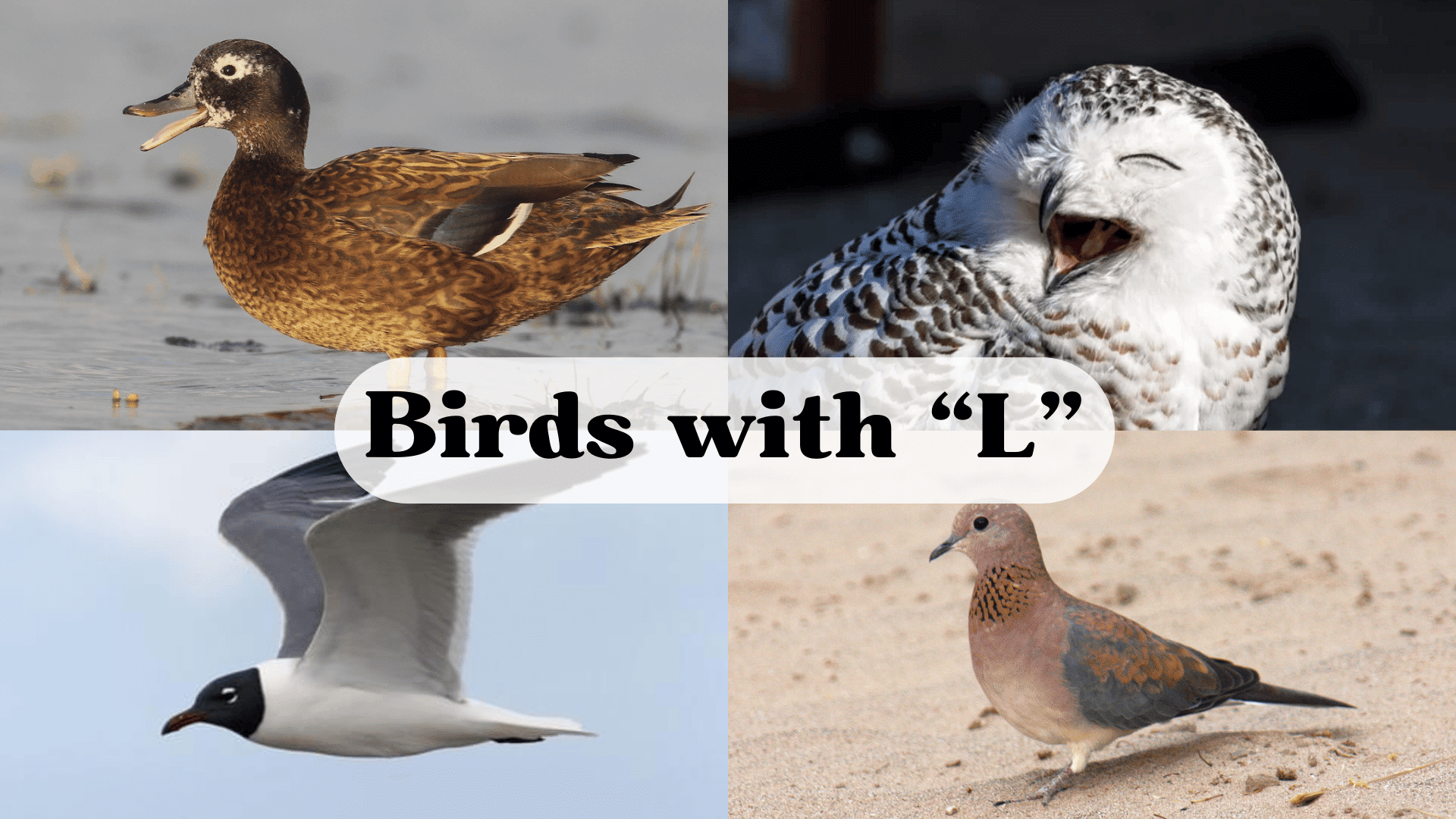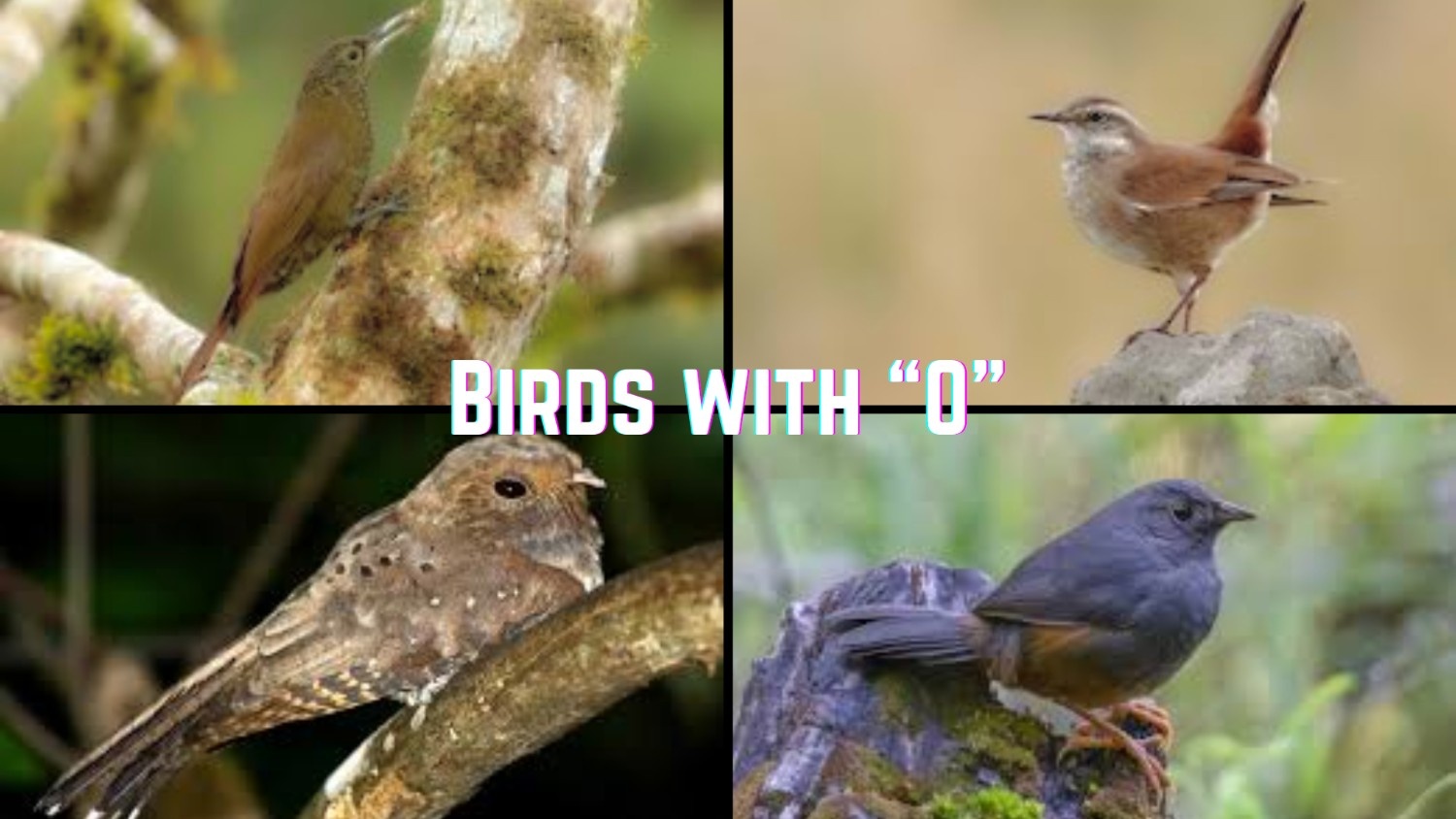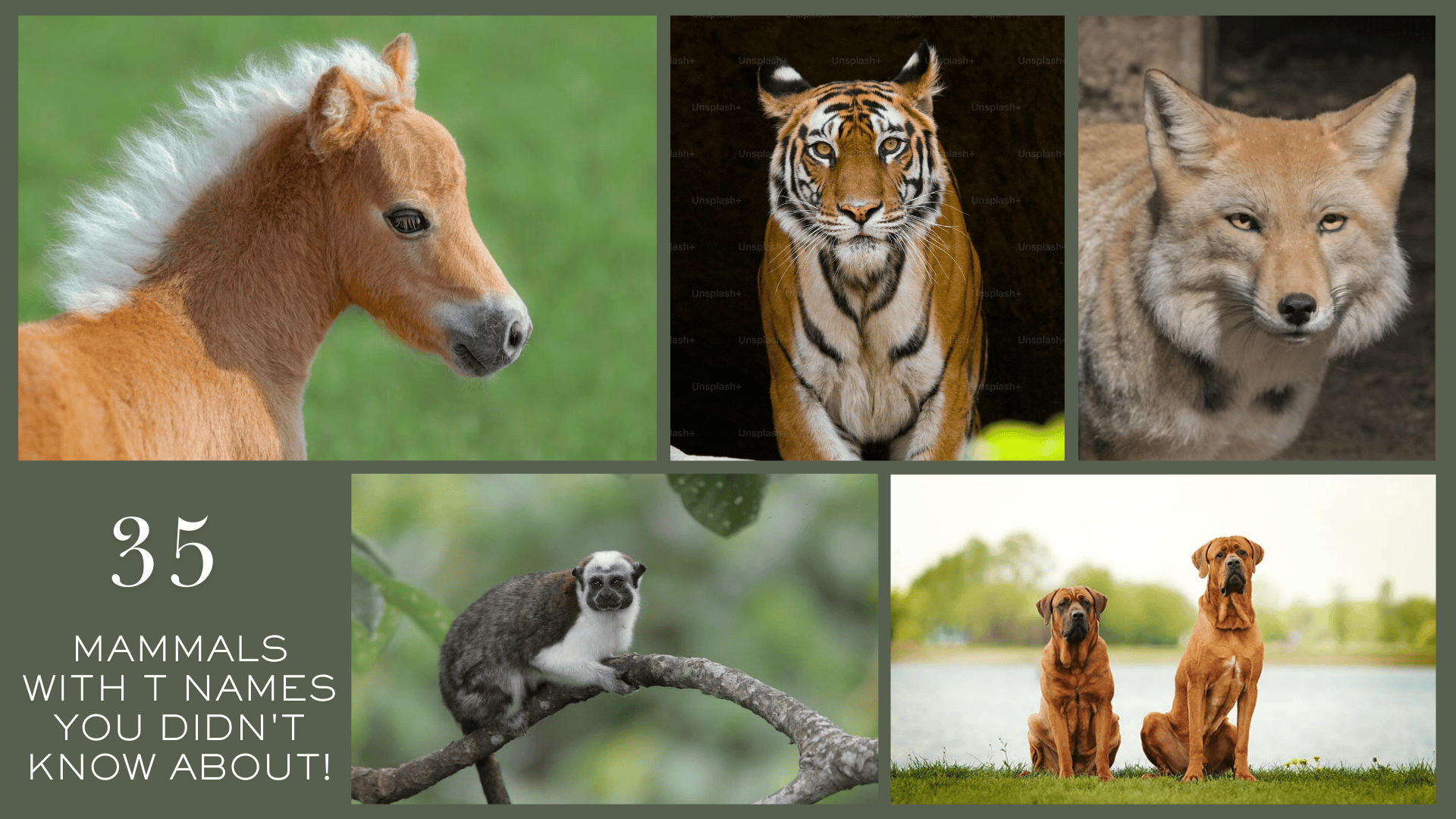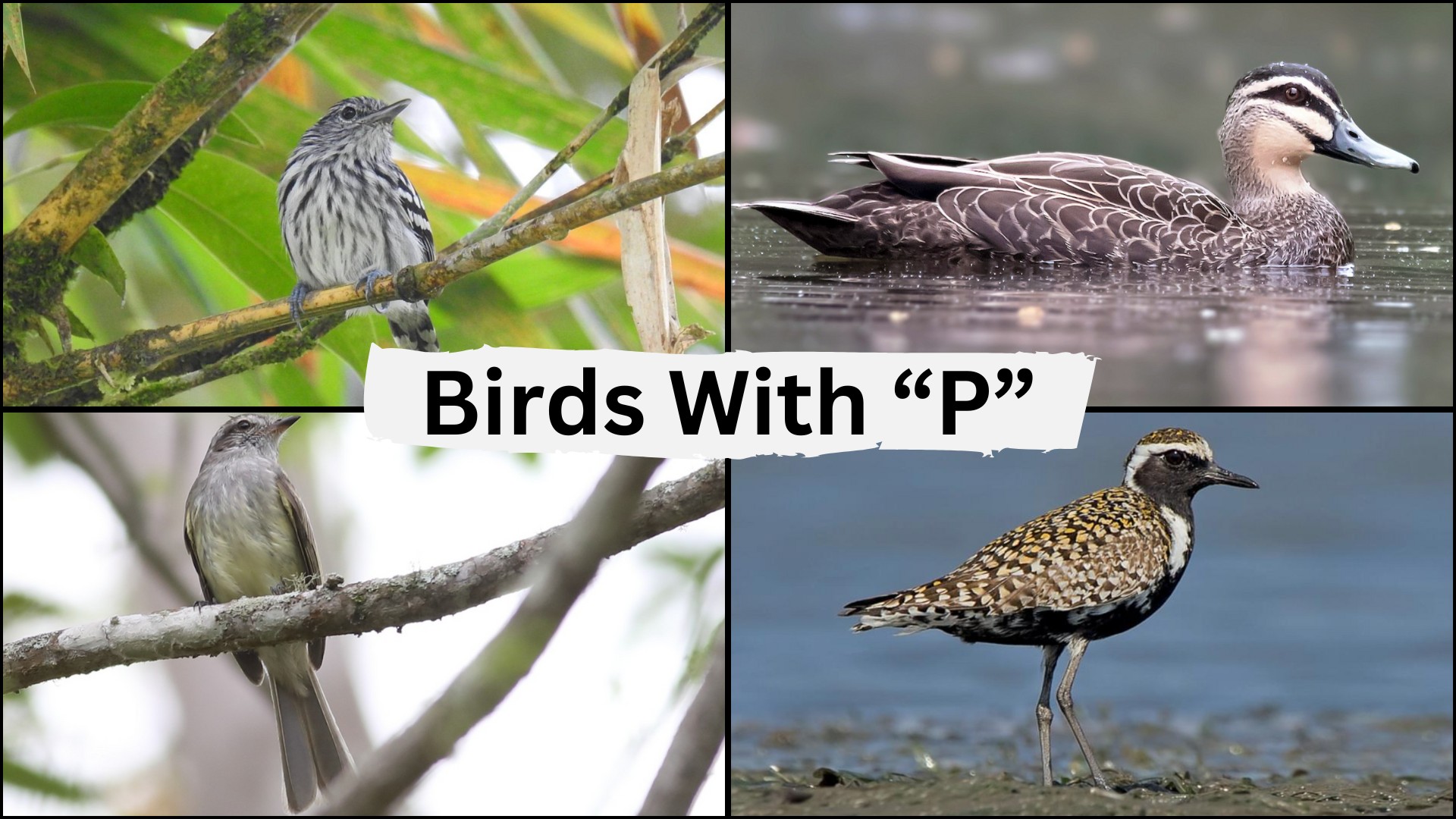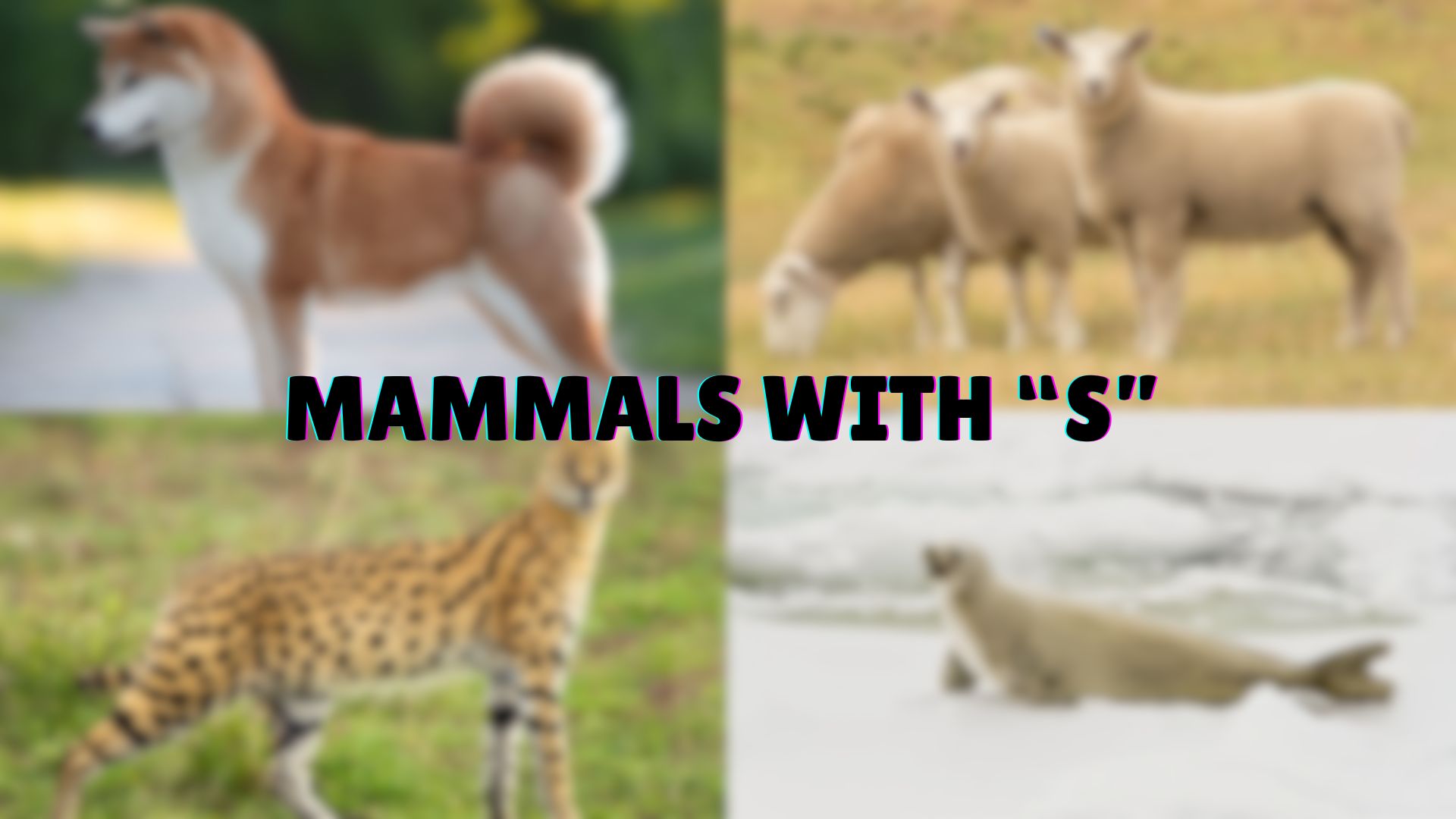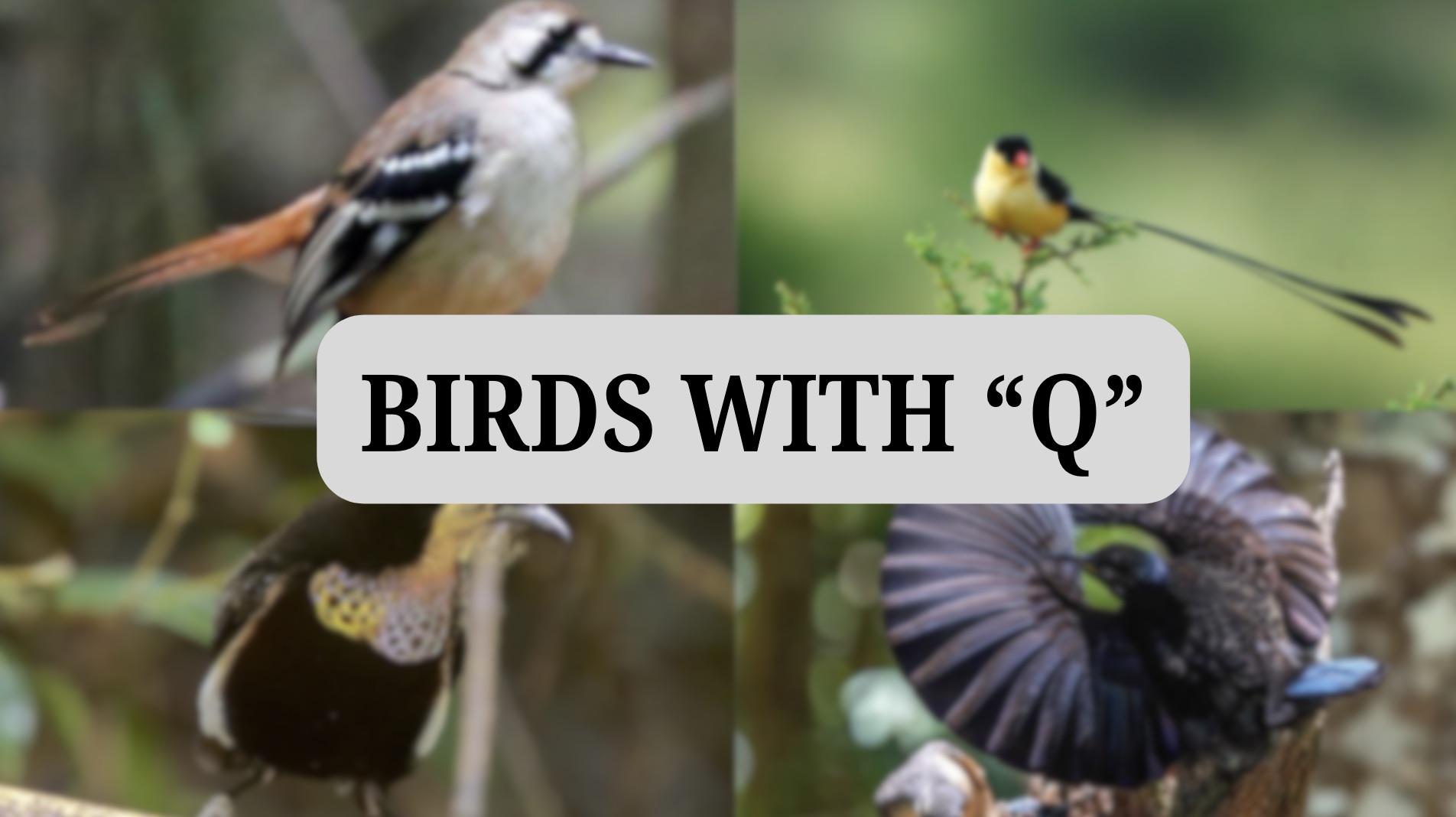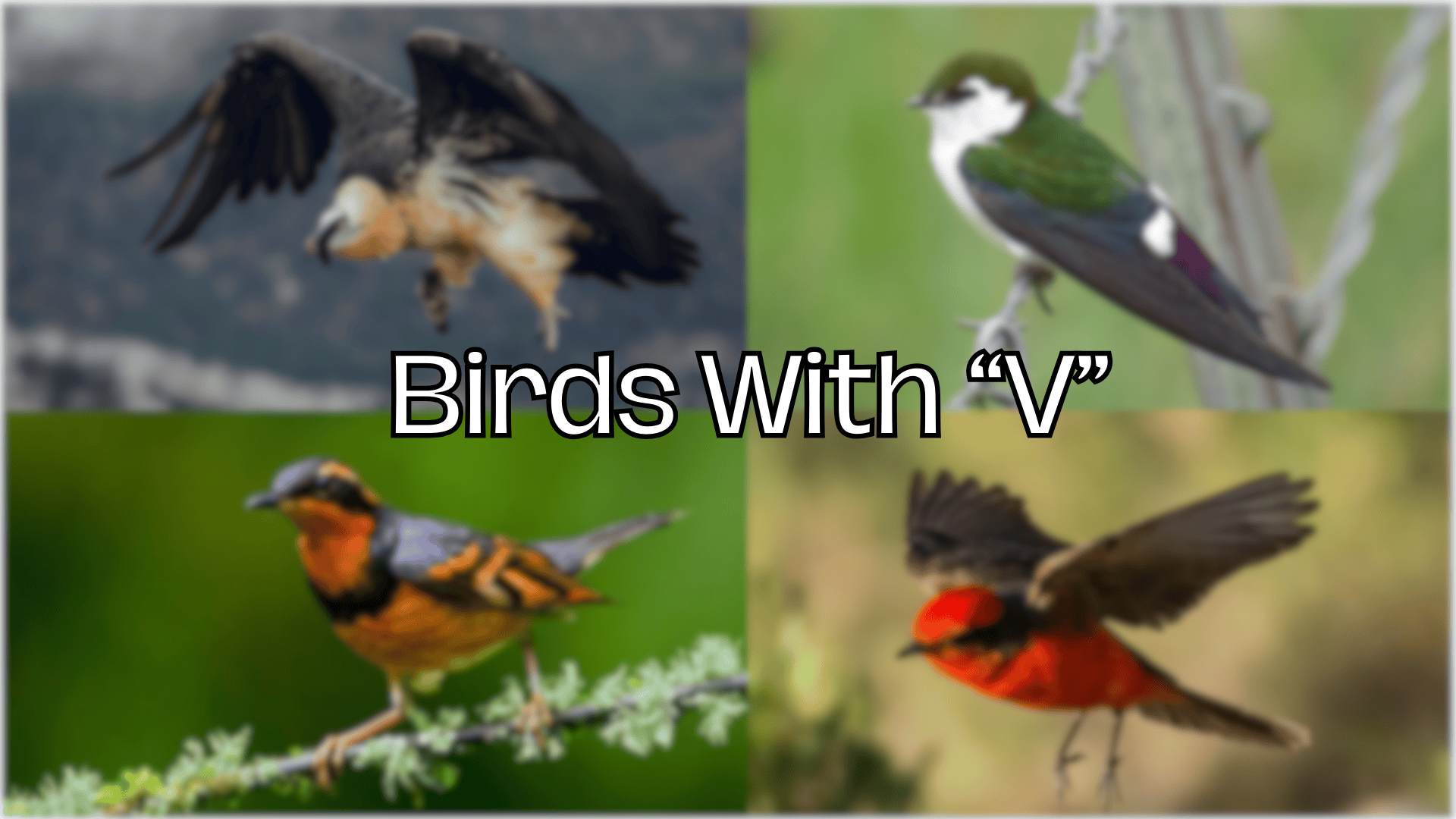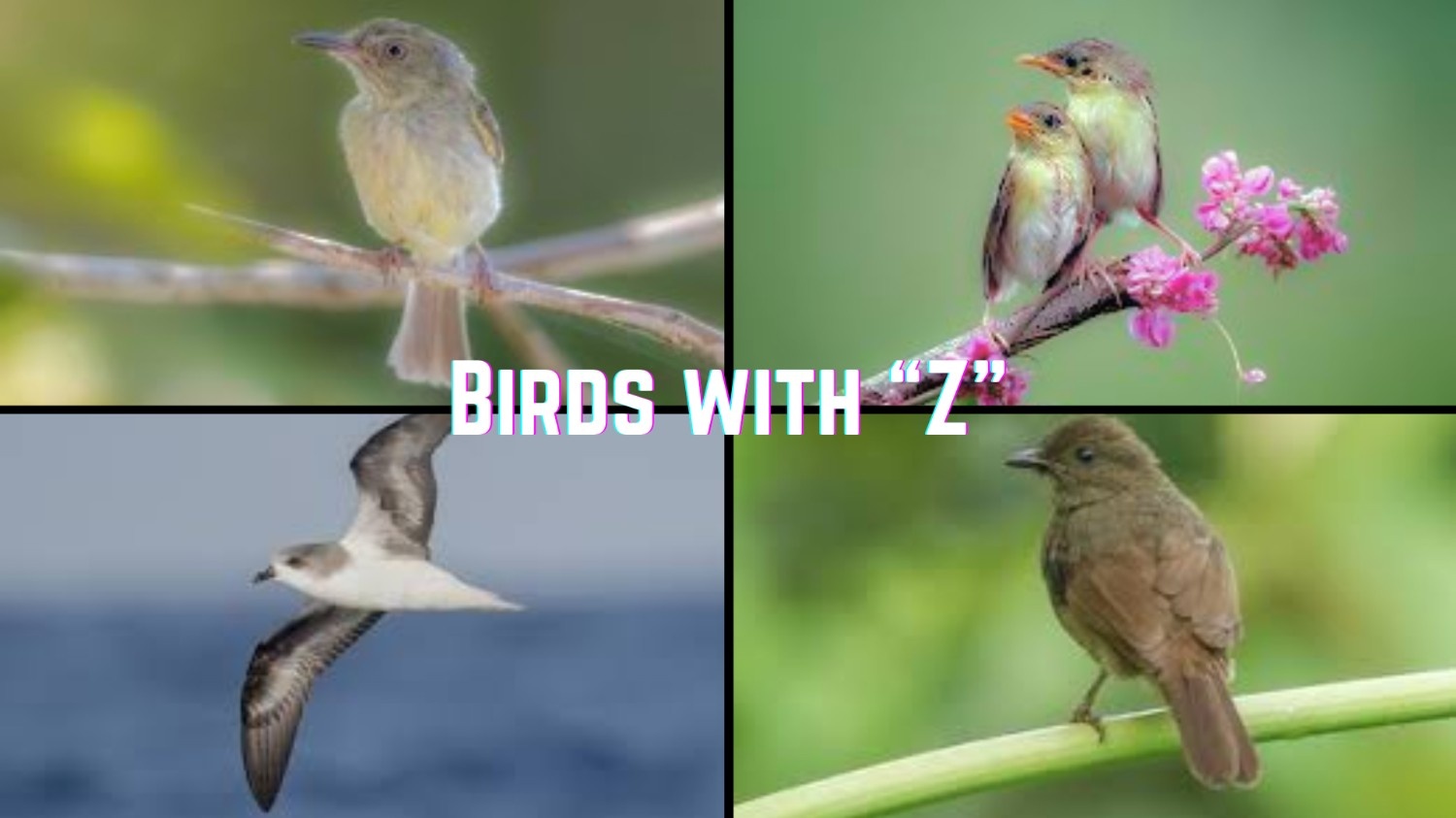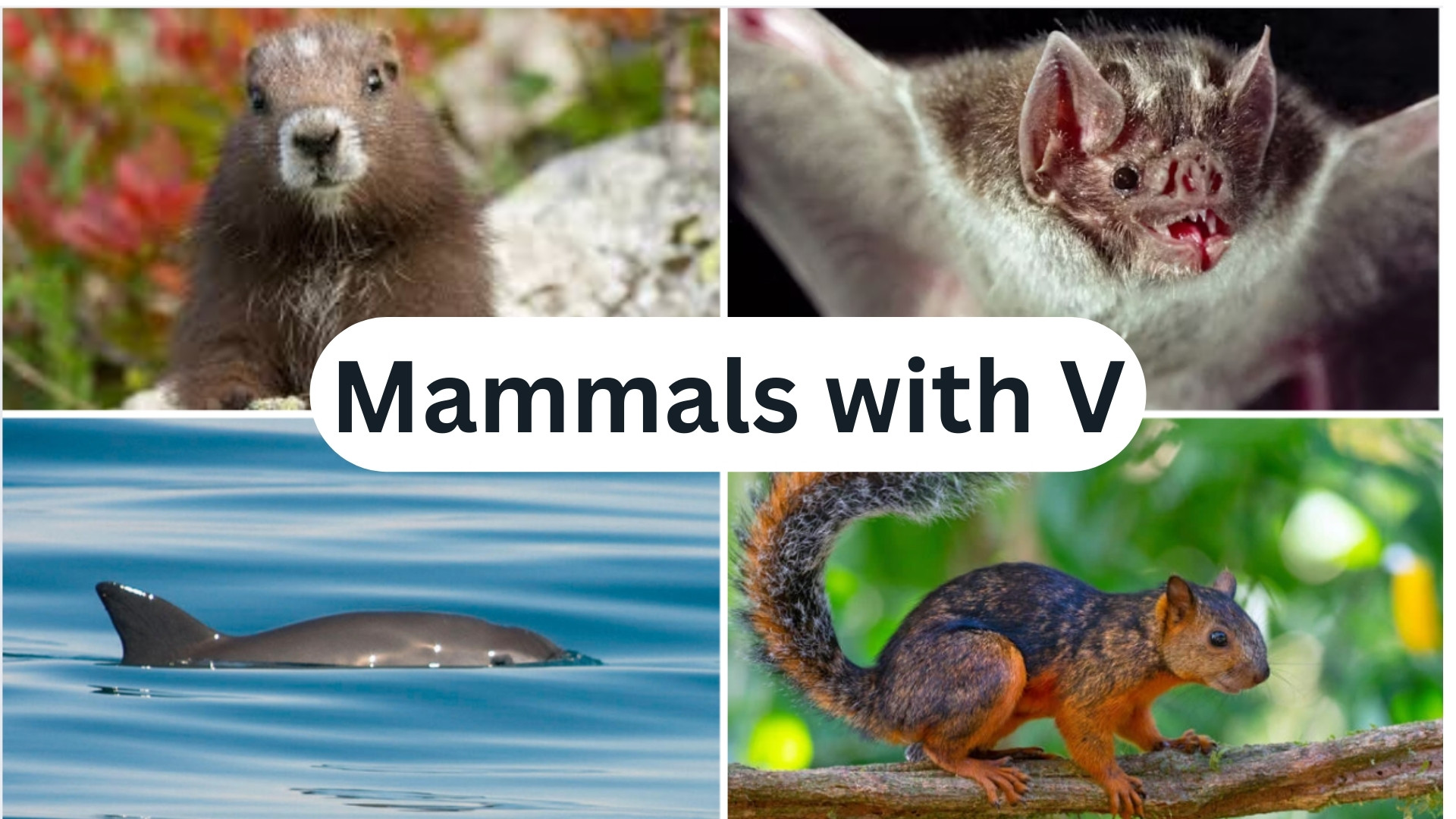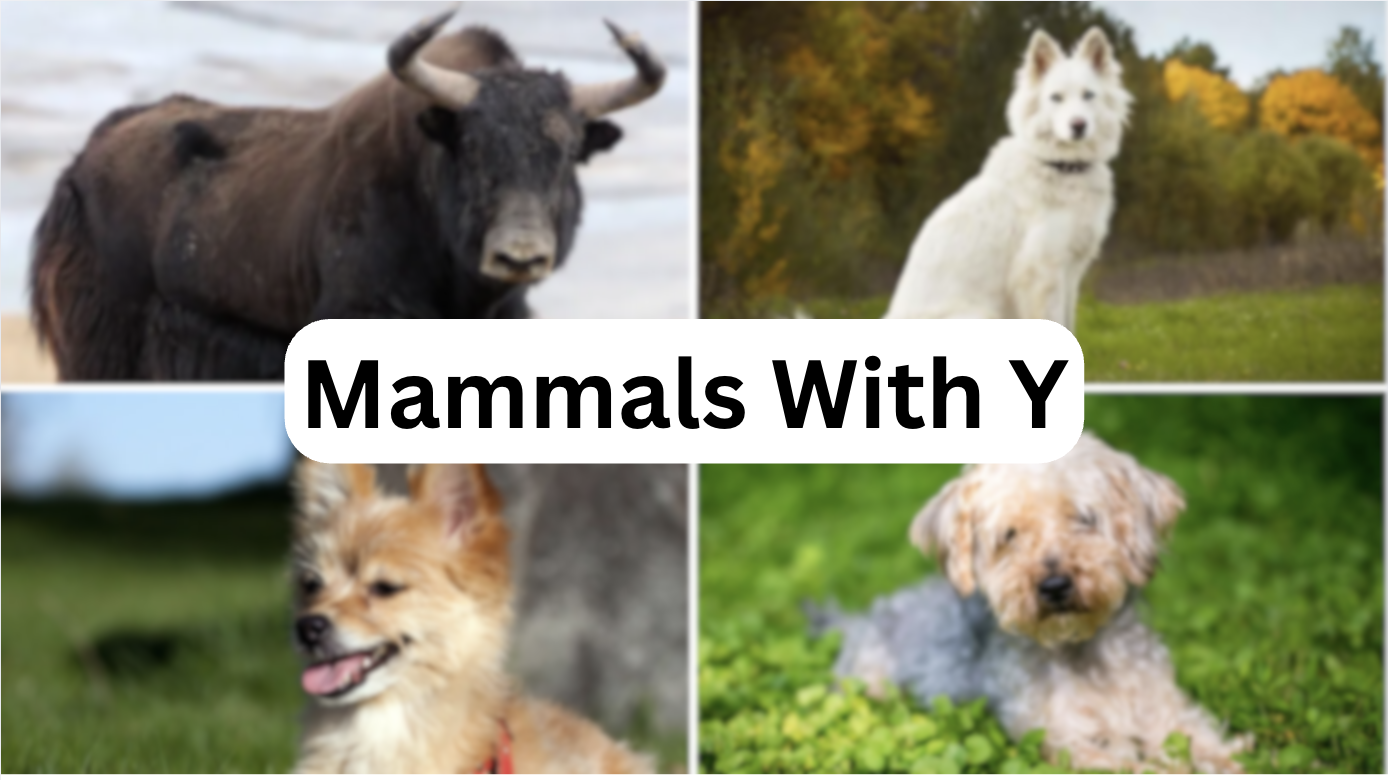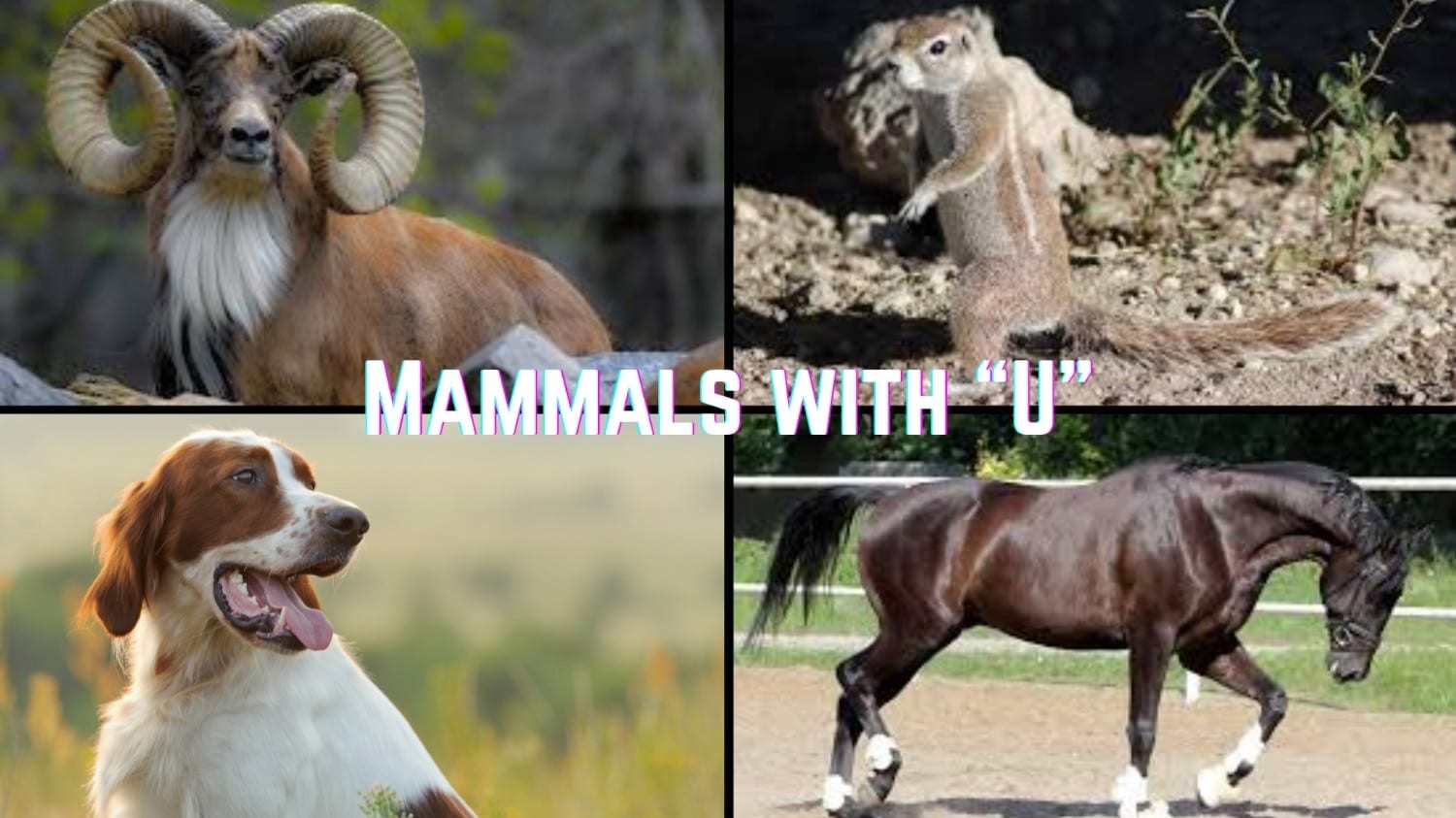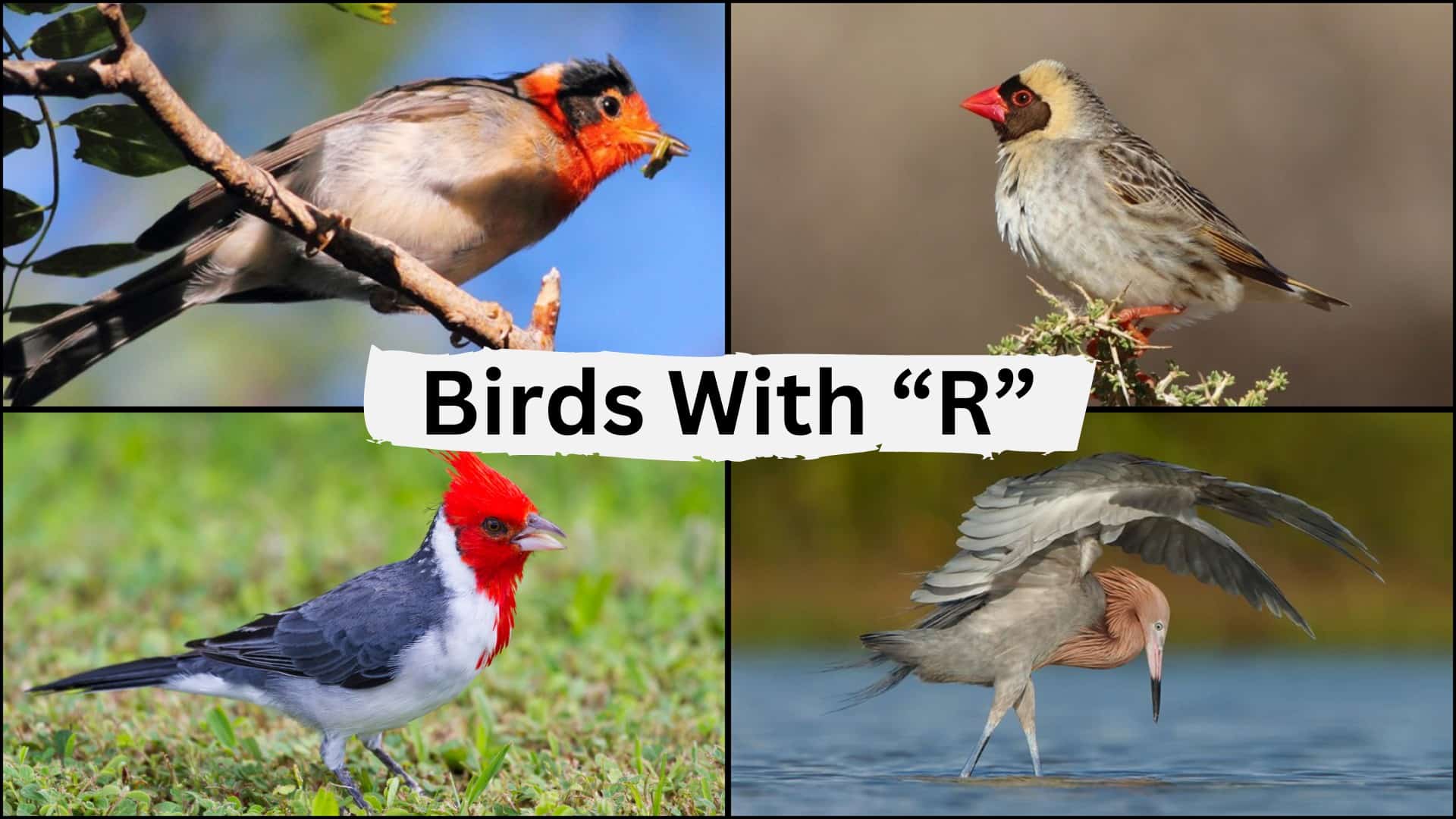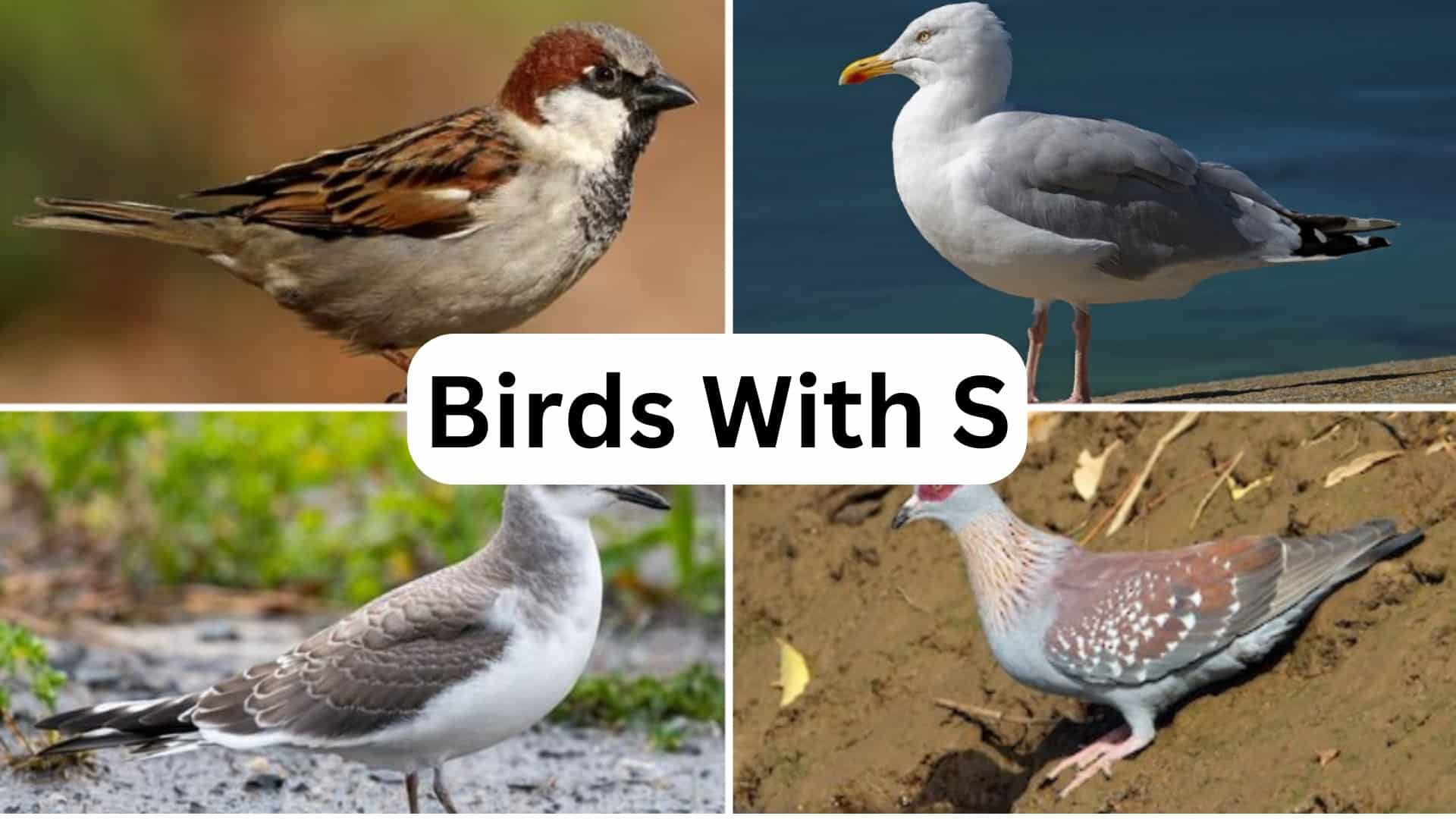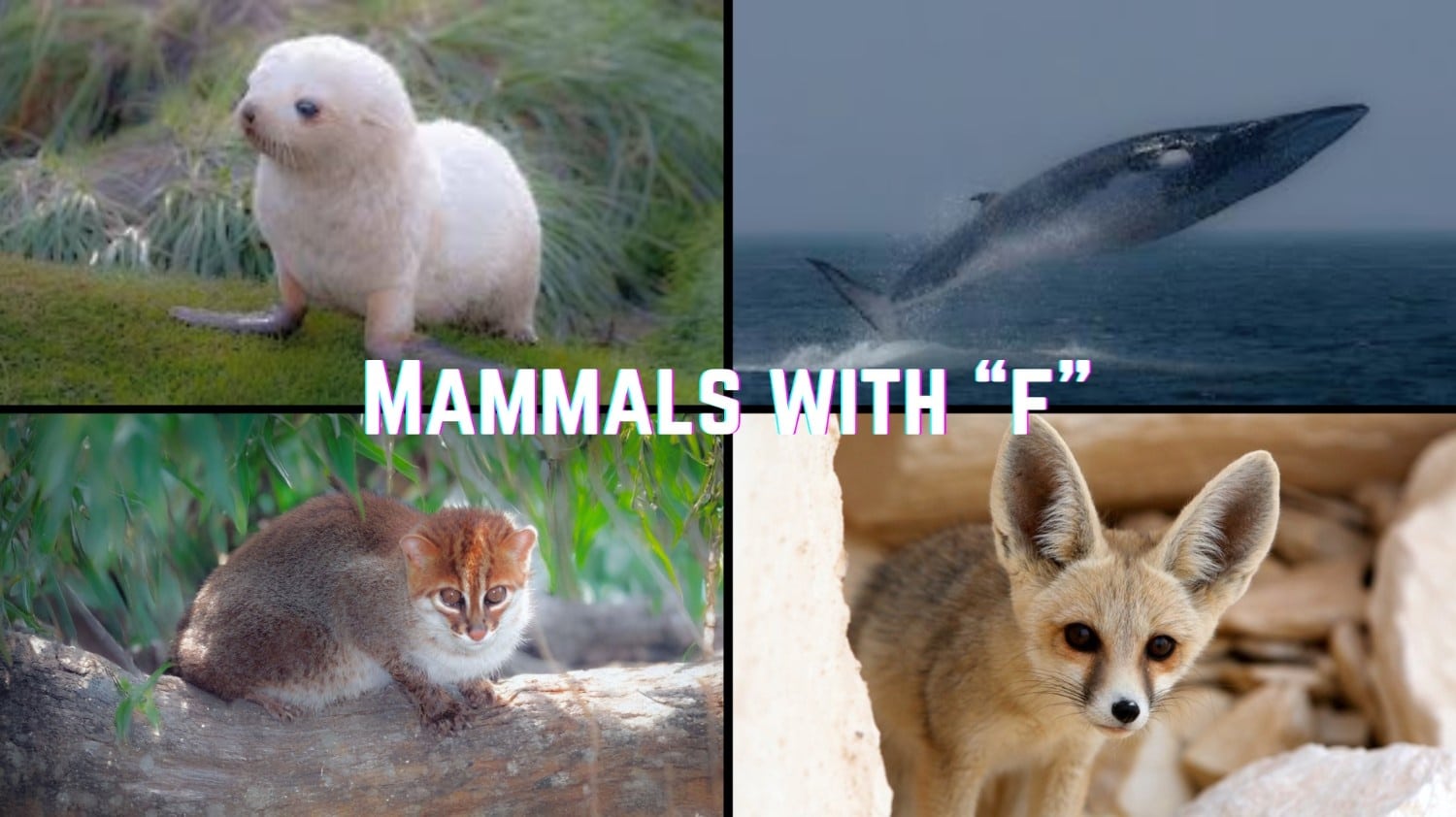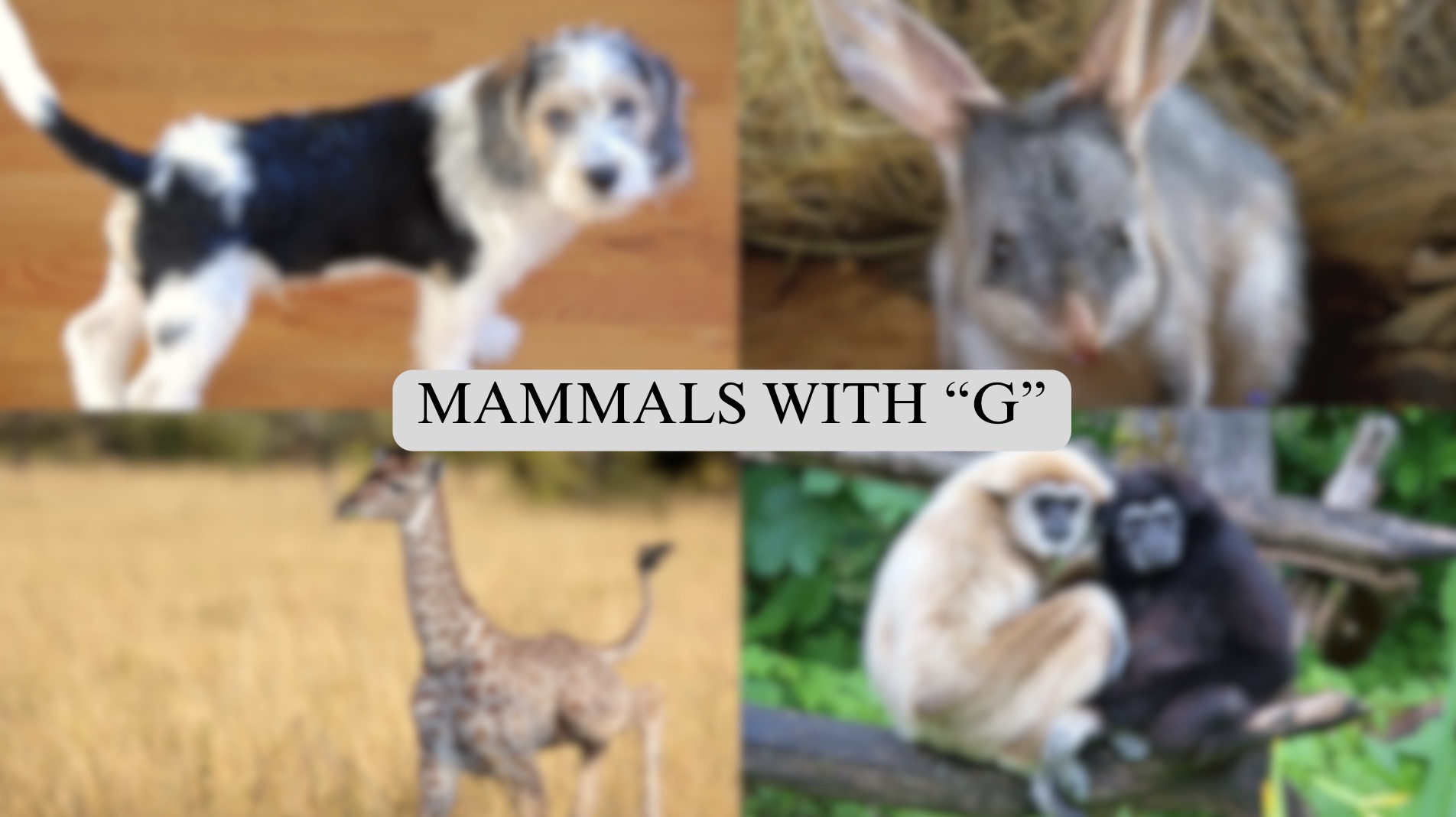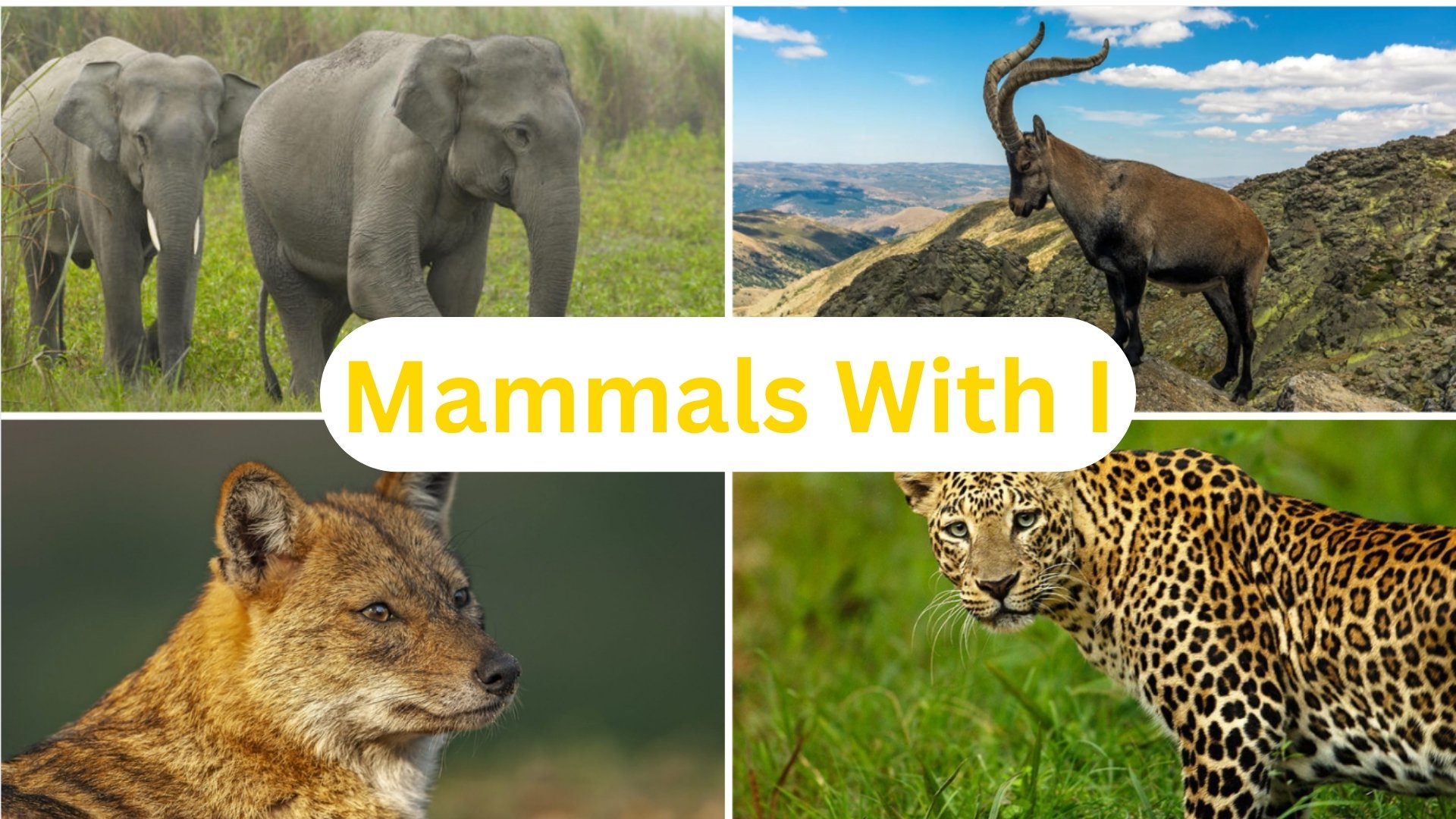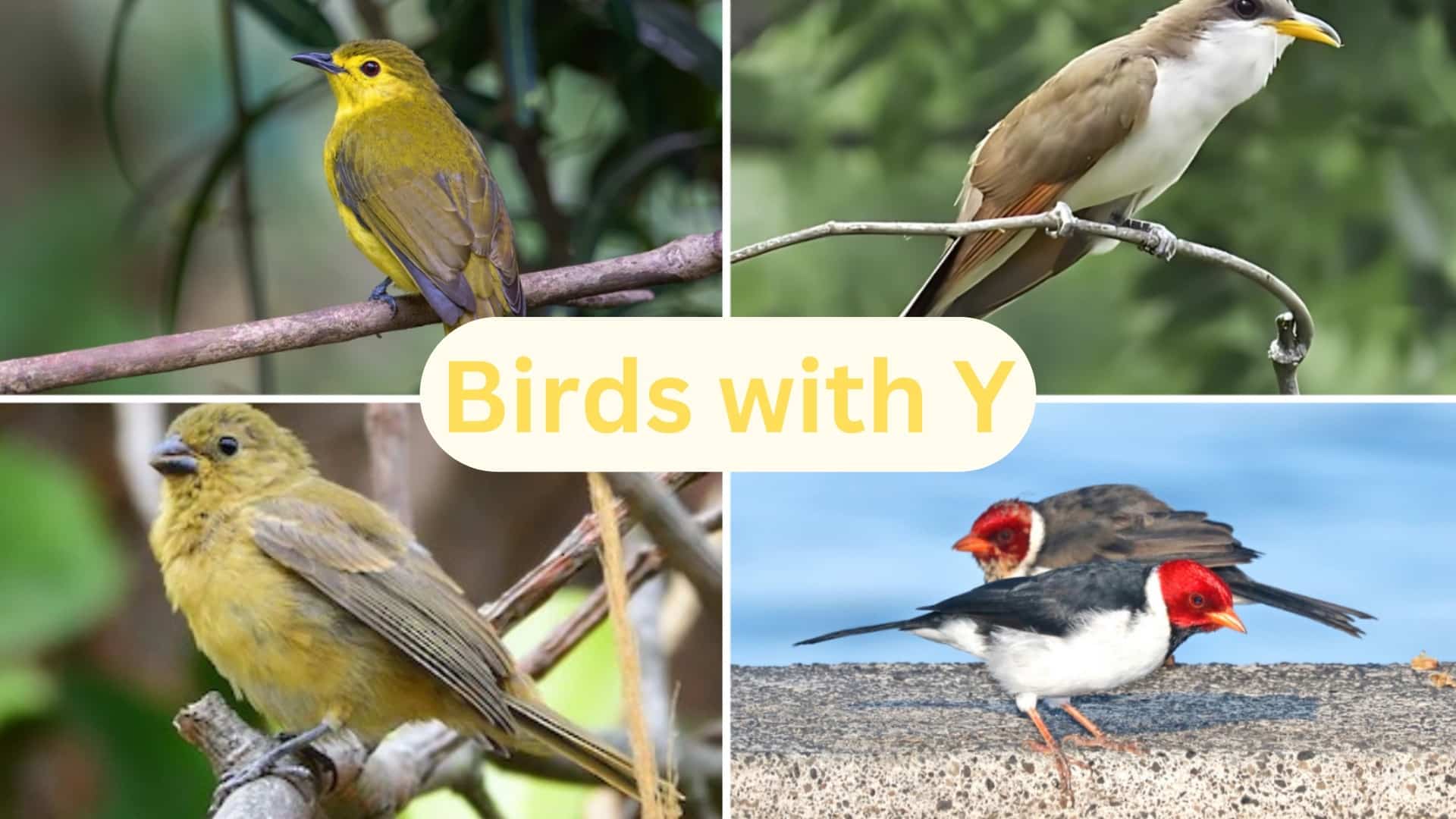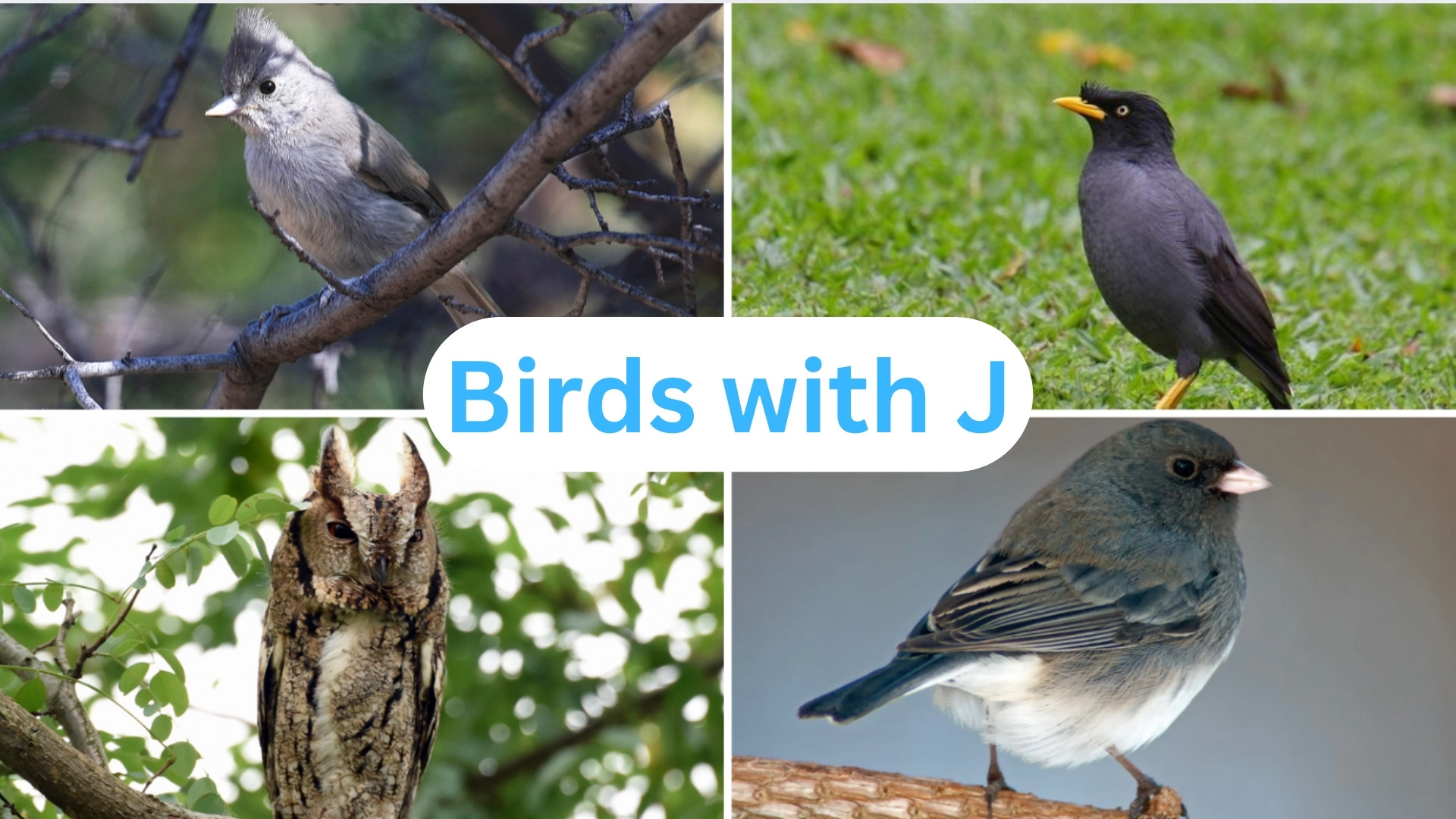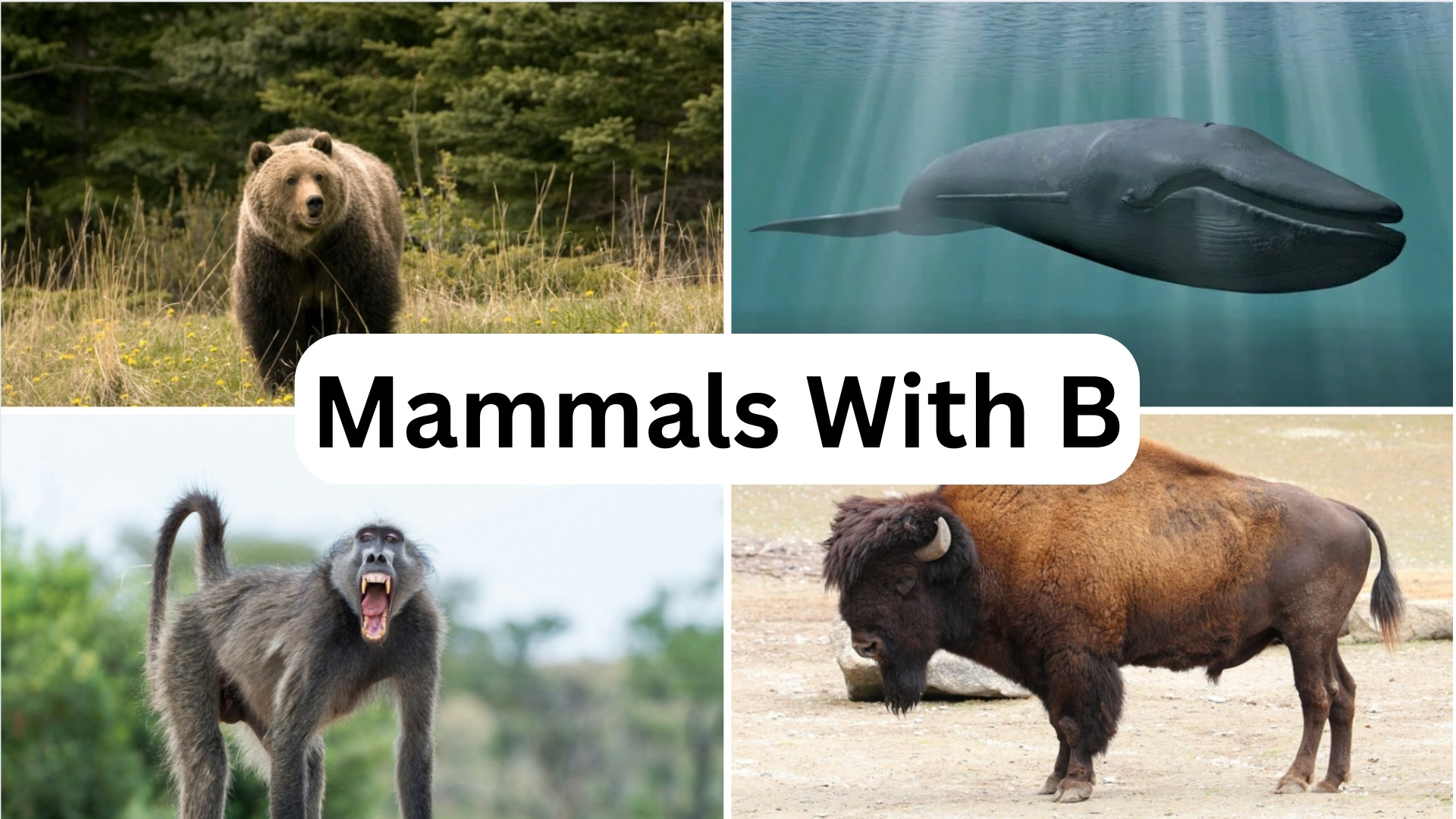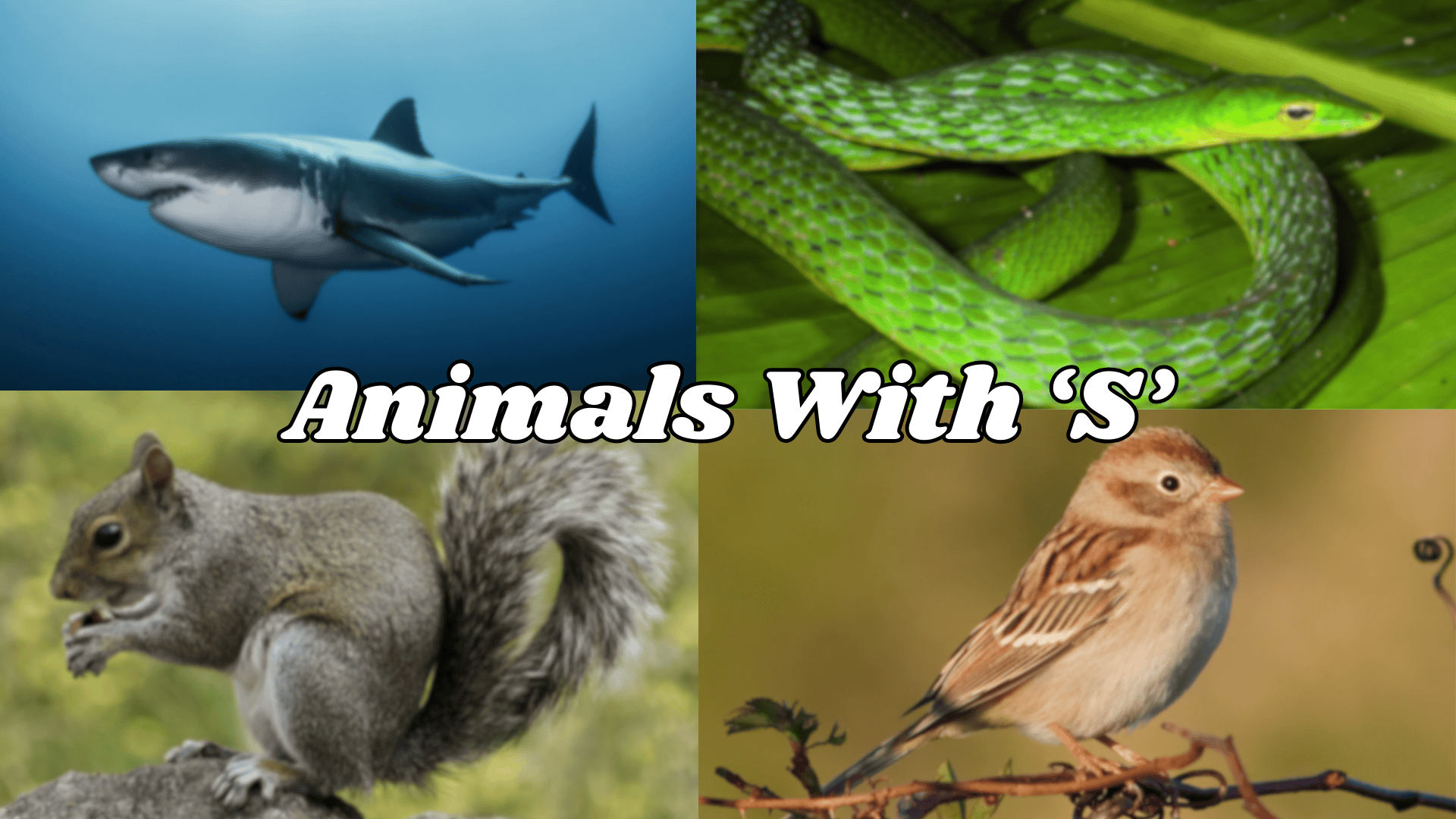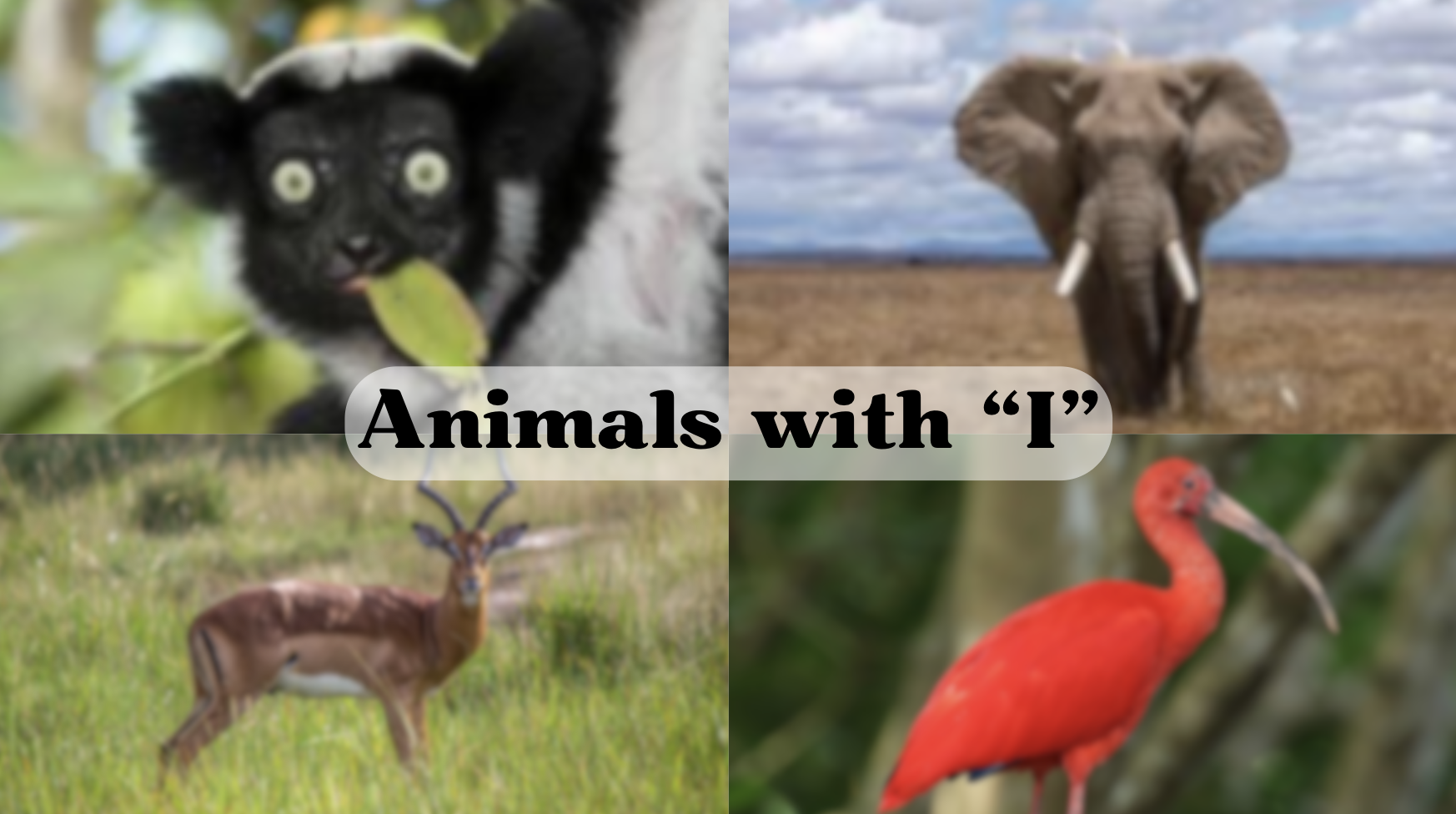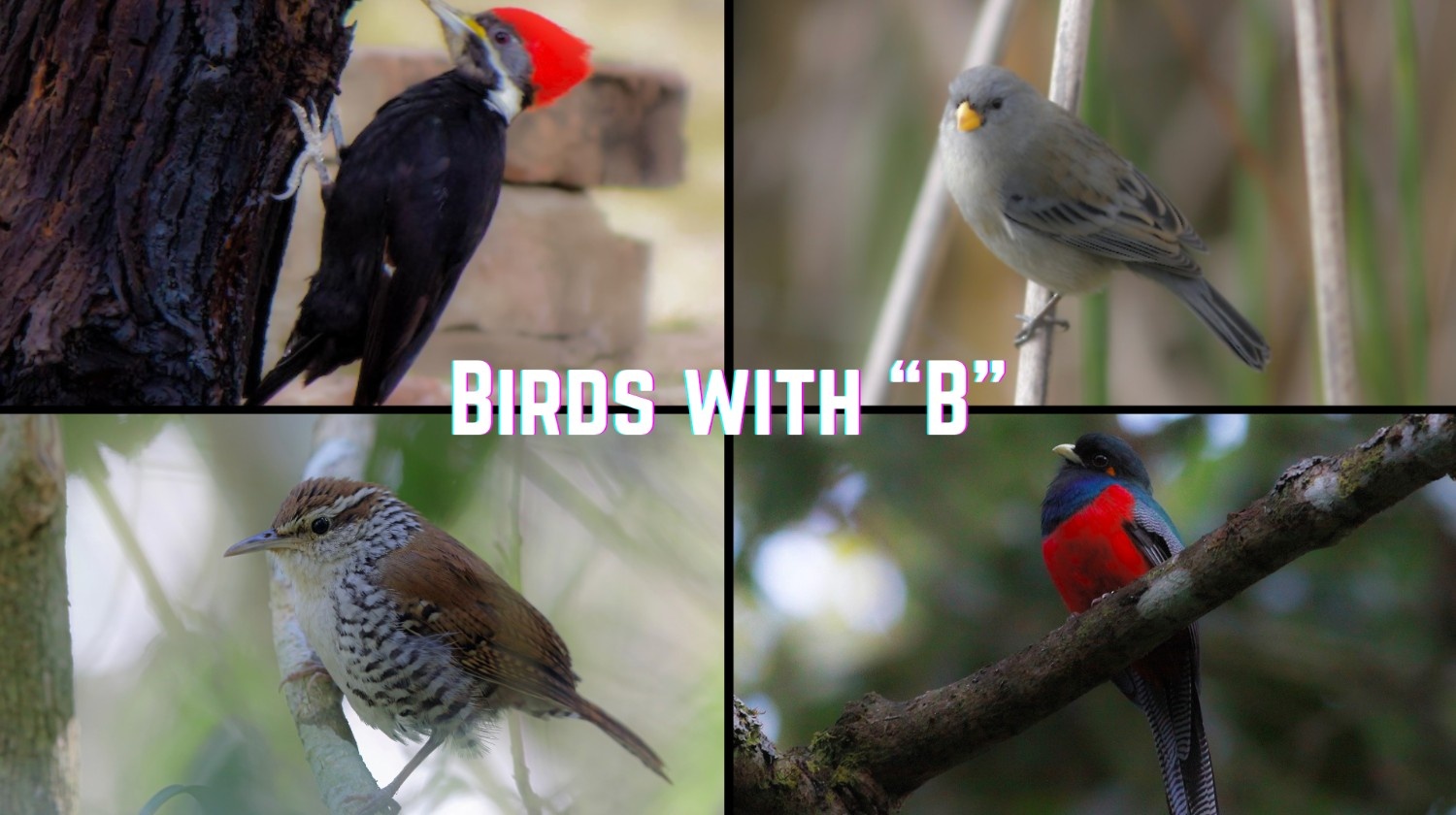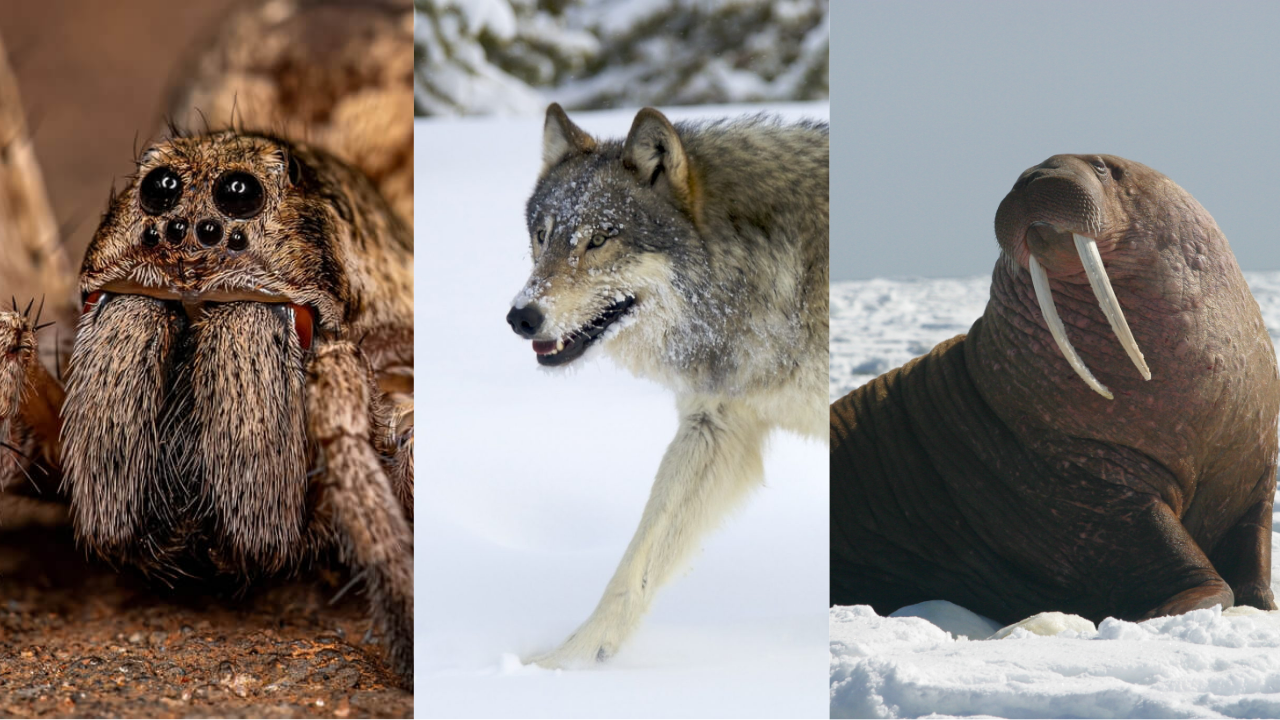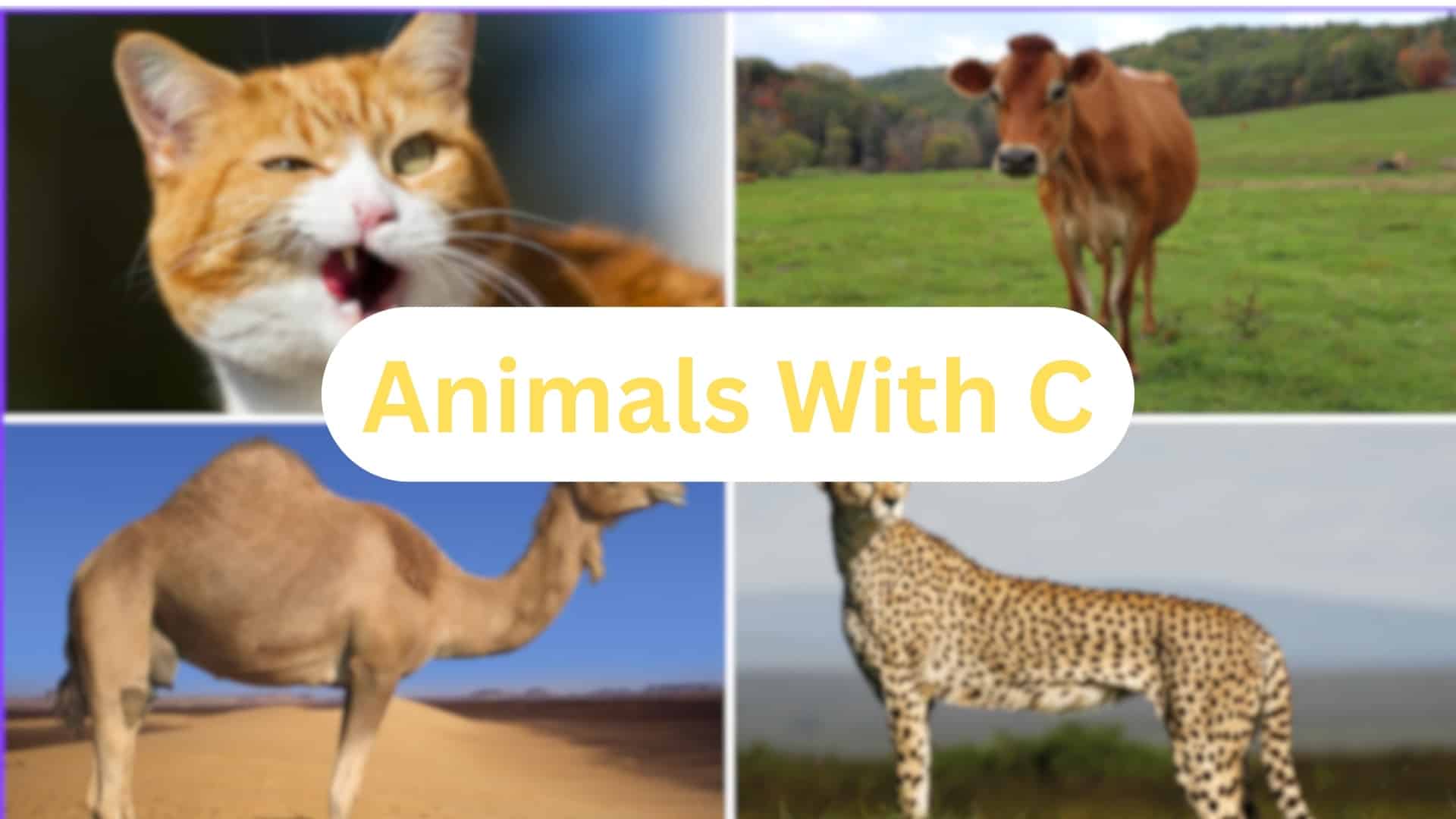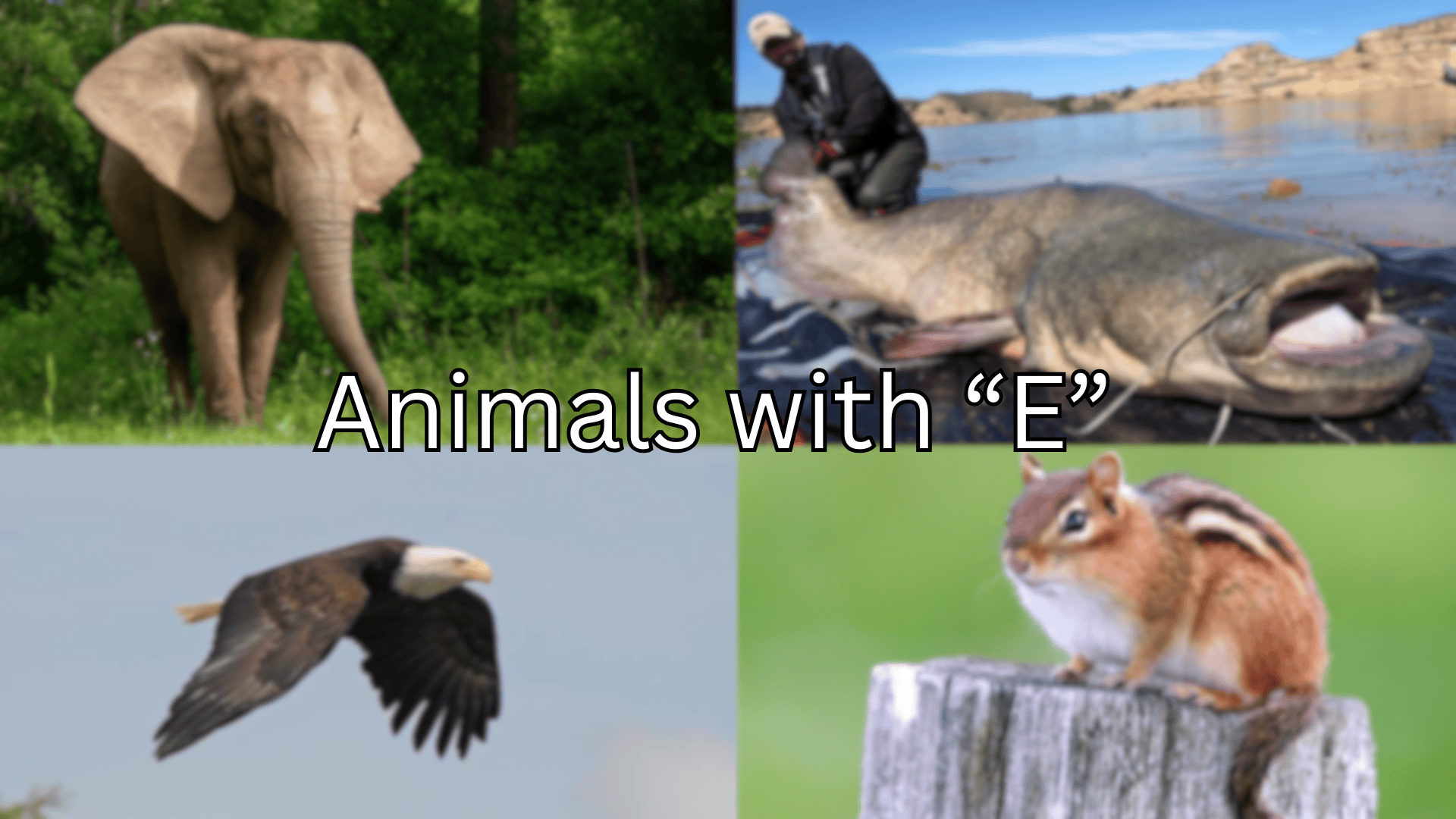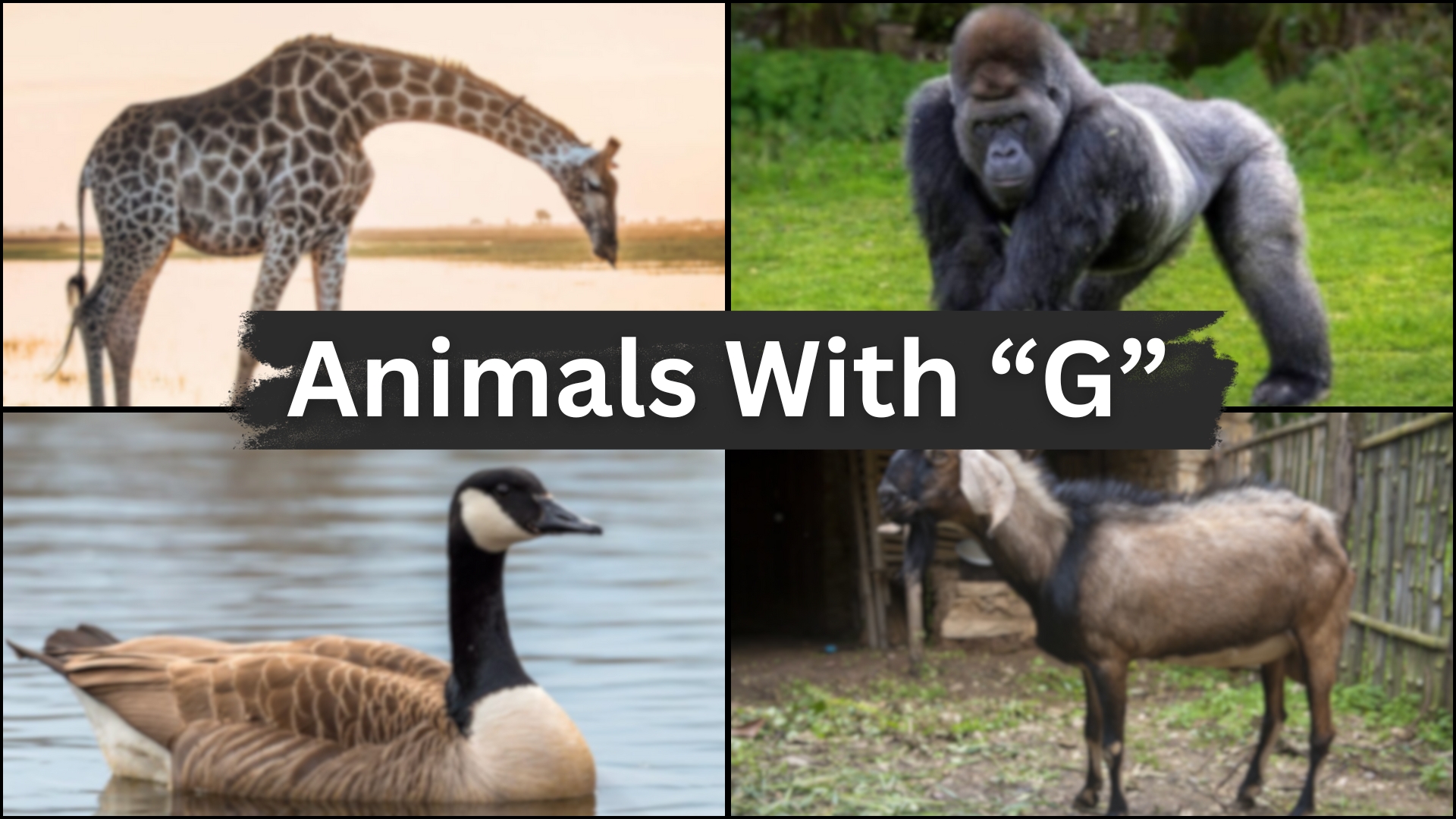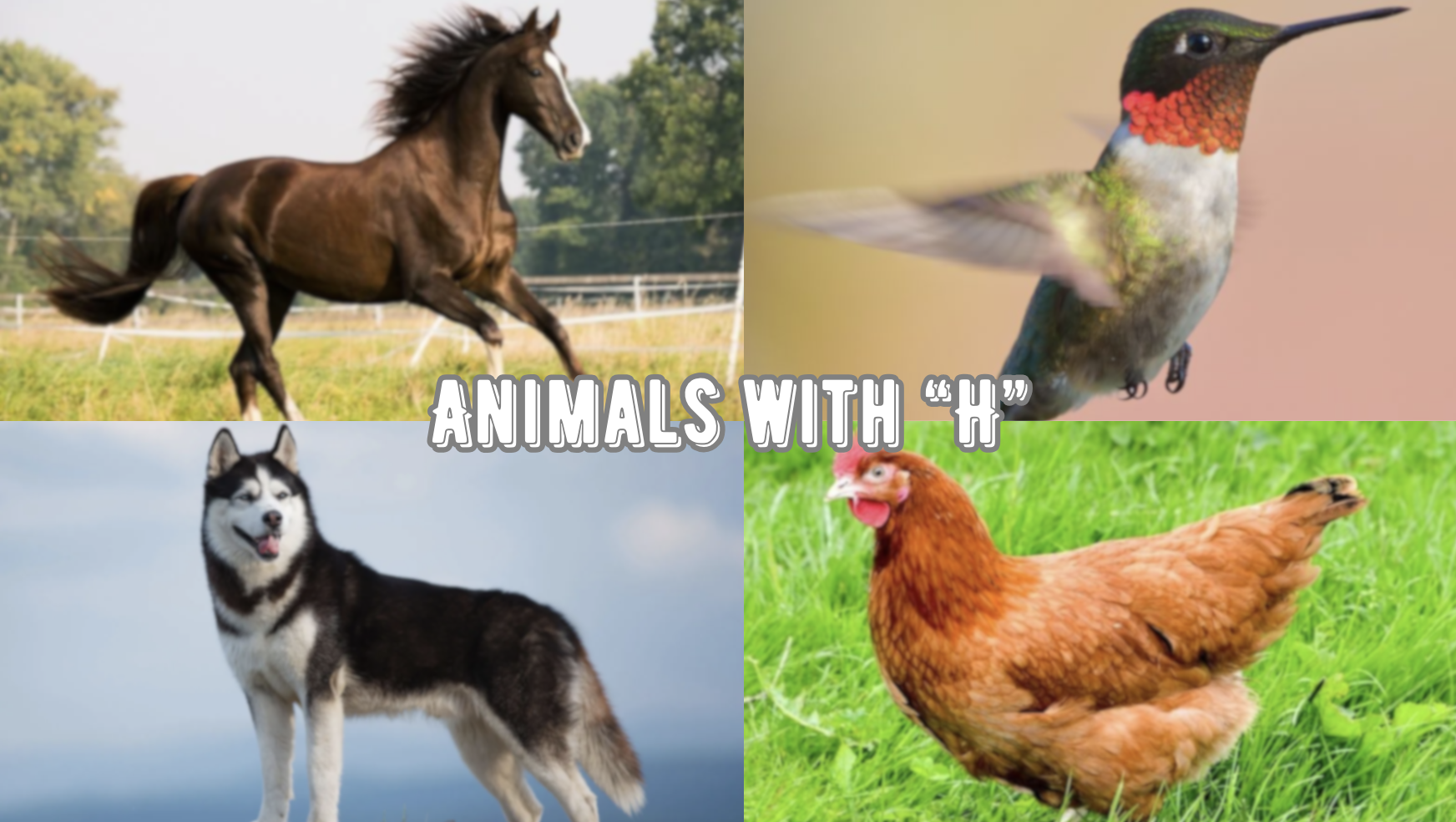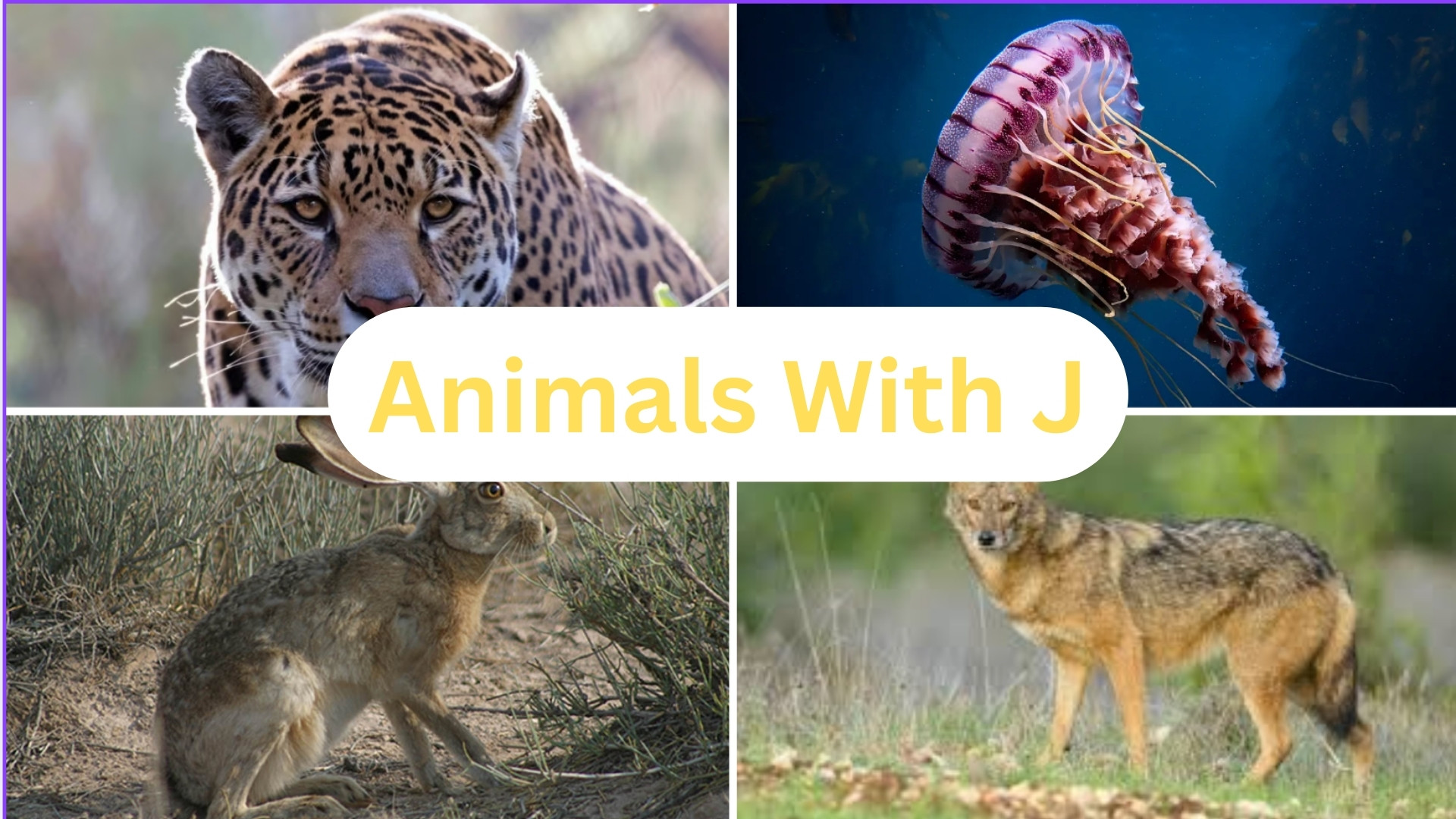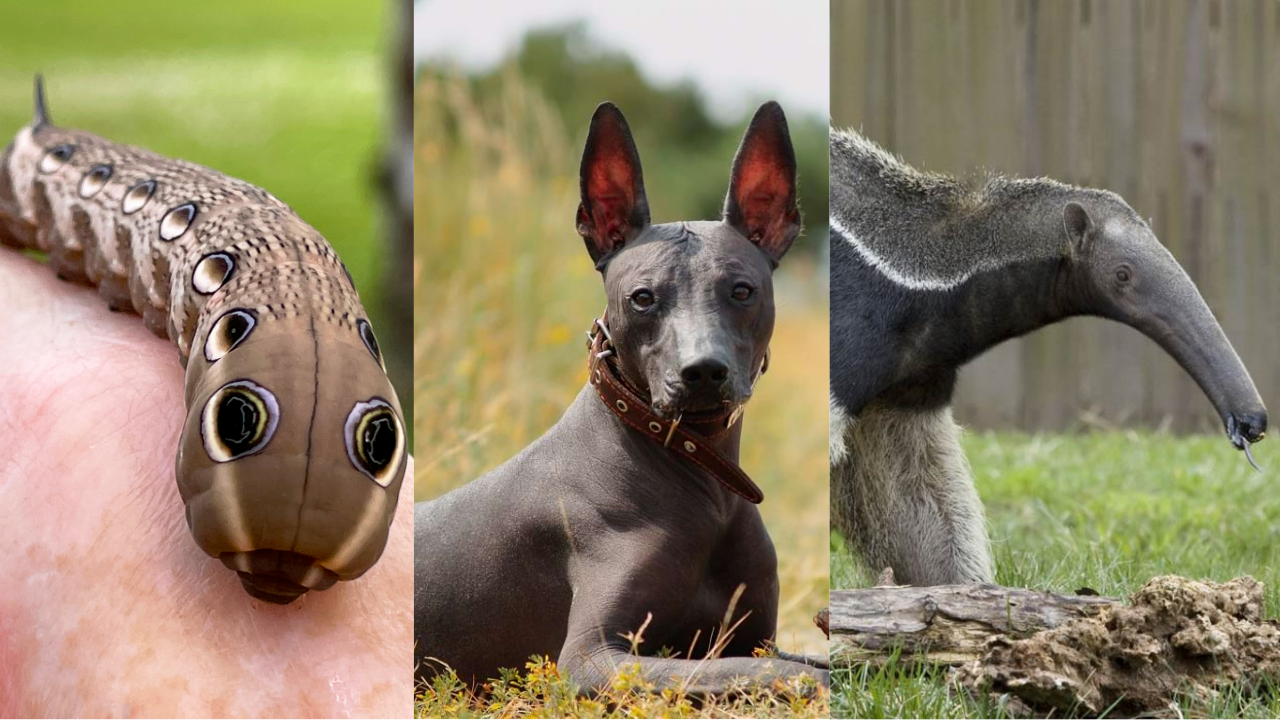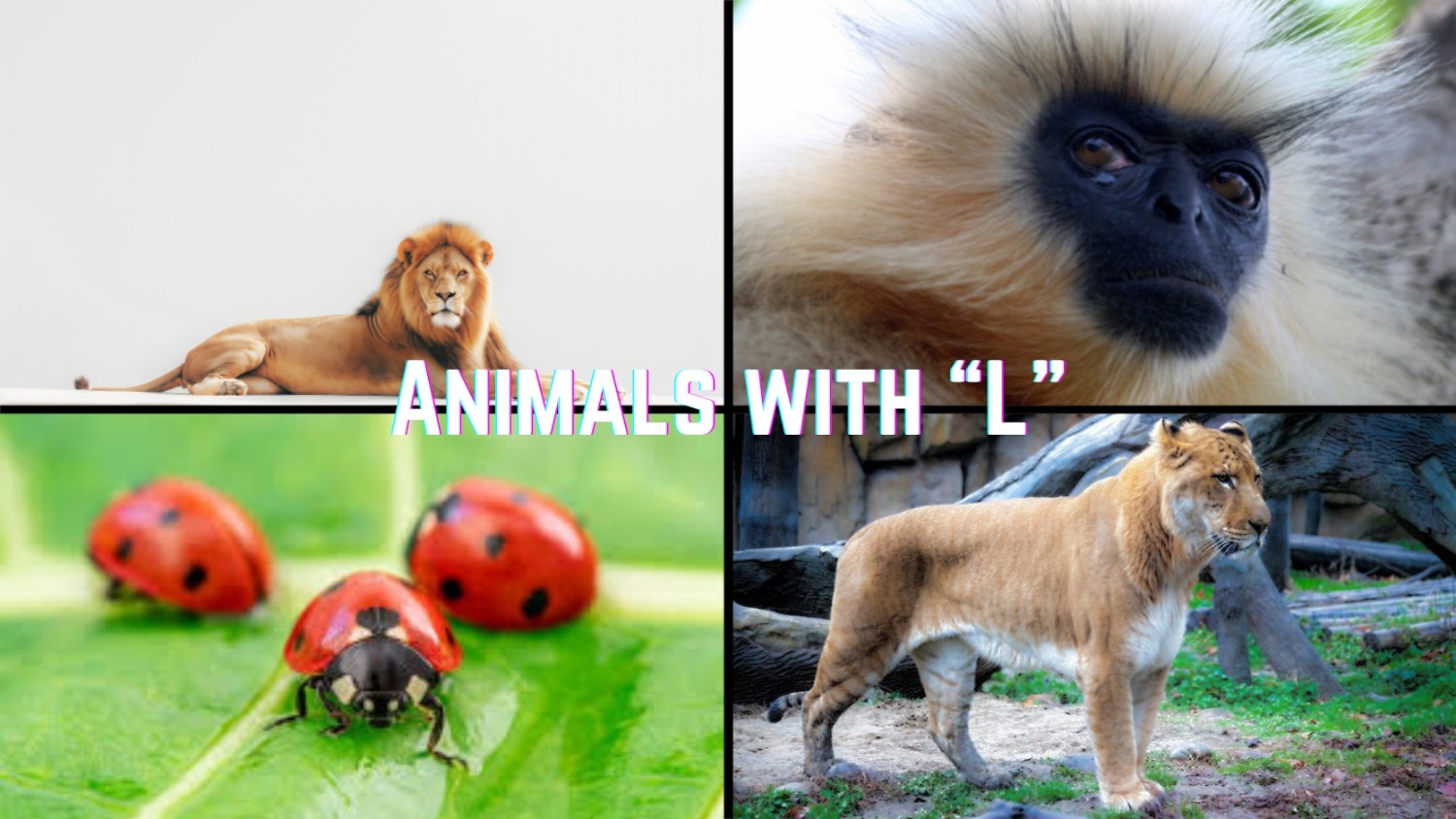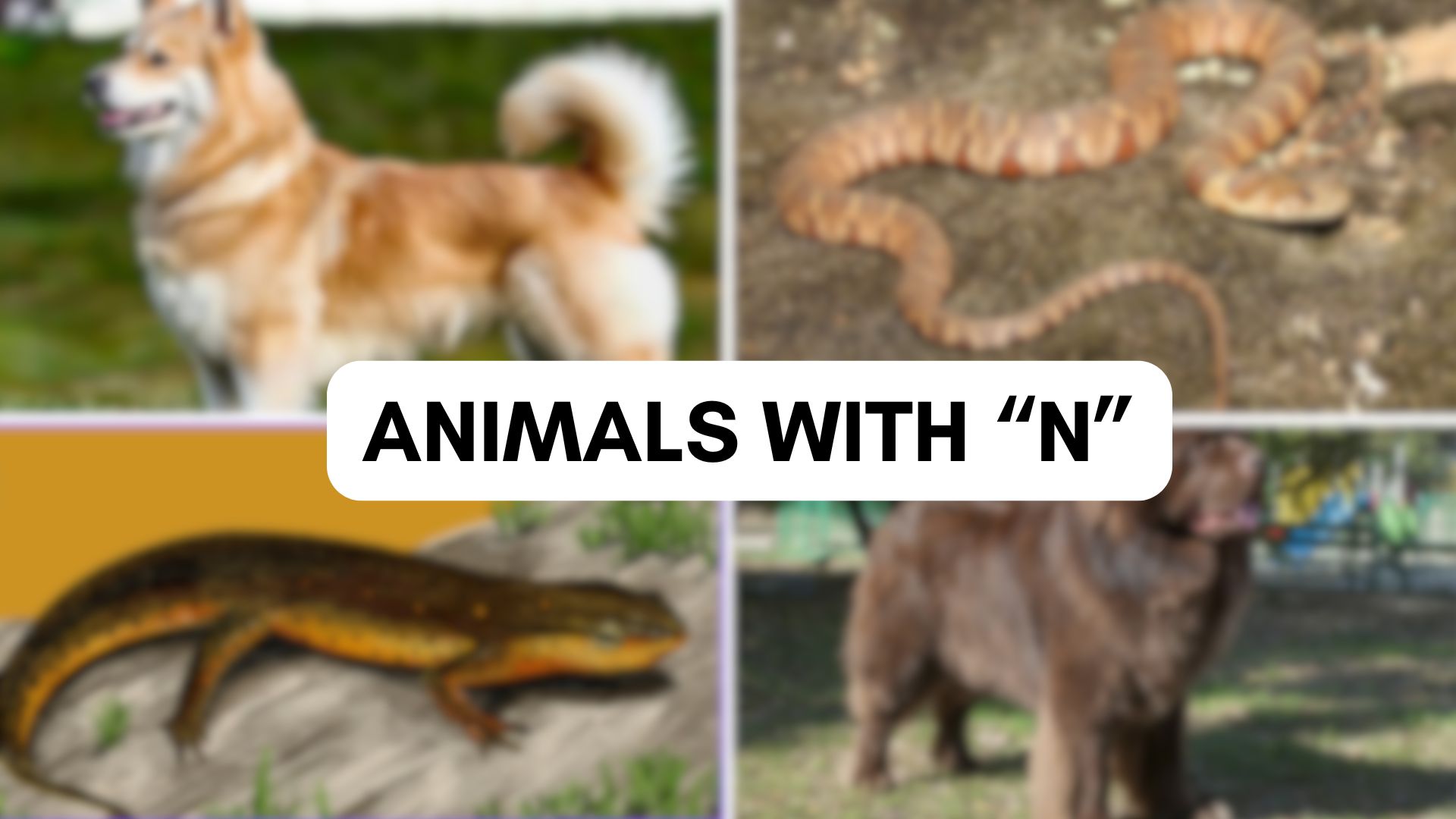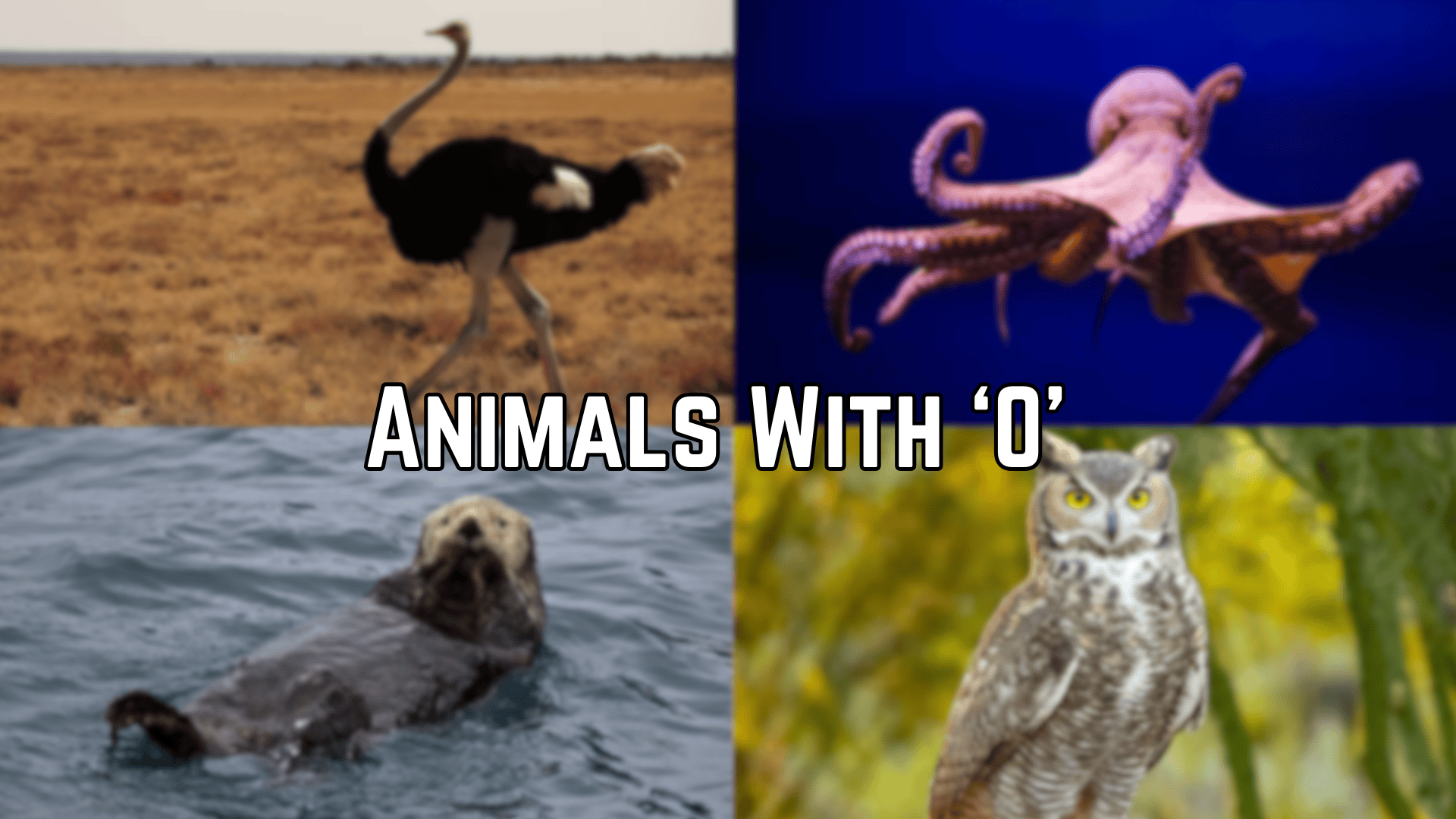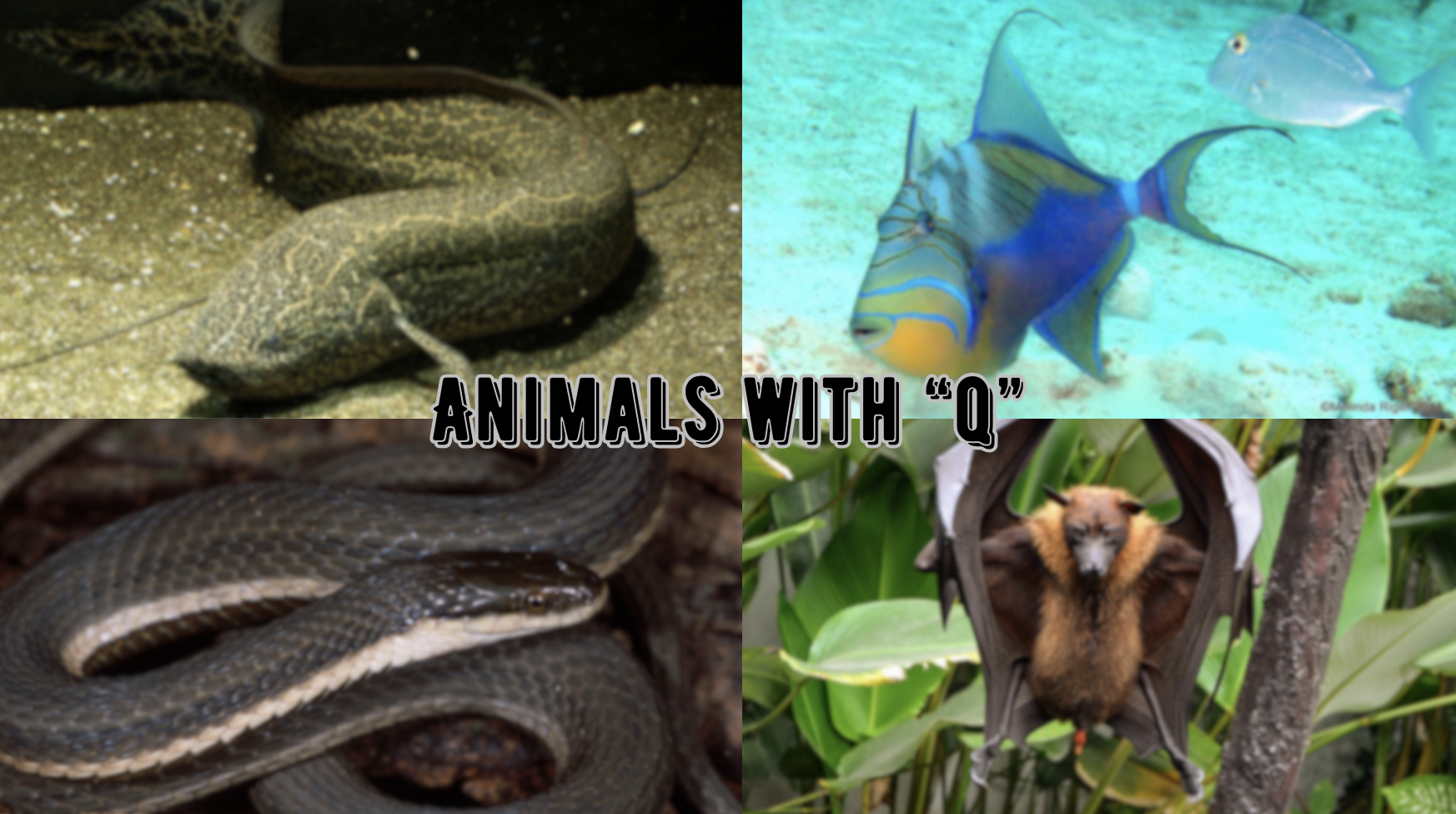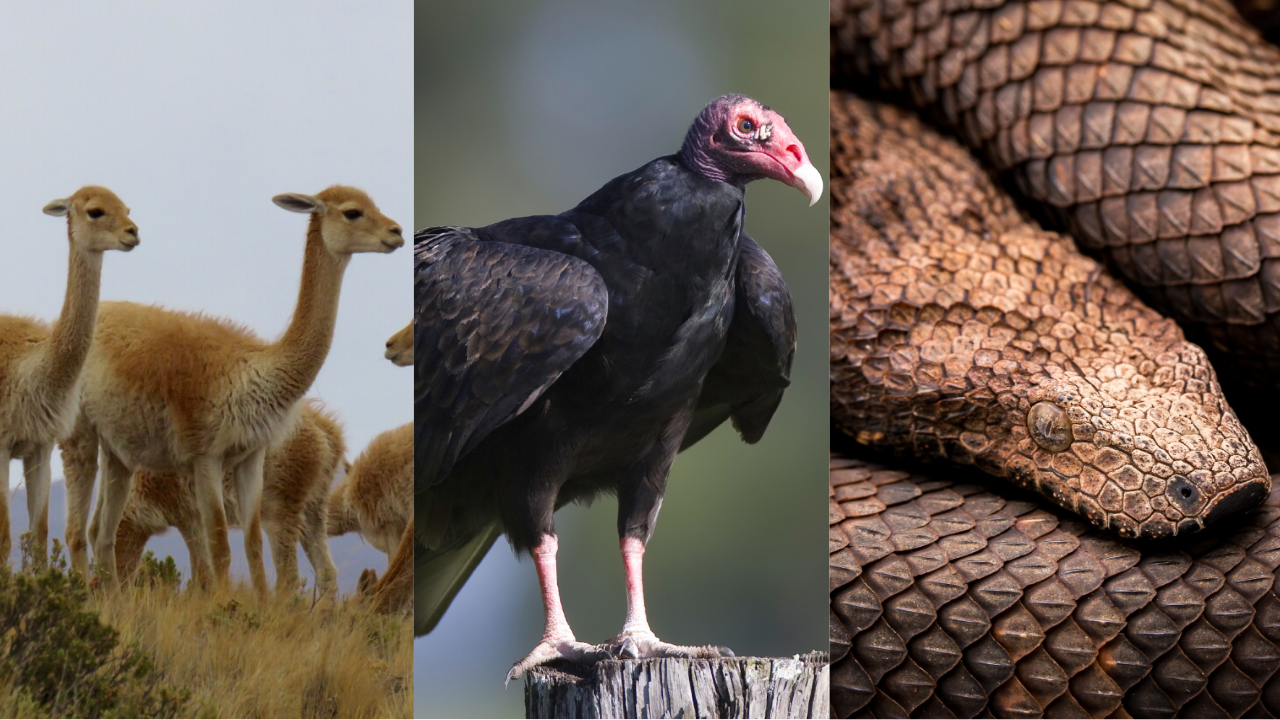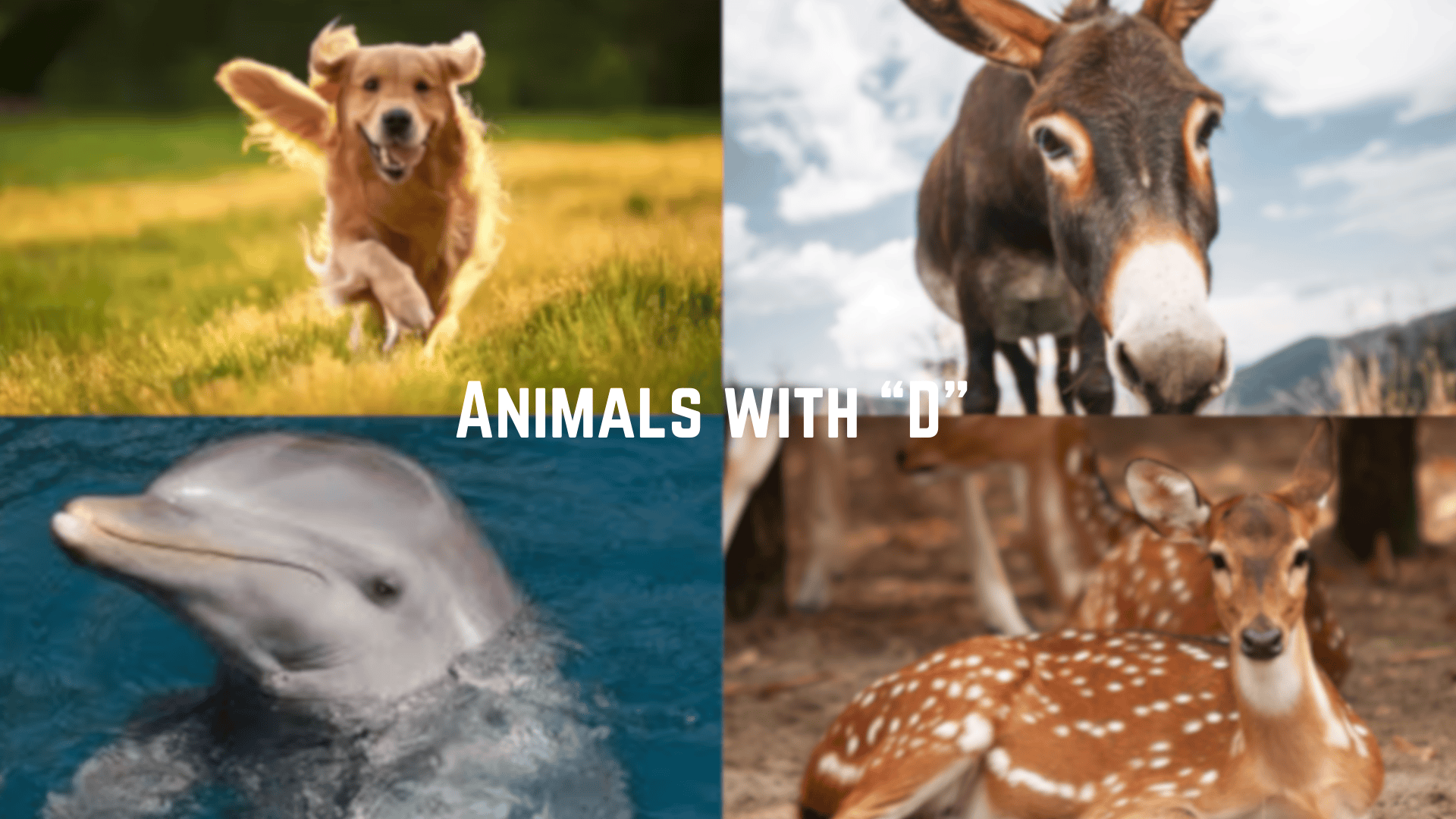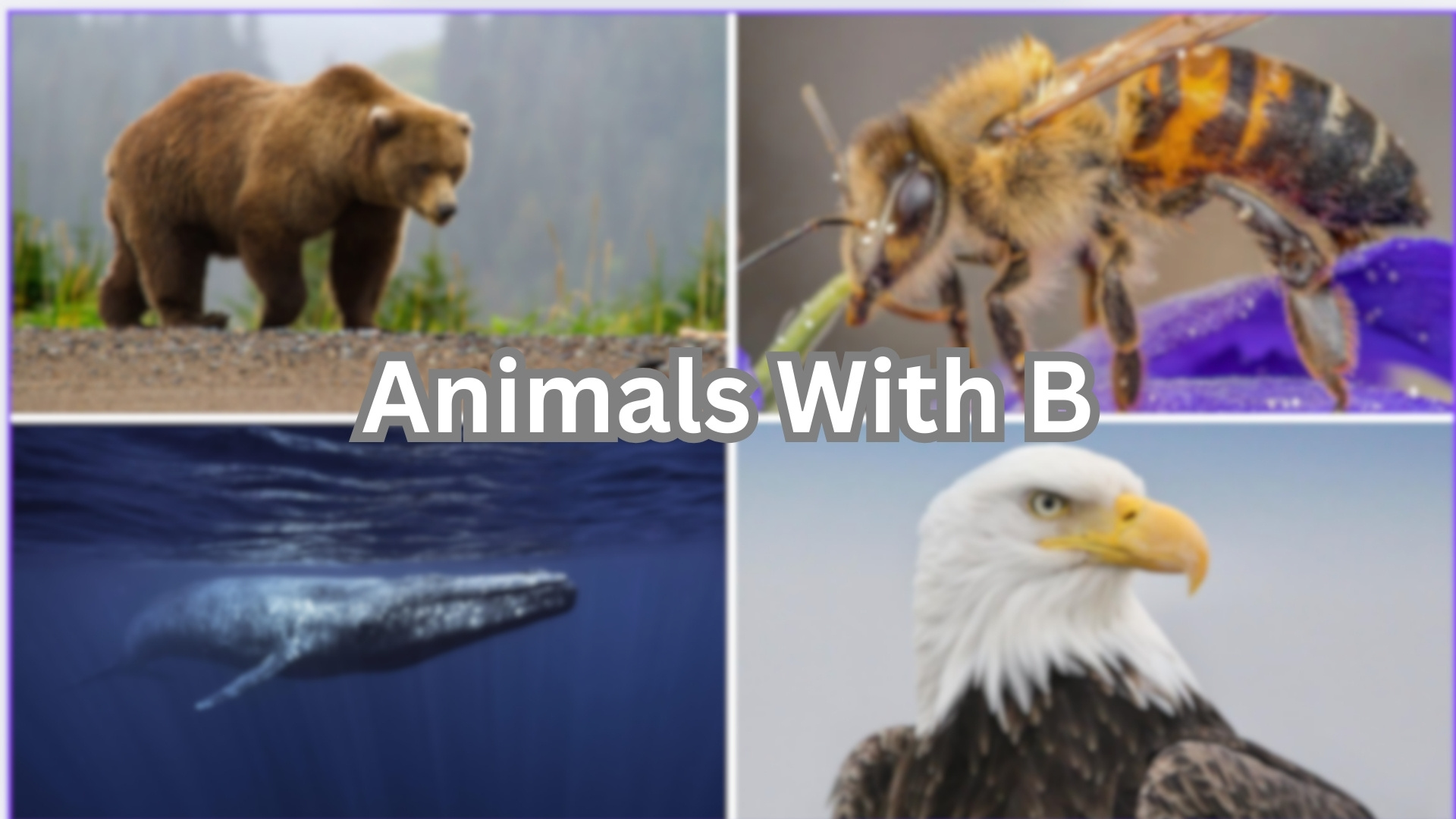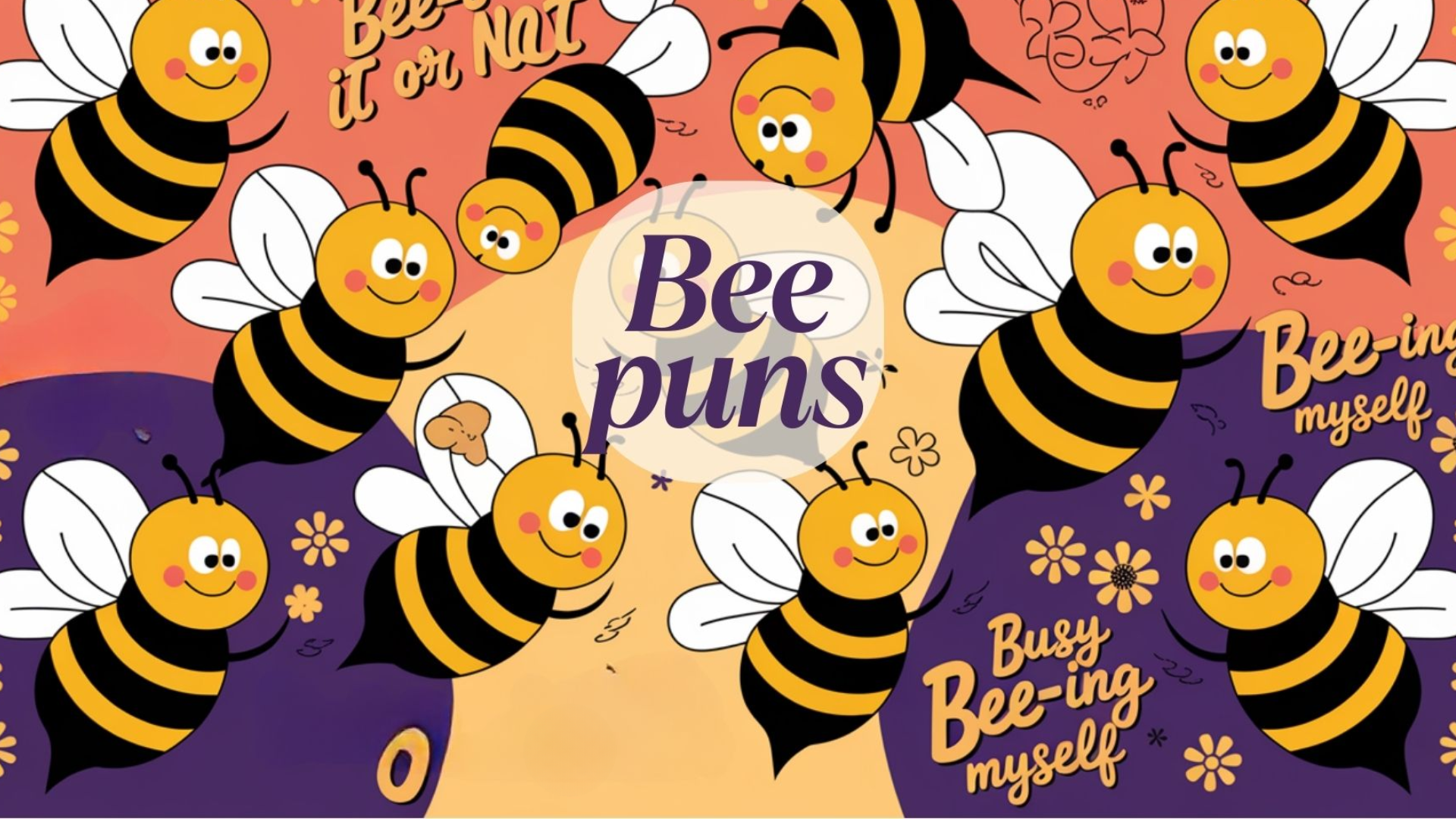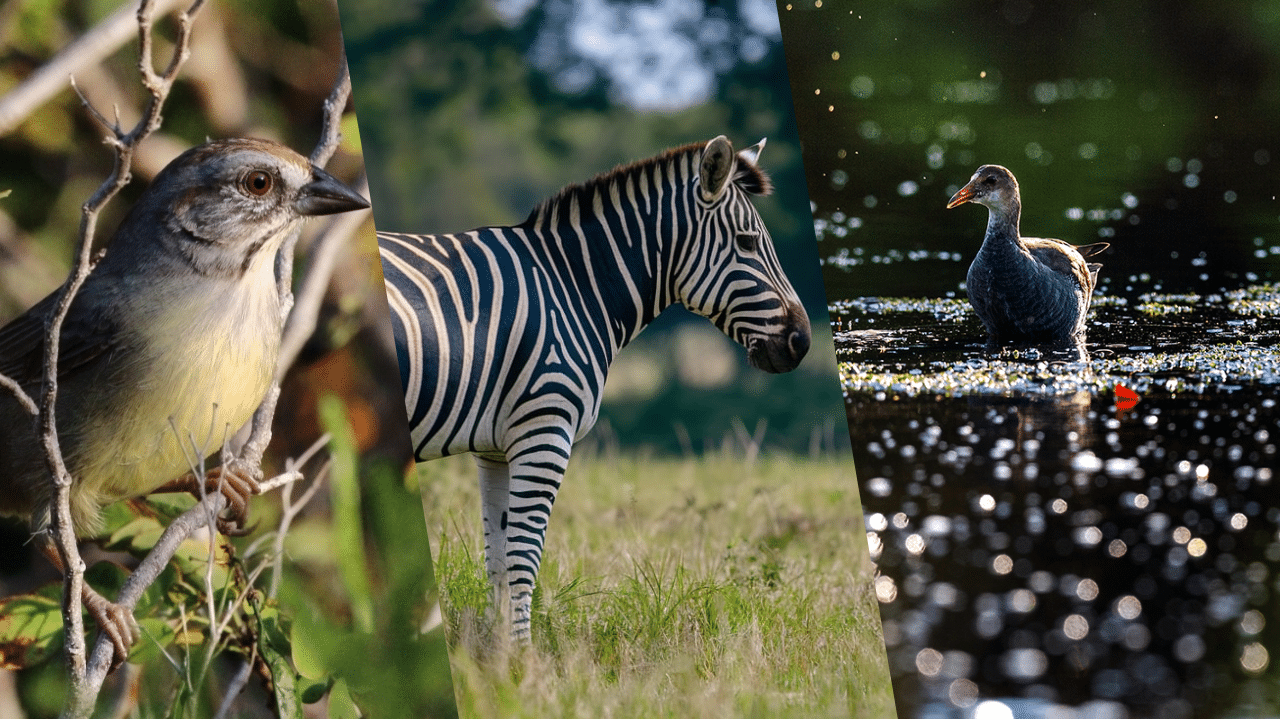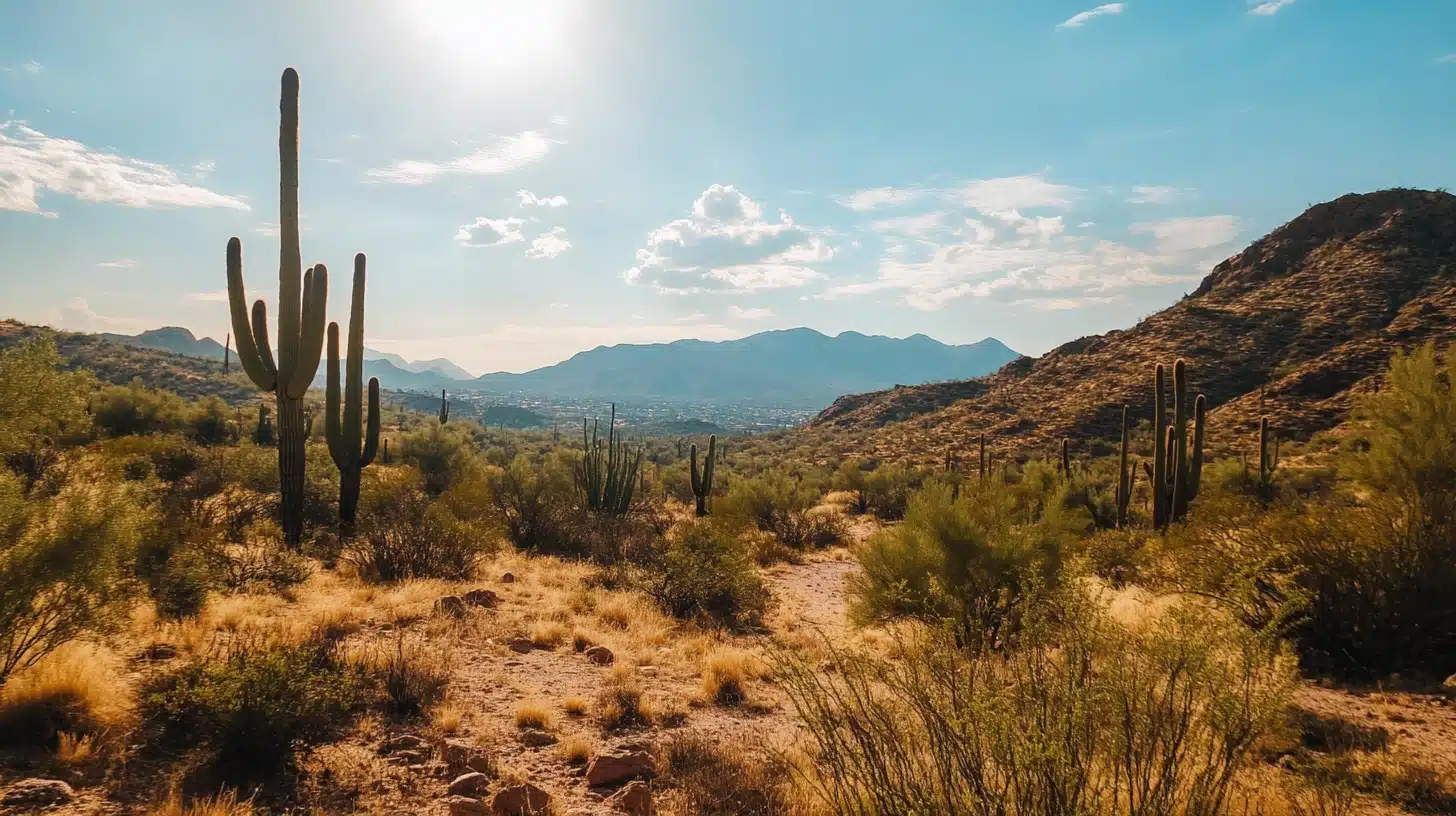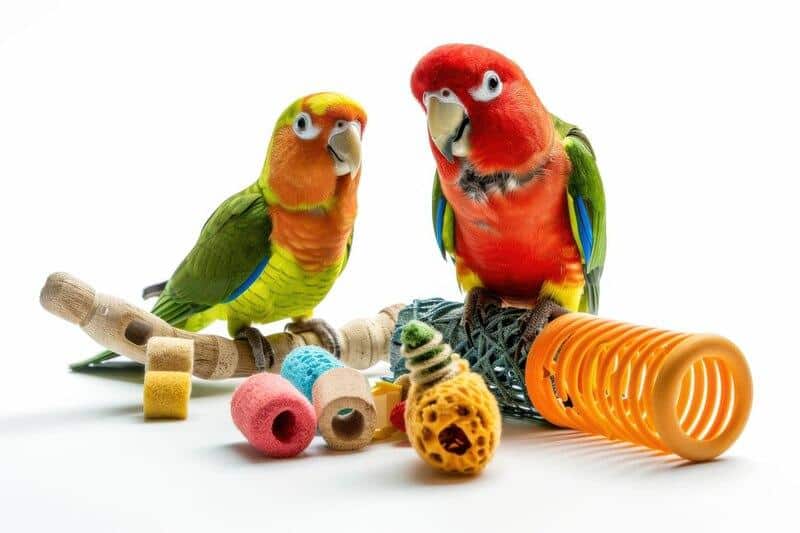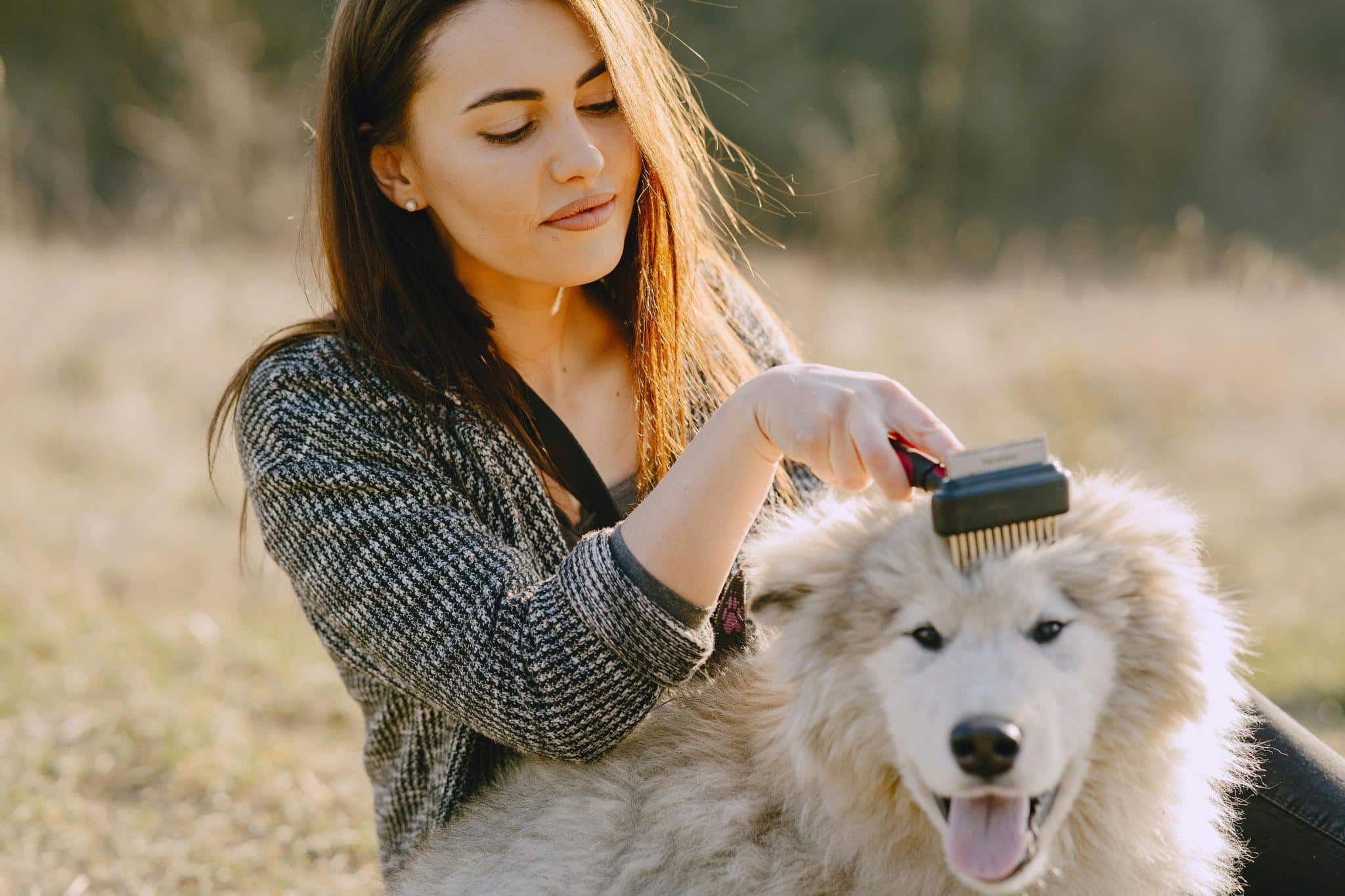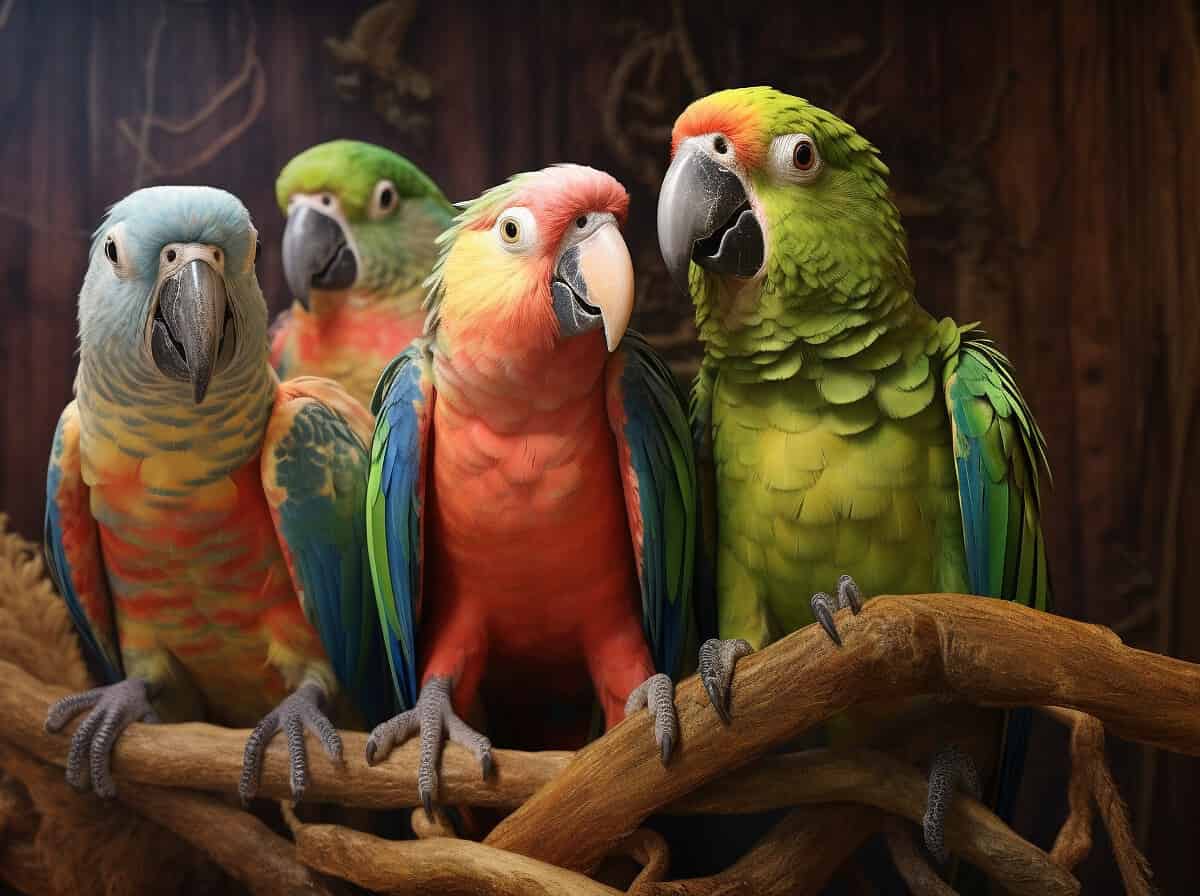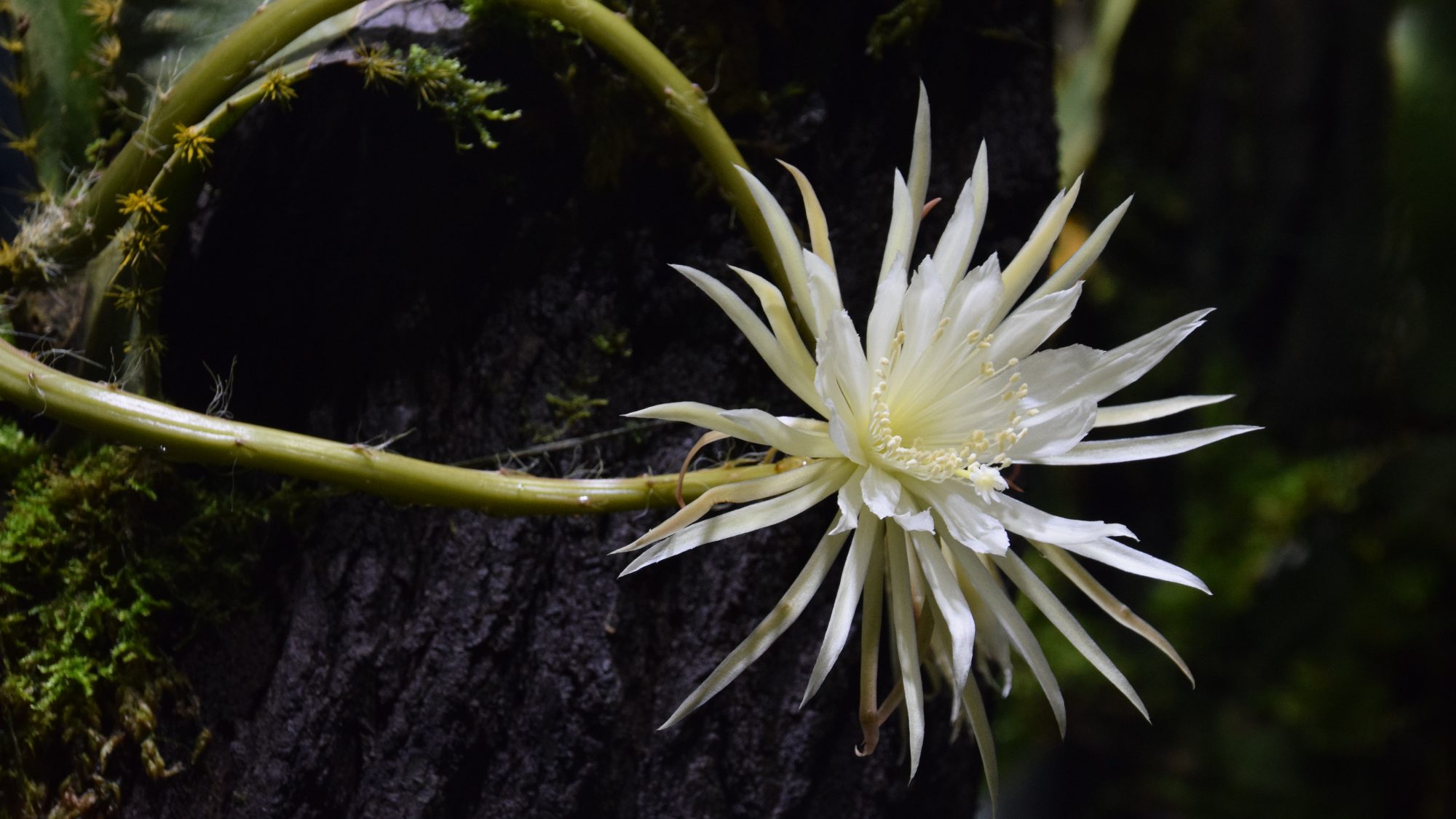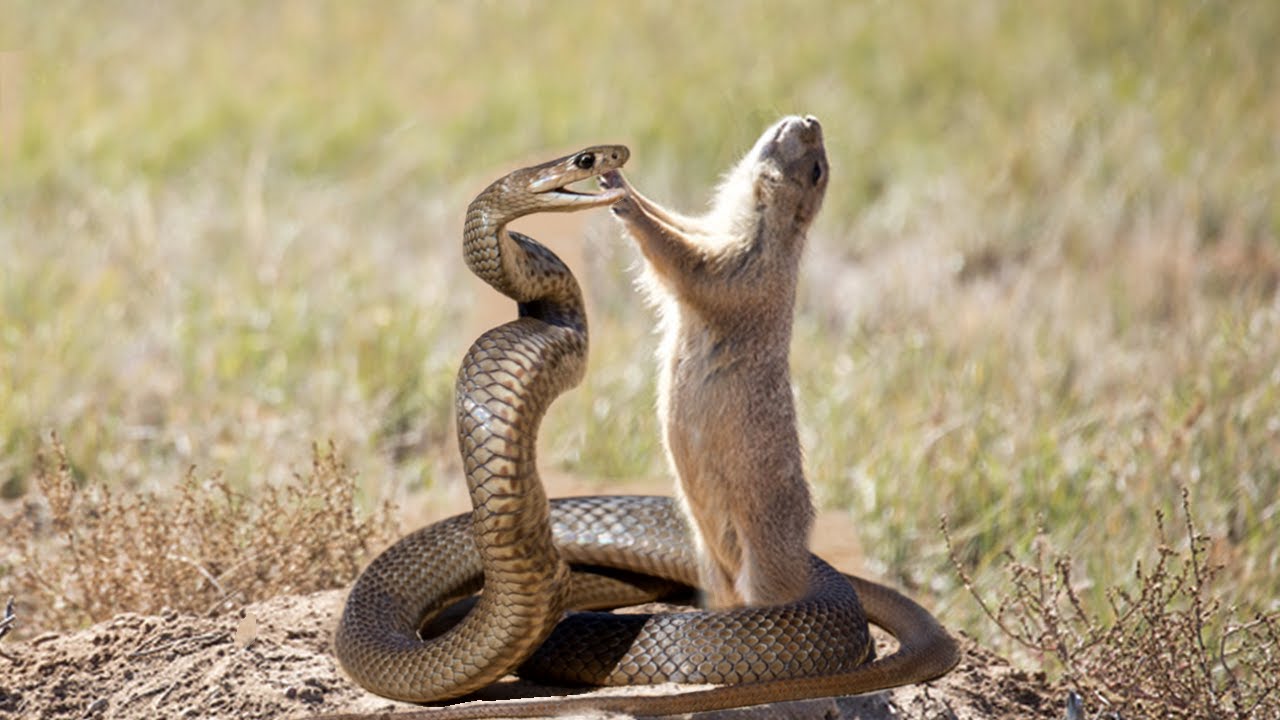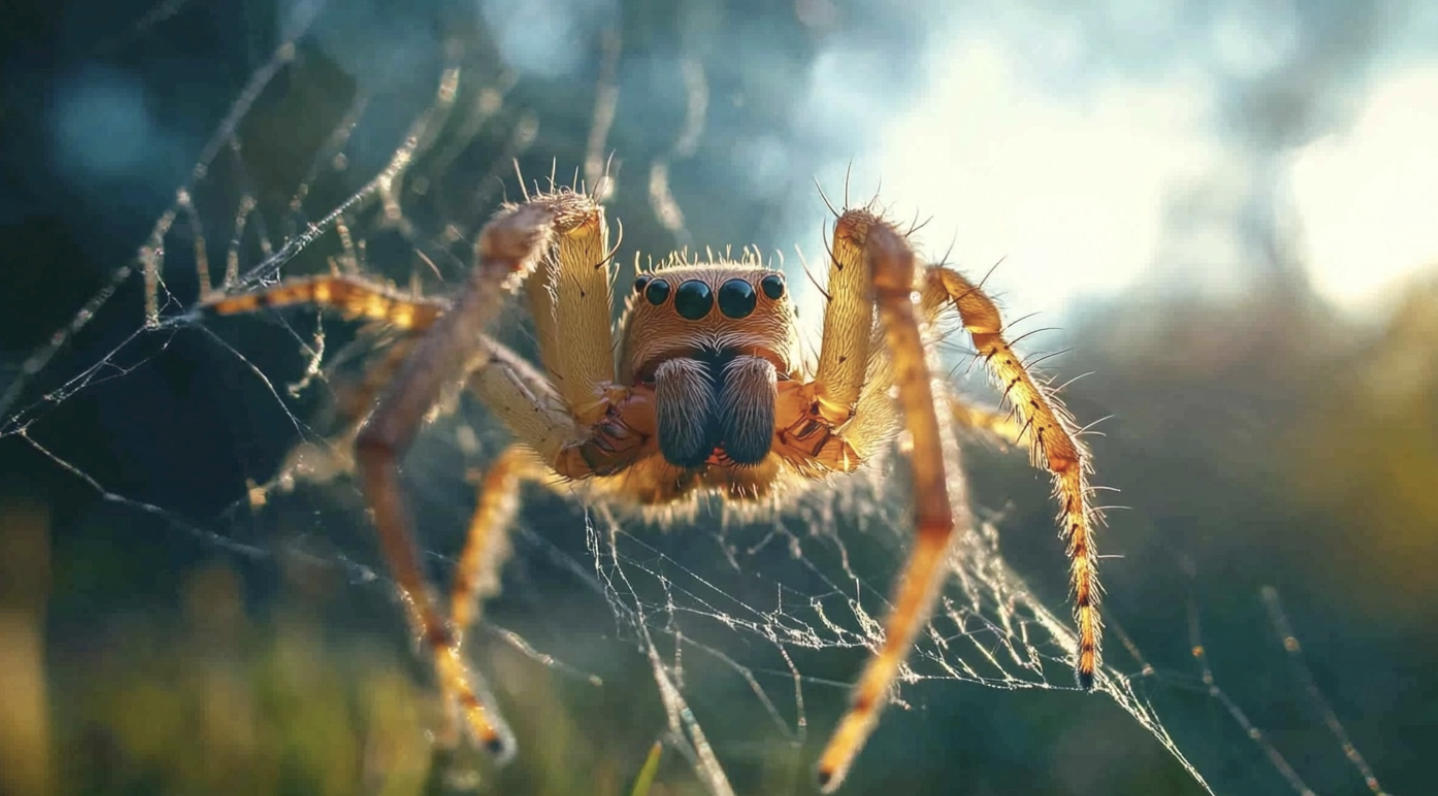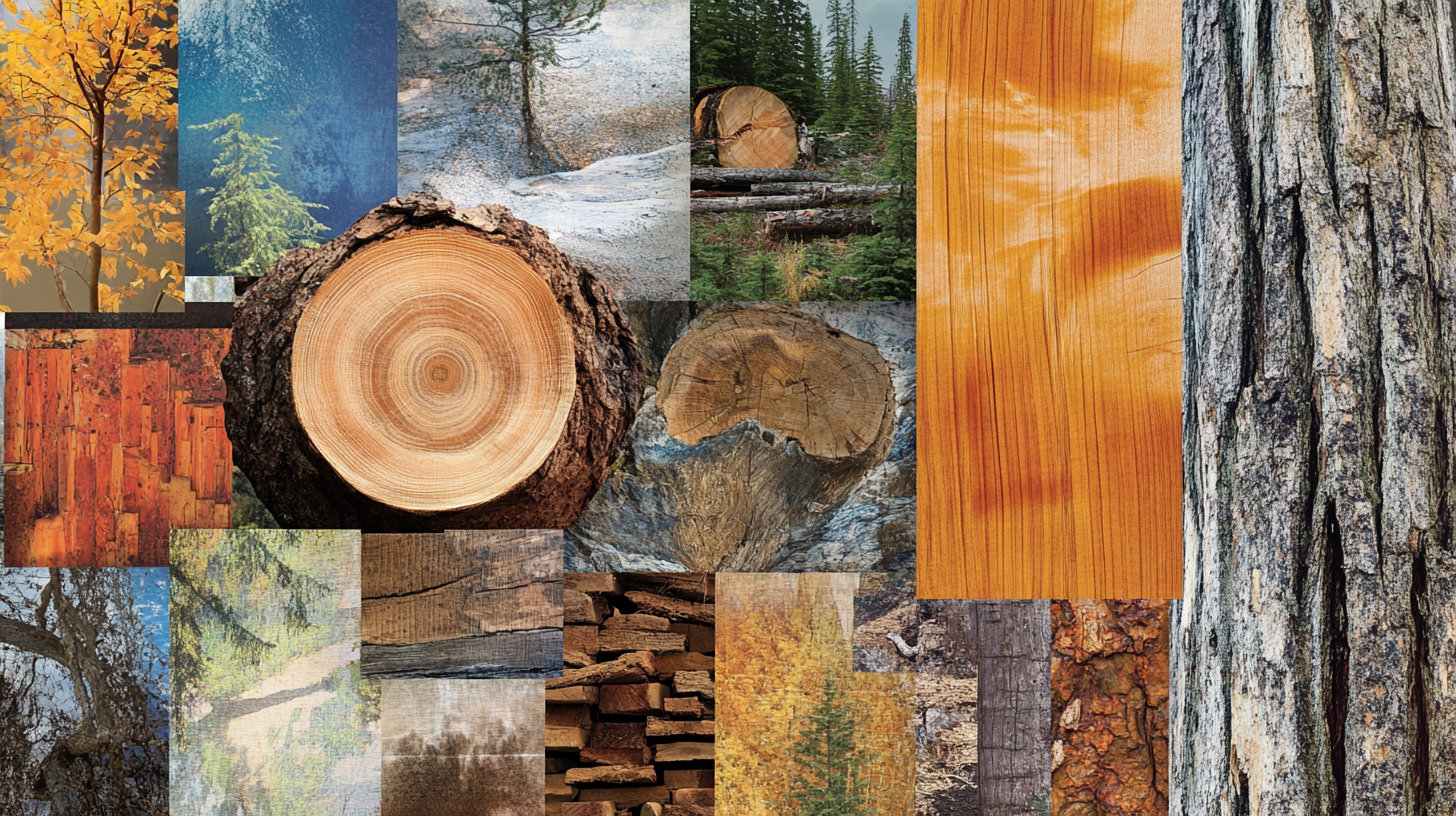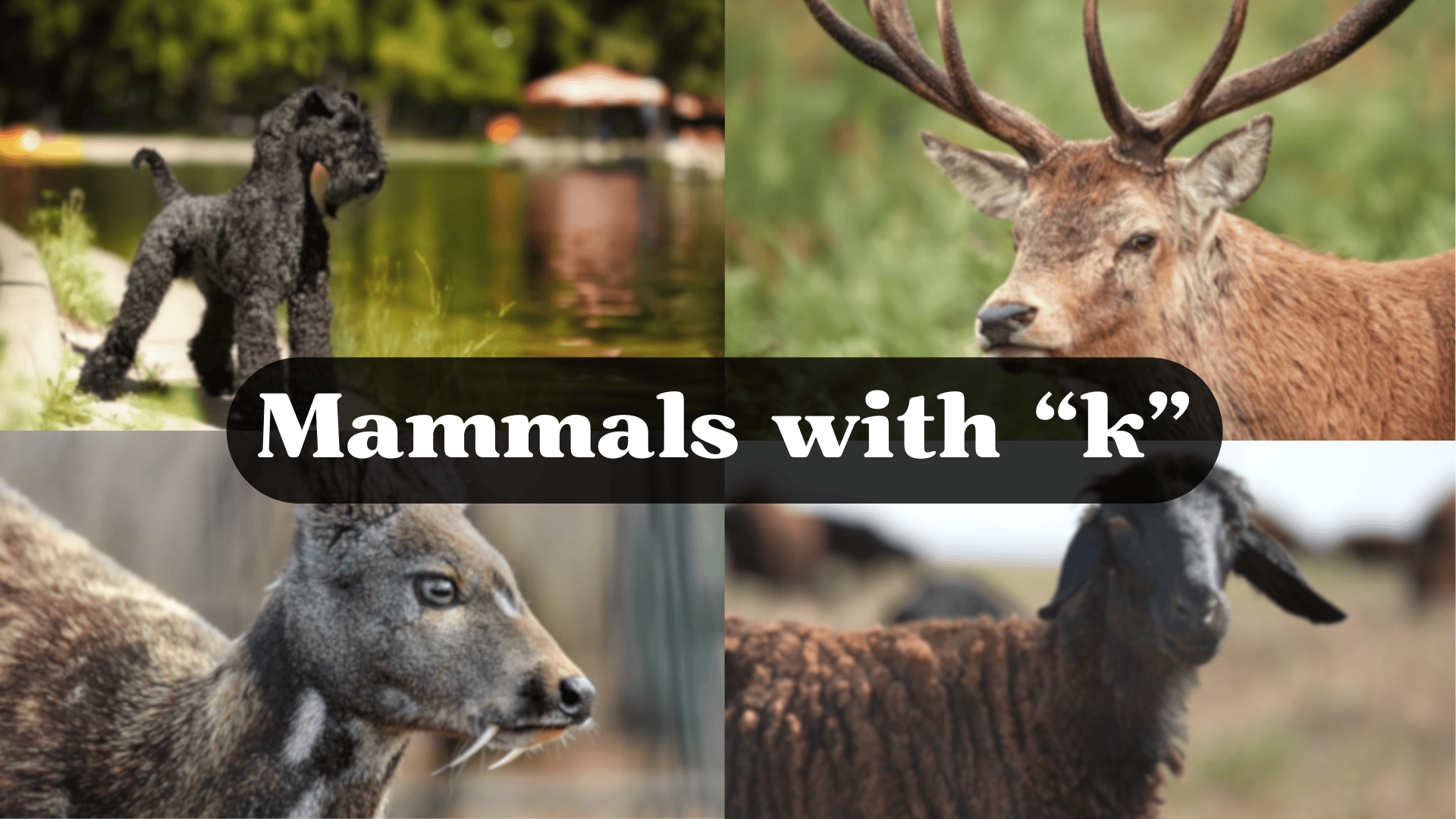
The animal kingdom’s “K Club” showcases nature’s remarkable diversity. From British Columbia’s majestic Kermode “Spirit” Bears to the penny-weight Kitti’s Hog-nosed Bat, K-named mammals have adapted to countless environments.
These incredible creatures thrive in the Kafue Flats of Zambia, Kalahari Desert tunnels, Korean mountains, and Kazakhstan steppes.
Through their unique adaptations, these mammals demonstrate evolution’s ingenious survival solutions. The Kermode bear’s ghostly appearance helps it blend with misty forests, while the tiny Kitti bat guides with specialized echolocation.
Each K-mammal represents nature’s problem-solving brilliance in different habitats. Their various characteristics—from size and diet to hunting techniques and social structures—highlight the incredible variety within this alphabetical collection, inviting us to appreciate evolution’s creative solutions.
Common Mammal Names with K
1. Kafue Lechwe
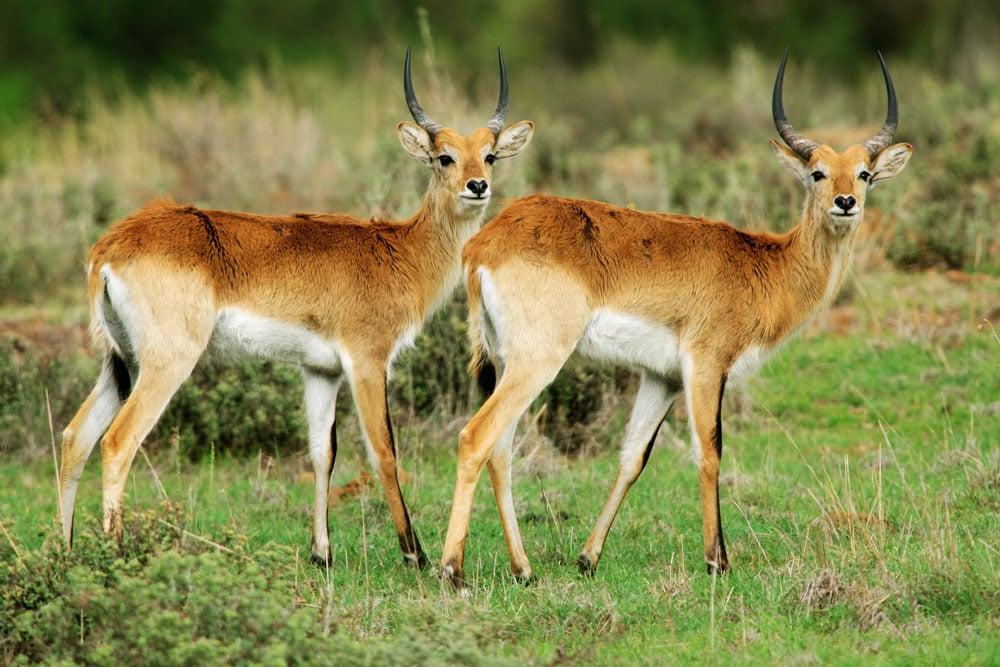
The Kafue Lechwe is a medium-sized antelope found primarily in wetlands. It has specialized hooves that allow it to move through marshy areas and is known for its distinctive curved horns in males.
- Region of Habitat: Kafue Flats in Zambia
- Scientific Name: Kobus leche kafuensis
- Feeding Habits: Primarily grazes on aquatic plants, grasses, and reeds
- What Sound Do They Make: Soft whistles and snorts for communication
Fun Facts
The Kafue Lechwe can run at speeds of up to 50 km/h through knee-deep water, creating spectacular splashes as they move through their wetland habitat.
2. Kalahari Mole Rat
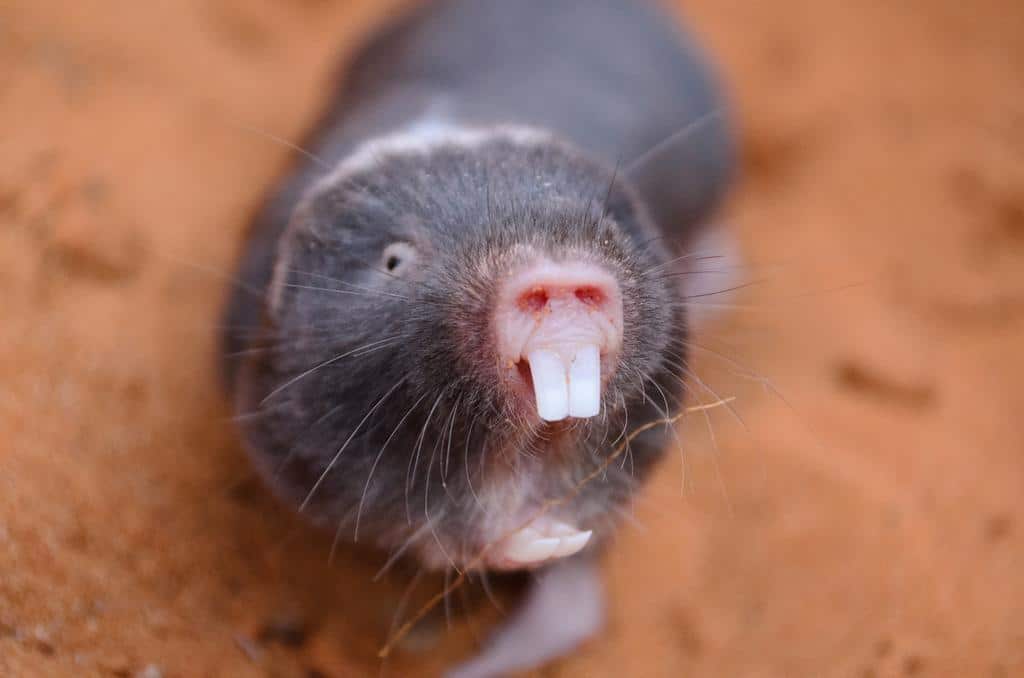
The Kalahari Mole Rat is a subterranean rodent that spends almost its entire life underground. It has powerful front claws for digging, reduced eyes, and large incisors used for burrowing through hard soil.
- Region of Habitat: Kalahari Desert regions of Southern Africa
- Scientific Name: Cryptomys hottentotus
- Feeding Habits: Consumes underground roots, tubers, and bulbs
- What Sound They Make: Soft chirps and grinding sounds when communicating with colony members
Fun Facts
Kalahari Mole Rats live in complex eusocial colonies similar to bees or ants. They have a breeding “queen” and non-breeding workers who maintain the tunnel systems.
3. Kangal Dog
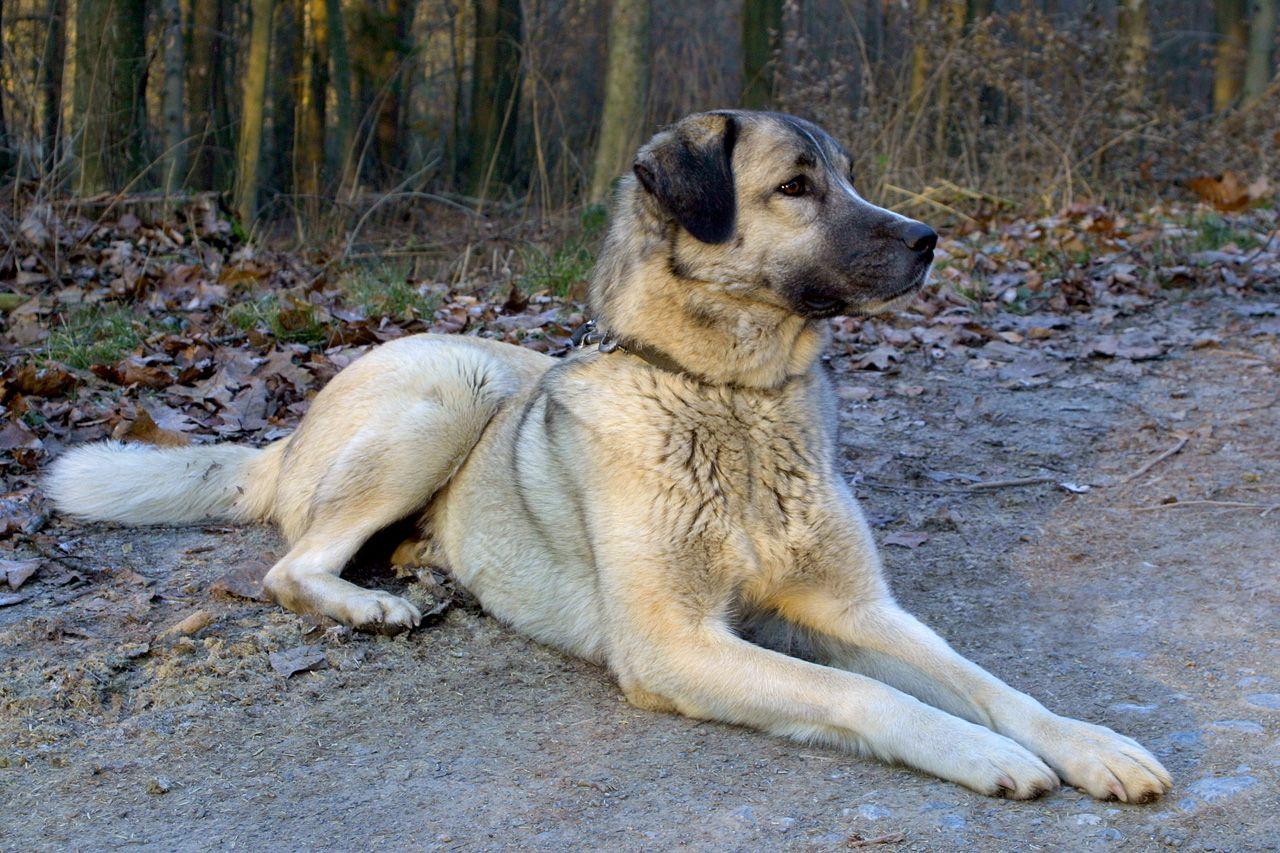
The Kangal Dog is a large, powerful breed developed in Turkey as a livestock guardian. It possesses great strength, agility, and a protective temperament while being gentle with its human family.
- Region of Habitat: Originally from Sivas Province in Turkey, now worldwide
- Scientific Name: Canis lupus familiaris
- Feeding Habits: Omnivorous, typically fed high-protein commercial dog food and some meat
- What Sound Do They Make: Deep, powerful barks and occasional howls
Fun Facts
Kangal Dogs have one of the strongest bite forces of any domestic dog breed, measuring over 700 pounds per square inch. This allows them to effectively protect livestock from predators like wolves.
4. Kangaroo Rat
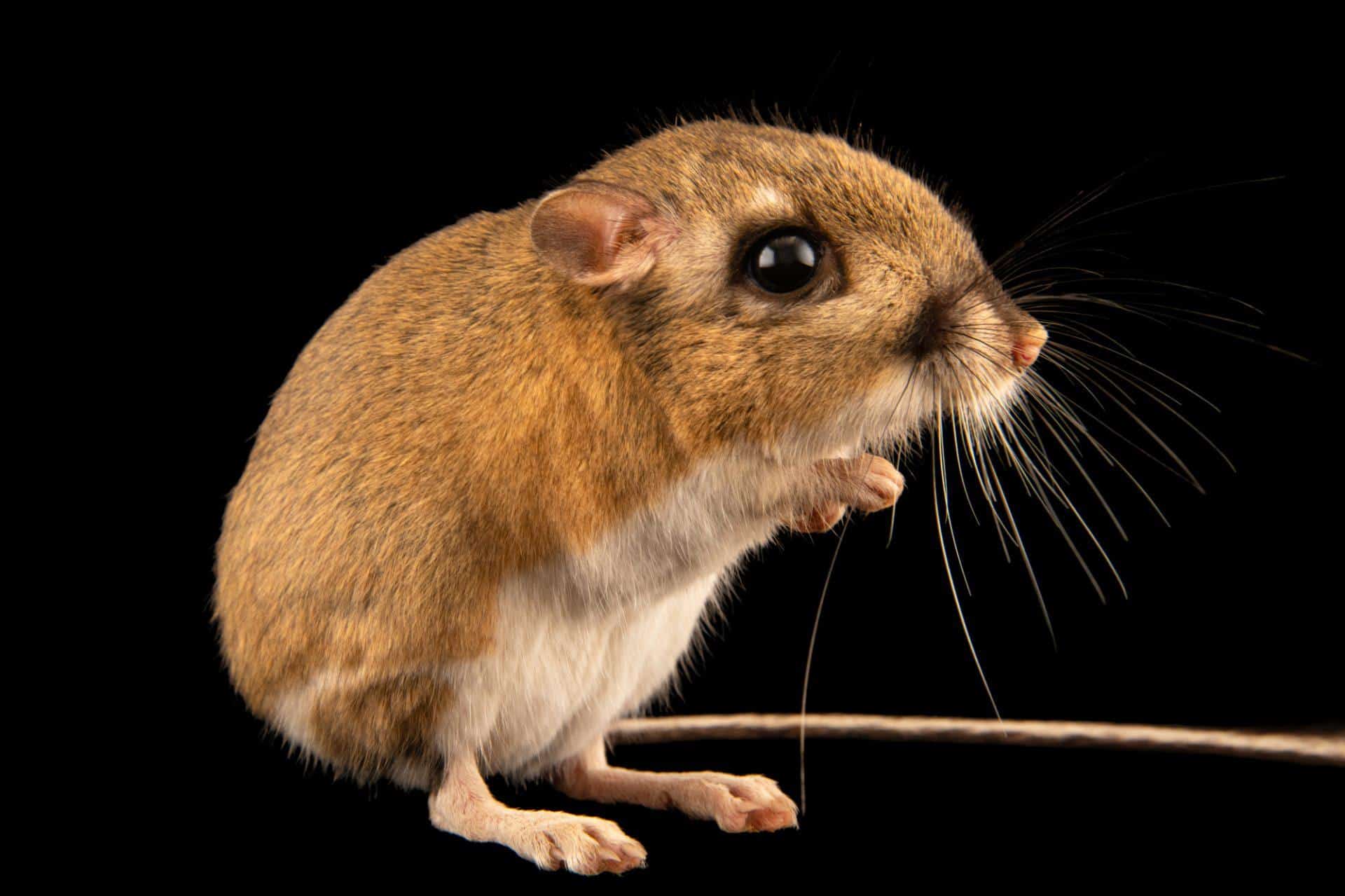
The Kangaroo Rat is a small desert rodent known for its long hind legs and ability to hop like a kangaroo. It can survive without drinking water, deriving moisture from its seed-based diet.
- Region of Habitat: Desert regions of western North America
- Scientific Name: Dipodomys species
- Feeding Habits: Primarily seeds, occasionally insects and plant material
- What Sound They Make: Soft squeaks and foot-drumming for communication
Fun Facts
Kangaroo Rats can jump up to 9 feet in a single bound when evading predators, and they can turn 180 degrees in mid-air using their long tails as rudders.
5. Kankrej Cattle
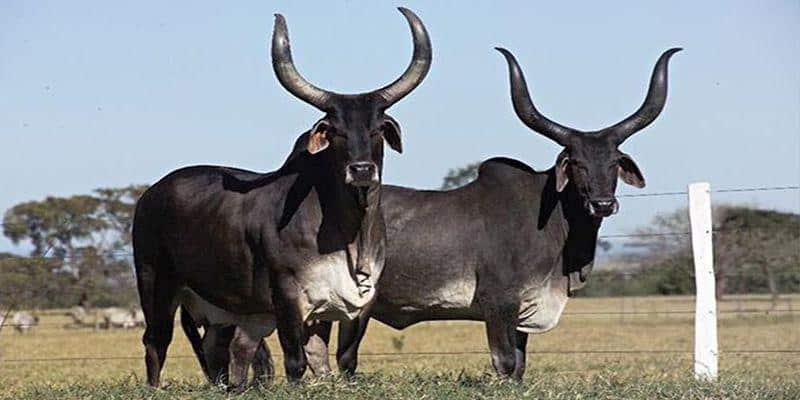
Kankrej Cattle are a large, hardy breed native to India with distinctive lyre-shaped horns and a prominent hump. They are well-adapted to harsh conditions and are used for both milk and draft purposes.
- Region of Habitat: Gujarat and Rajasthan in India
- Scientific Name: Bos indicus
- Feeding Habits: Grazes on local grasses, agricultural by-products, and fodder
- What Sound They Make: Low-pitched moos and grunts
Fun Facts
Kankrej bulls can pull loads of more than a ton for over 10 hours in harsh desert conditions, making them invaluable for agricultural work in arid regions of India.
6. Karakul Sheep

The Karakul is one of the oldest domesticated sheep breeds, known for its distinctive fat-tailed appearance and the lambs’ unique curly wool. It’s highly adapted to harsh desert conditions.
- Region of Habitat: Central Asia, particularly Uzbekistan, Afghanistan, and surrounding regions
- Scientific Name: Ovis aries
- Feeding Habits: Grazes on sparse desert vegetation, shrubs, and hardy grasses
- What Sound They Make: Typical sheep bleats and baaing sounds
Fun Facts
Karakul lambs are born with a unique tight-curled fleece called “Persian lamb” that has been prized in fashion for centuries, and the adult sheep can survive in areas with temperatures ranging from -30°C to 50°C.
7. Kashmir Goat
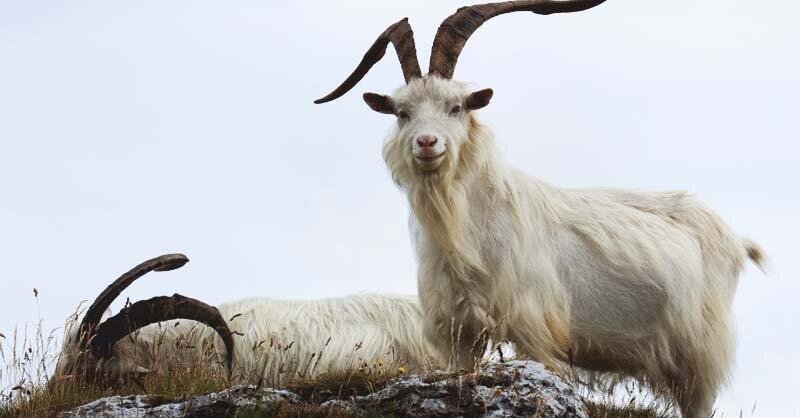
The Kashmir Goat is renowned for producing the ultra-fine pashmina wool. These small to medium-sized goats have a double coat that helps them survive the extreme Himalayan winters.
- Region of Habitat: High altitudes of Ladakh, Kashmir, and neighboring regions
- Scientific Name: Capra hircus
- Feeding Habits: Browses on mountain herbs, grasses, and shrubs
- What Sound They Make: Soft bleats and calls
Fun Facts
The ultra-fine undercoat fibers from a Kashmir Goat measure just 12-15 microns in diameter, making them 6 times finer than human hair, and it takes the wool from 3-4 goats to make just one pashmina shawl.
8. Kashmir Gray Langur
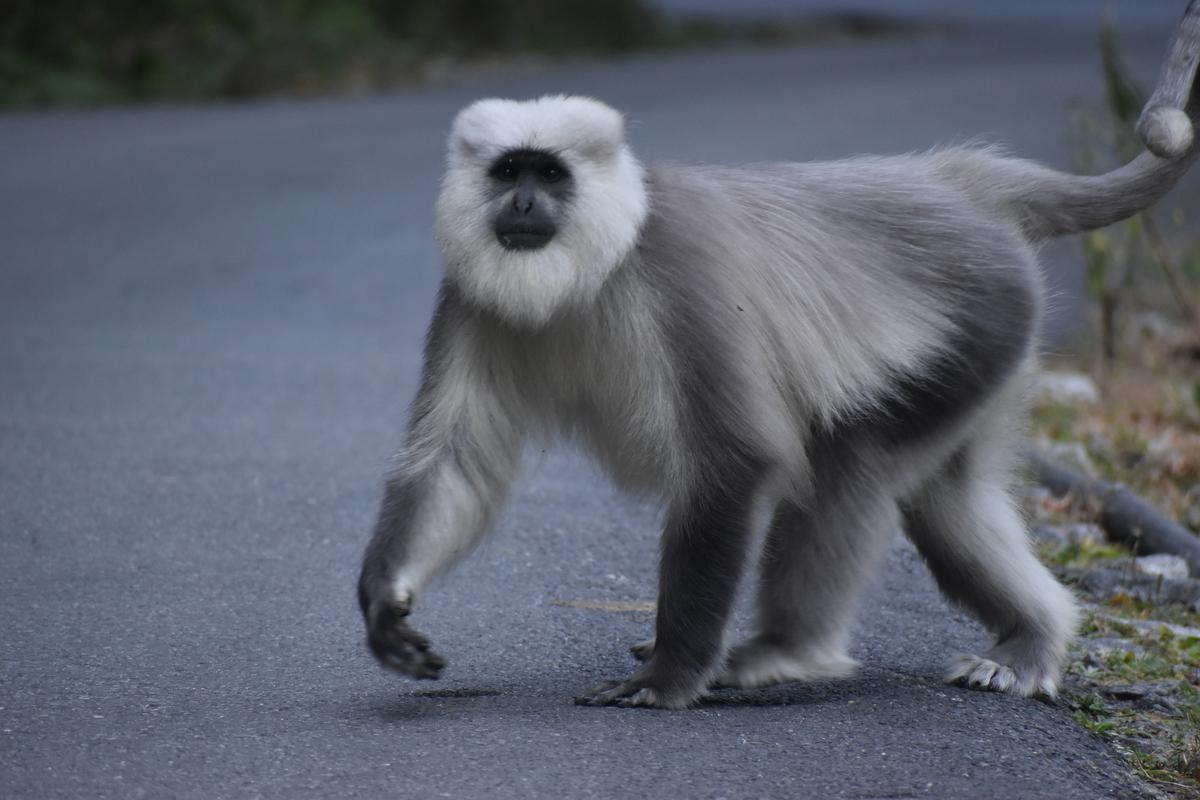
The Kashmir Gray Langur is a large, agile primate with distinctive gray fur and a black face. These monkeys live in complex social groups and are considered sacred in many areas where they live.
- Region of Habitat: Himalayan regions of India, Nepal, and Pakistan
- Scientific Name: Semnopithecus ajax
- Feeding Habits: Leaves, fruits, flowers, and occasionally insects
- What Sound They Make: Loud whoops, calls, and various vocalizations
Fun Facts
Kashmir Gray Langurs practice allomothering, where females other than the mother help care for infants, and they can live at higher altitudes than almost any other non-human primate.
9. Kashmir Musk Deer
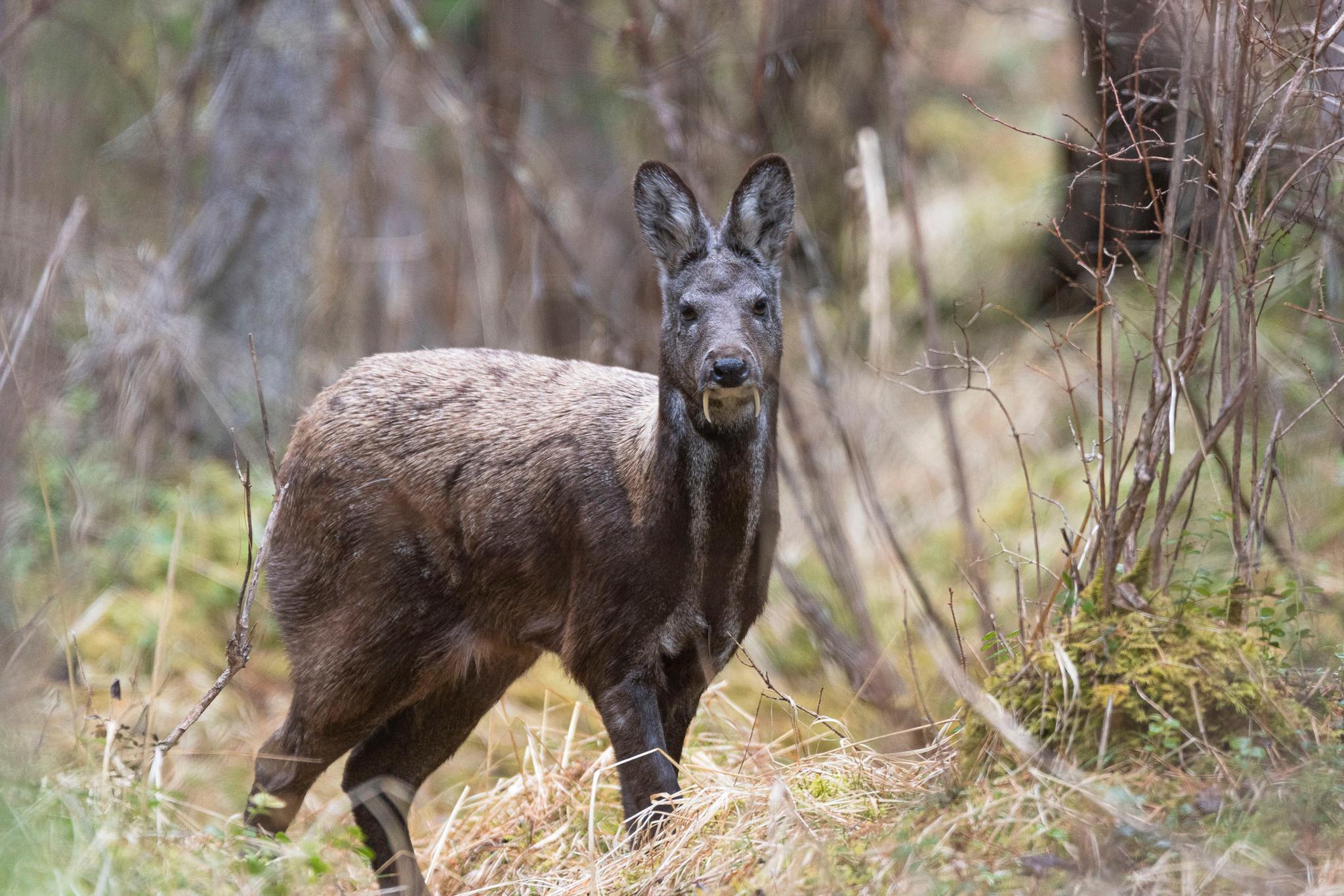
The Kashmir Musk Deer is a small, solitary deer species best known for the musk produced by males. They have distinctive enlarged upper canines that resemble tusks rather than antlers.
- Region of Habitat: Forested mountains of the Himalayas
- Scientific Name: Moschus cupreus
- Feeding Habits: Browses on leaves, flowers, grasses, mosses, and lichens
- What Sound They Make: Soft bleats and alarm calls when threatened
Fun Facts
Male Kashmir Musk Deer produce a scent from their abdominal gland that is one of the most expensive natural products in the world, historically worth more than its weight in gold and used in traditional medicine and perfumery.
10. Kashmir Stag (Hangul)

The Kashmir Stag, also known as Hangul, is a critically endangered deer species with magnificent antlers. It’s the only surviving sub-species of red deer in the Indian subcontinent.
- Region of Habitat: Dachigam National Park and surrounding areas in Kashmir, India
- Scientific Name: Cervus elaphus hanglu
- Feeding Habits: Grazes on grasses and browses on shrubs and tree foliage
- What Sound They Make: Roaring during rutting season and alarm calls when threatened
Fun Facts
The Hangul is the state animal of Jammu and Kashmir, and during the rutting season, male stags engage in spectacular antler-to-antler combat that can sometimes last for hours.
11. Katahdin Sheep
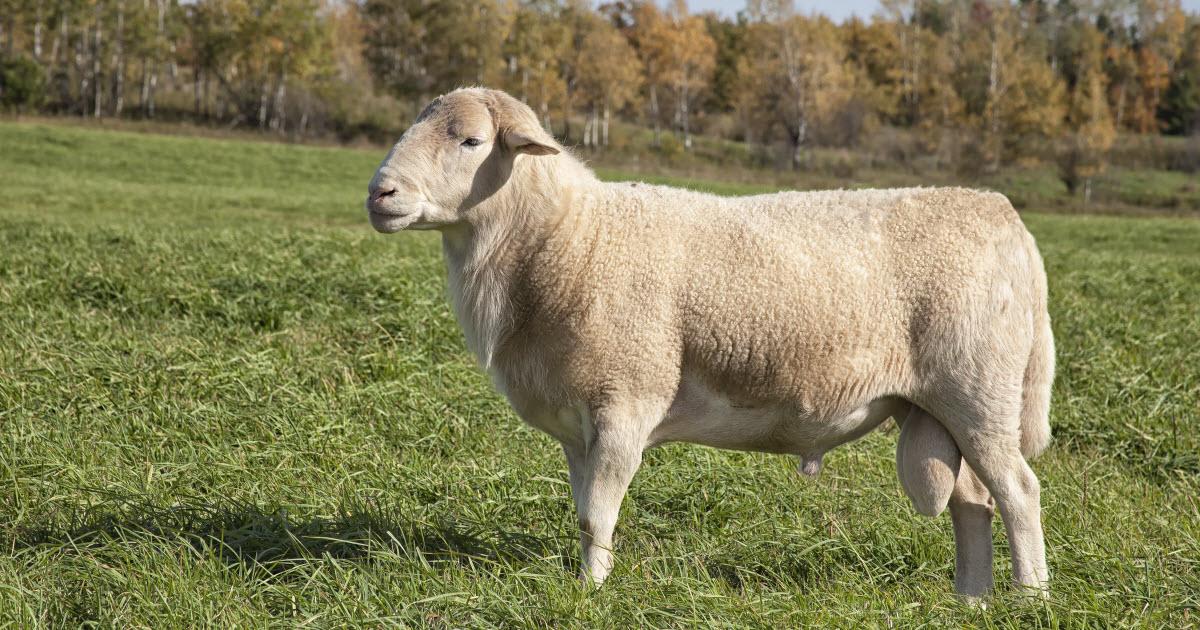
Katahdin Sheep are a hair sheep breed developed in Maine, USA. They’re known for shedding their winter coats naturally in spring rather than requiring shearing, making them low-maintenance.
- Region of Habitat: Originally developed in Maine, now found throughout North America
- Scientific Name: Ovis aries
- Feeding Habits: Primarily grazes on pasture grasses and forage
- What Sound They Make: Typical sheep bleats and baaing sounds
Fun Facts
Unlike wool sheep, Katahdin sheep don’t require shearing because they naturally shed their winter coat, and they were named after Mount Katahdin, the highest peak in Maine.
12. Keeshond

The Keeshond is a medium-sized spitz dog with a distinctive “spectacles” facial marking. Known for their friendly, outgoing personality, they were traditionally kept as Dutch barge dogs.
- Region of Habitat: Originally from the Netherlands, now found worldwide as companions
- Scientific Name: Canis lupus familiaris
- Feeding Habits: Omnivorous, typically fed commercial dog food
- What Sound They Make: Barks with a distinctive “talking” quality and various vocalizations
Fun Facts
Keeshonds were the symbol of the Dutch Patriot political party in the 18th century, making them one of the few dog breeds to have played a significant role in political history.
13. Kermode Bear
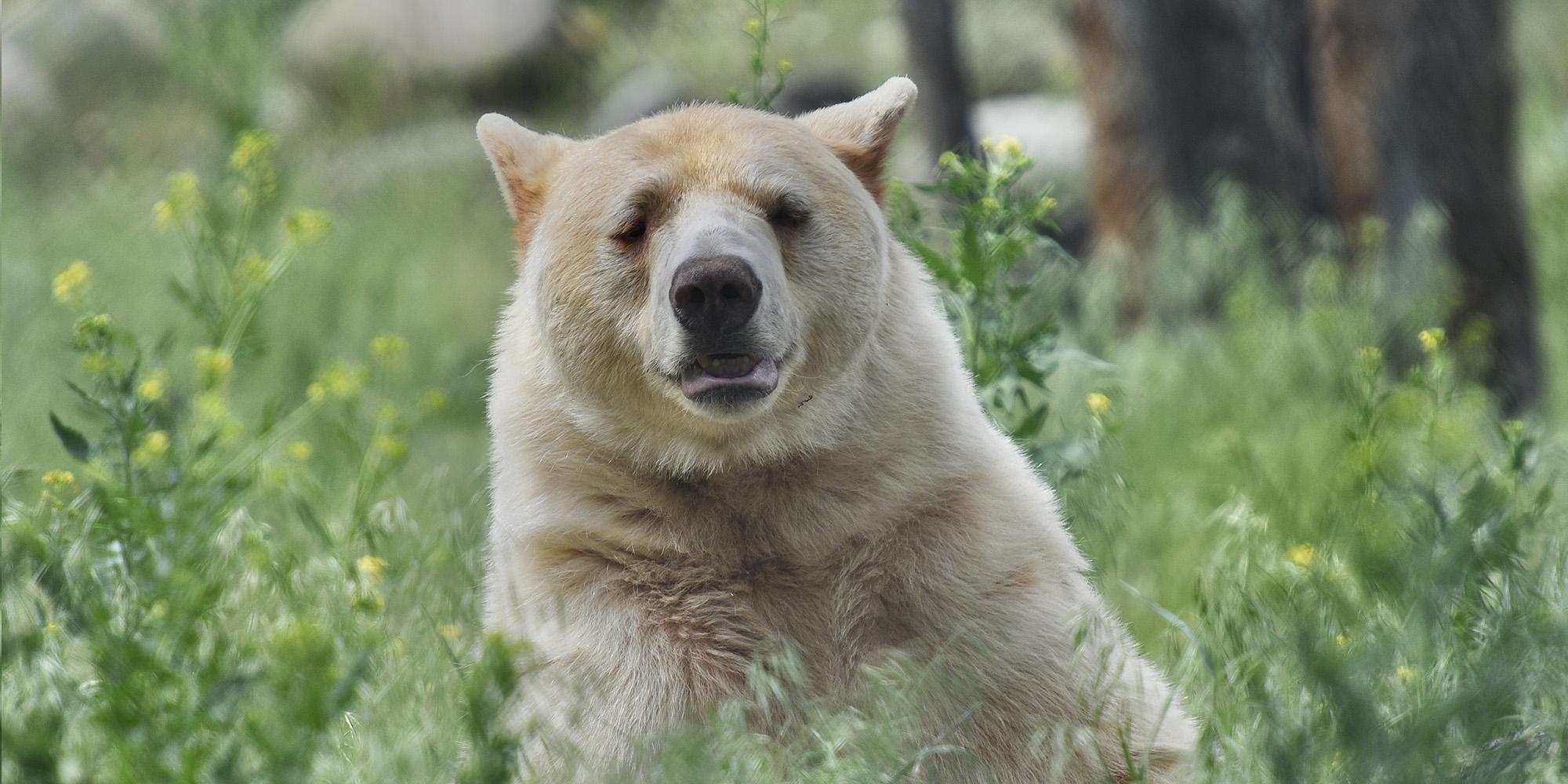
The Kermode Bear, also known as the Spirit Bear, is a rare subspecies of American black bear with a white or cream-colored coat. Despite their light coloration, they are not albinos.
- Region of Habitat: Coastal British Columbia, Canada, particularly Princess Royal Island
- Scientific Name: Ursus americanus kermodei
- Feeding Habits: Omnivorous, primarily eating salmon, berries, nuts, and vegetation
- What Sound They Make: Grunts, moans, and occasional roars
Fun Facts
The white coat of Kermode Bears is due to a recessive gene, and these bears are actually more successful at catching salmon than their black counterparts because they’re less visible to fish when looking up through the water.
14. Kerry Blue Terrier
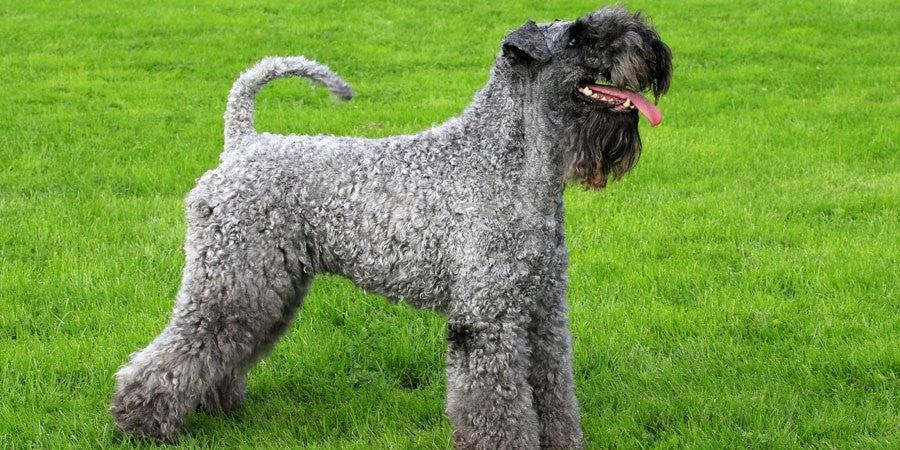
The Kerry Blue Terrier is a versatile working dog from Ireland with a distinctive blue-gray coat. Originally bred for hunting and farm work, they’re intelligent and spirited companions.
- Region of Habitat: Originally from County Kerry, Ireland, now worldwide
- Scientific Name: Canis lupus familiaris
- Feeding Habits: Omnivorous, typically fed high-quality commercial dog food
- What Sound They Make: Barks and occasional howls
Fun Facts
Kerry Blue Terriers are born with black coats that gradually fade to their signature blue-gray color over the first two years of life. They were once the symbol of Irish independence.
15. Khao Manee
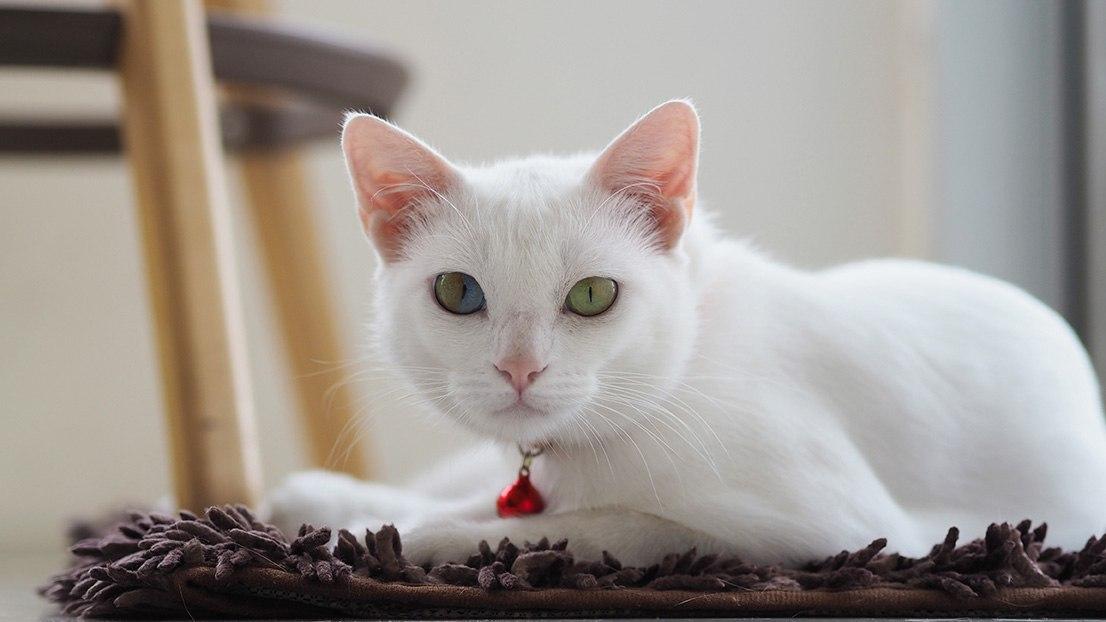
The Khao Manee is a rare, ancient cat breed from Thailand with striking pure white fur and often odd-colored eyes. They were once kept exclusively by Thai royalty and considered a good luck charm.
- Region of Habitat: Originally from Thailand, now increasingly found worldwide
- Scientific Name: Felis catus
- Feeding Habits: Carnivorous, requiring high-protein diets
- What Sound Do They Make: Distinctive melodic meows and purrs
Fun Facts
The Khao Manee is often called the “Diamond Eye” cat because many have heterochromia (different colored eyes), typically one blue and one gold, which was considered especially lucky by Thai royalty.
Some Rare Mammals with K
16. Killer Whale (Orca)
17. King Charles Spaniel
18. King Shepherd Dog
19. Kinkajou
20. Kipunji
21. Kirk’s Dik-dik
22. Kirk’s Horseshoe Bat
23. Kit Fox
24. Kitti’s Hog-nosed Bat
25. Kivircik Sheep
26. Kivu Giant Pouched Rat
27. Klauber’s Shrew
28. Klipspringer
29. Knysna Elephant Shrew
30. Koala
31. Kob
32. Komondor
33. Kooikerhondje
34. Koolie (herding dog breed)
35. Korat (cat breed)
36. Kordofan Giraffe
37. Korean Jindo
38. Korean Native Pig
39. Korean Shorthaired Cat
40. Korean Water Deer
41. Kowari
42. Kuhl’s Pipistrelle (bat)
43. Kulan
44. Kumamoto Rabbit
45. Kunekune Pig
46. Kurilian Bobtail (cat breed)
Summing It up
Our investigation of these K-named mammals reveals nature’s extraordinary diversity within just a single letter of the alphabet.
From the critically endangered Kashmir Stag fighting for survival to the Spirit Bear’s ghostly presence in coastal rainforests, from the tiny Kangaroo Rat that never needs to drink water to the massive Komondor with its protective corded coat, these animals represent remarkable evolutionary solutions to life’s challenges.
Each species tells a unique story of adaptation, survival, and the intricate balance of ecosystems worldwide.
As we marvel at their distinctive traits and behaviors, we are reminded of our responsibility to protect these living wonders for future generations.

